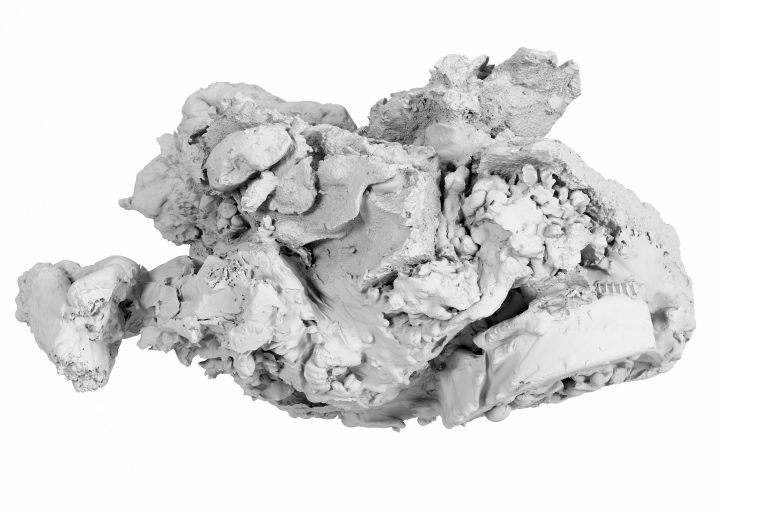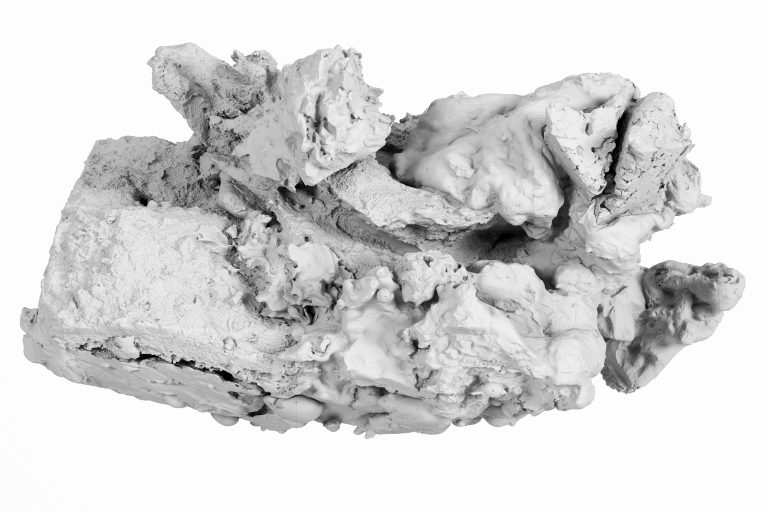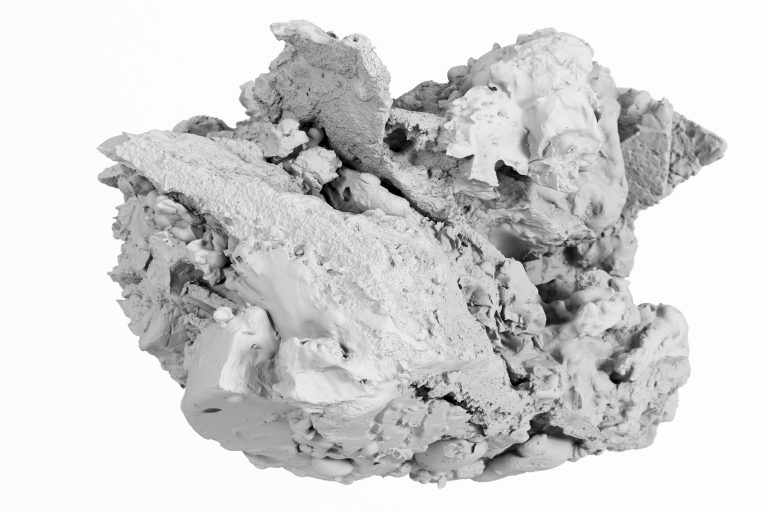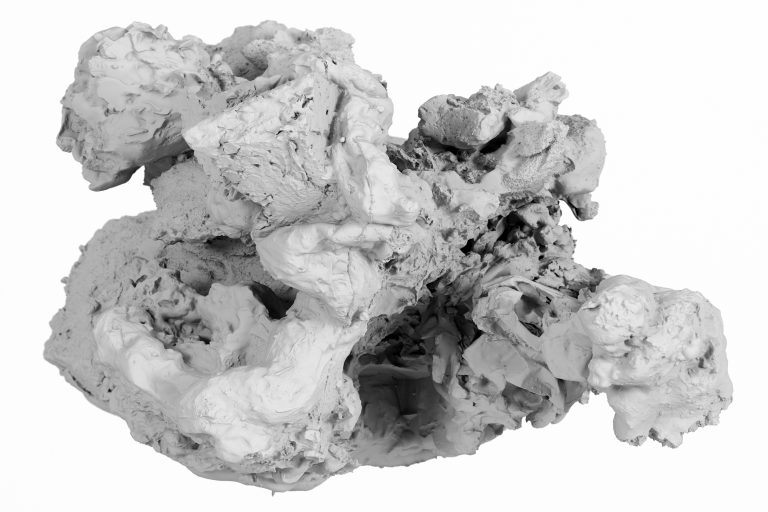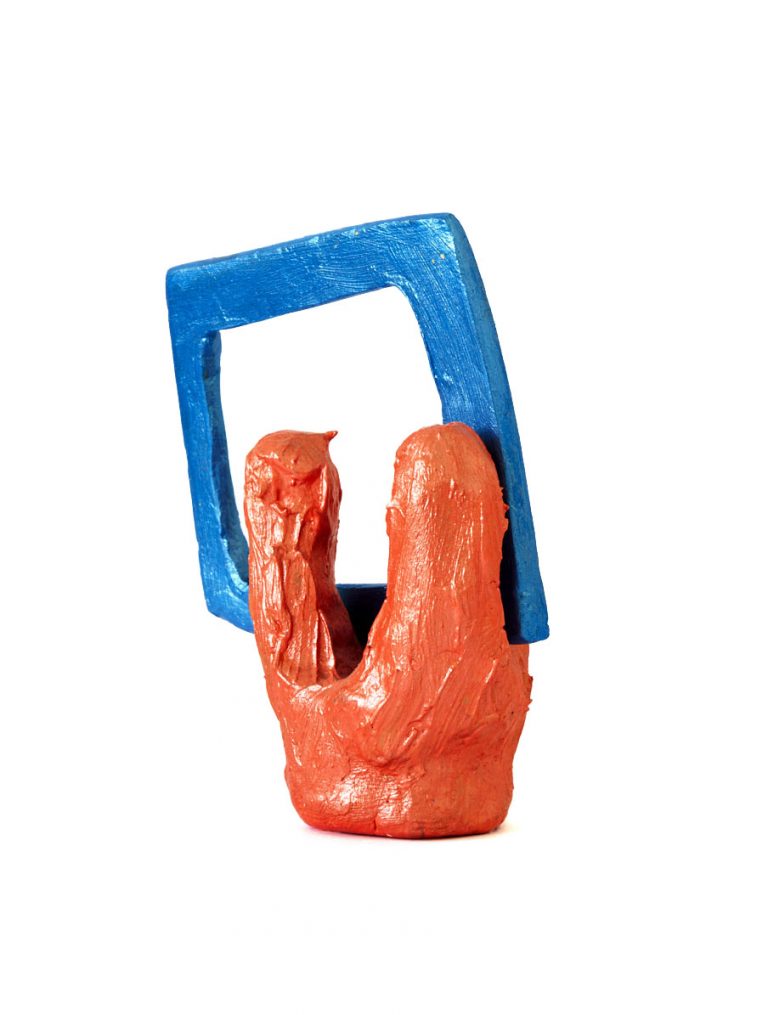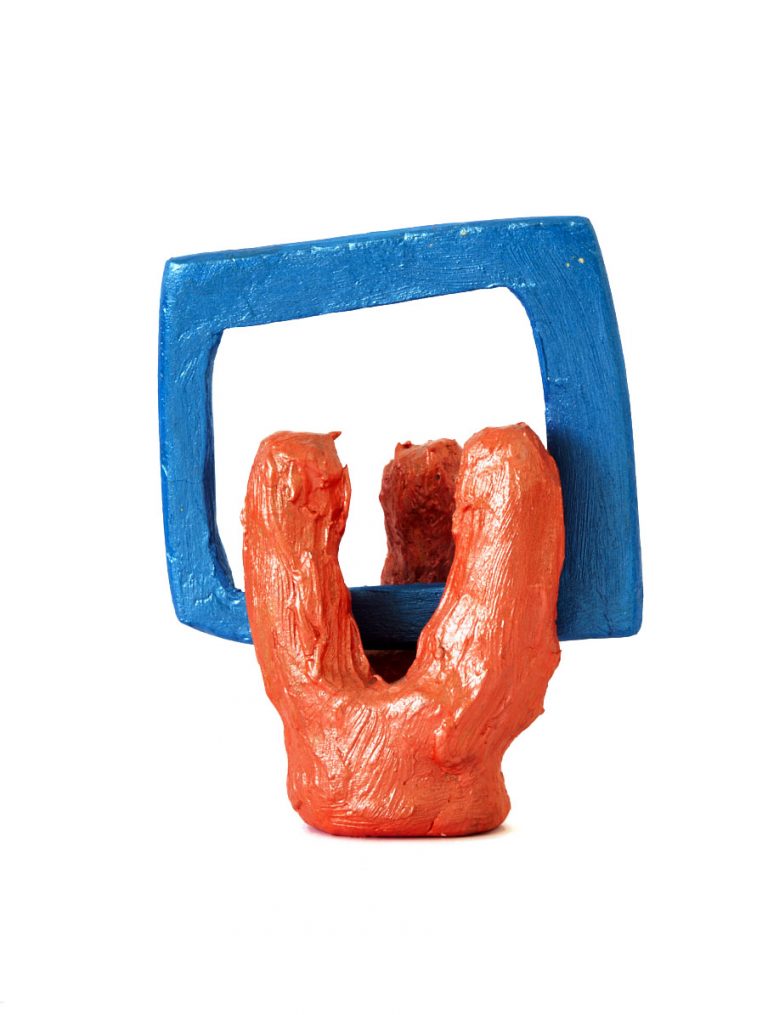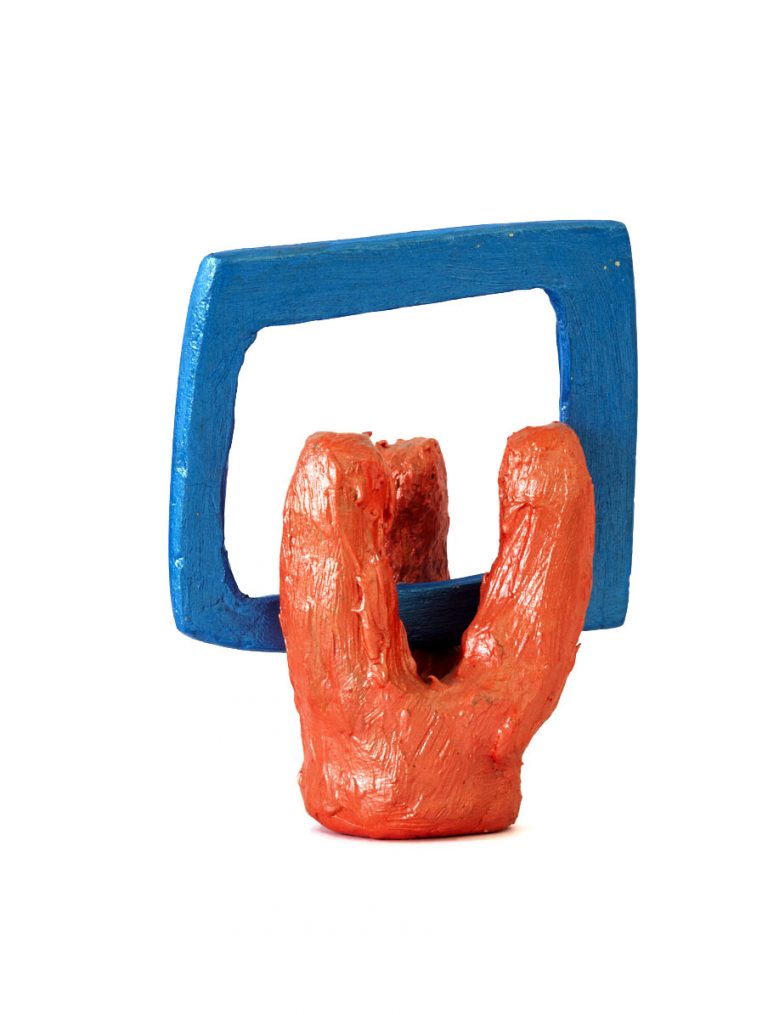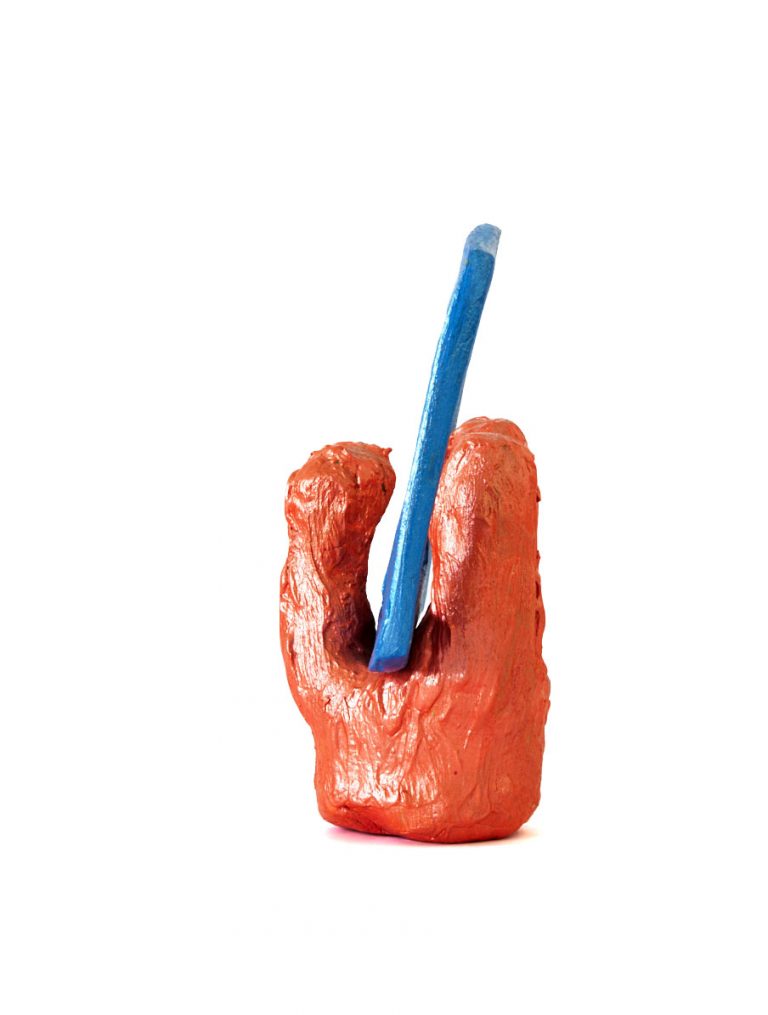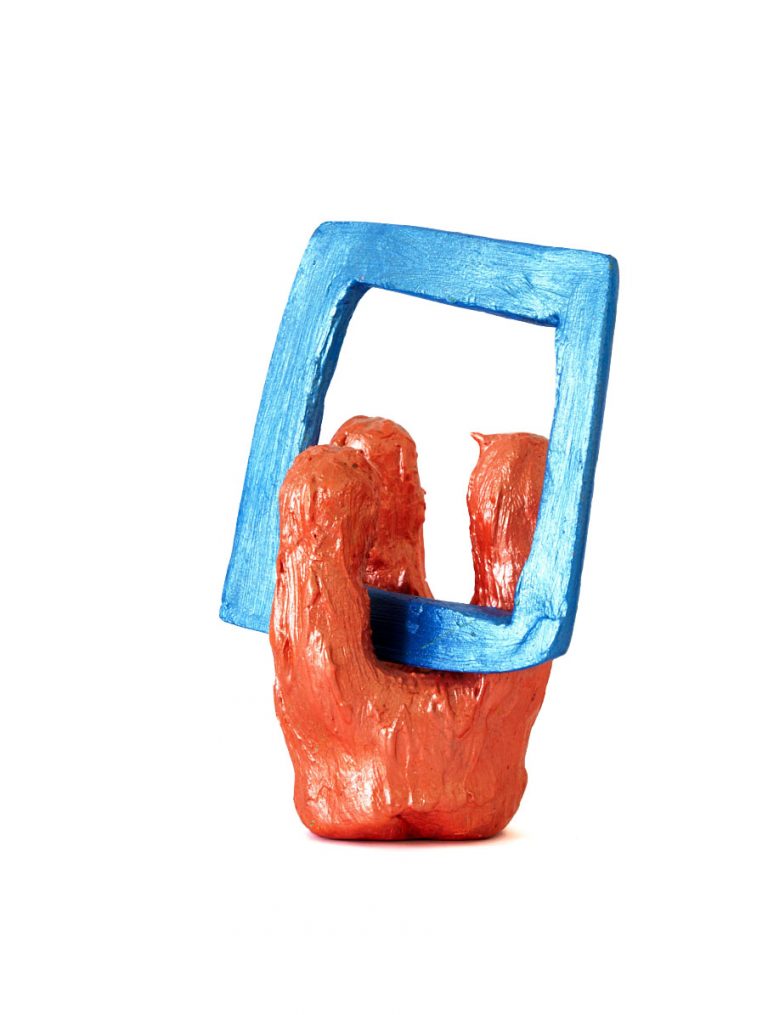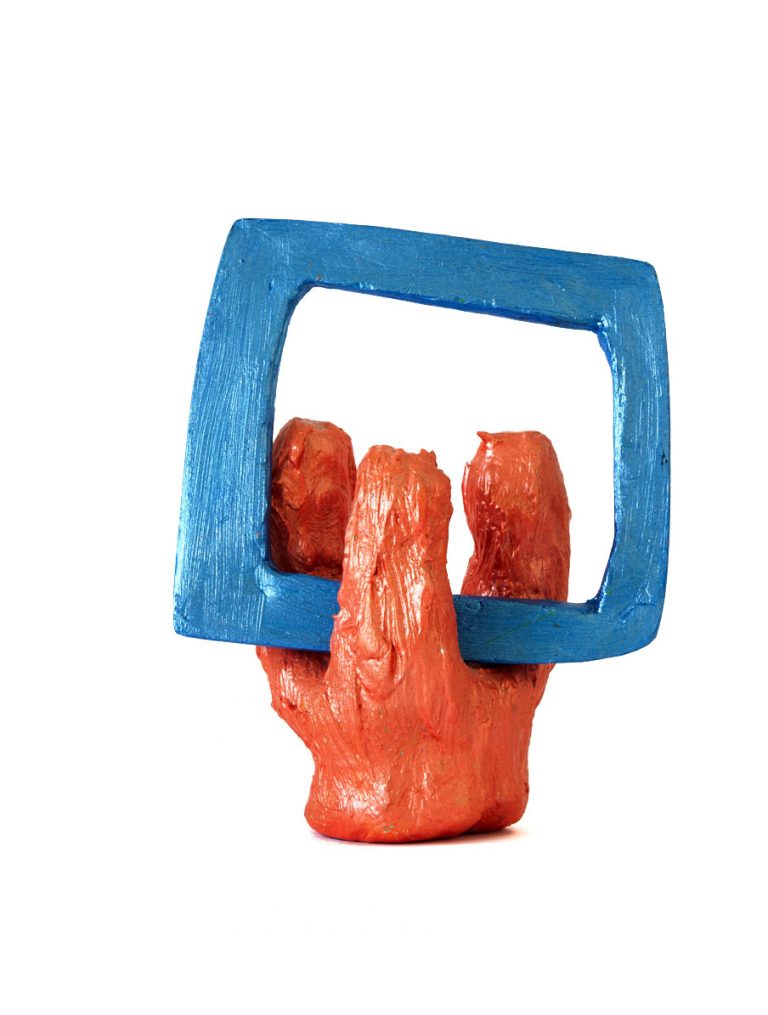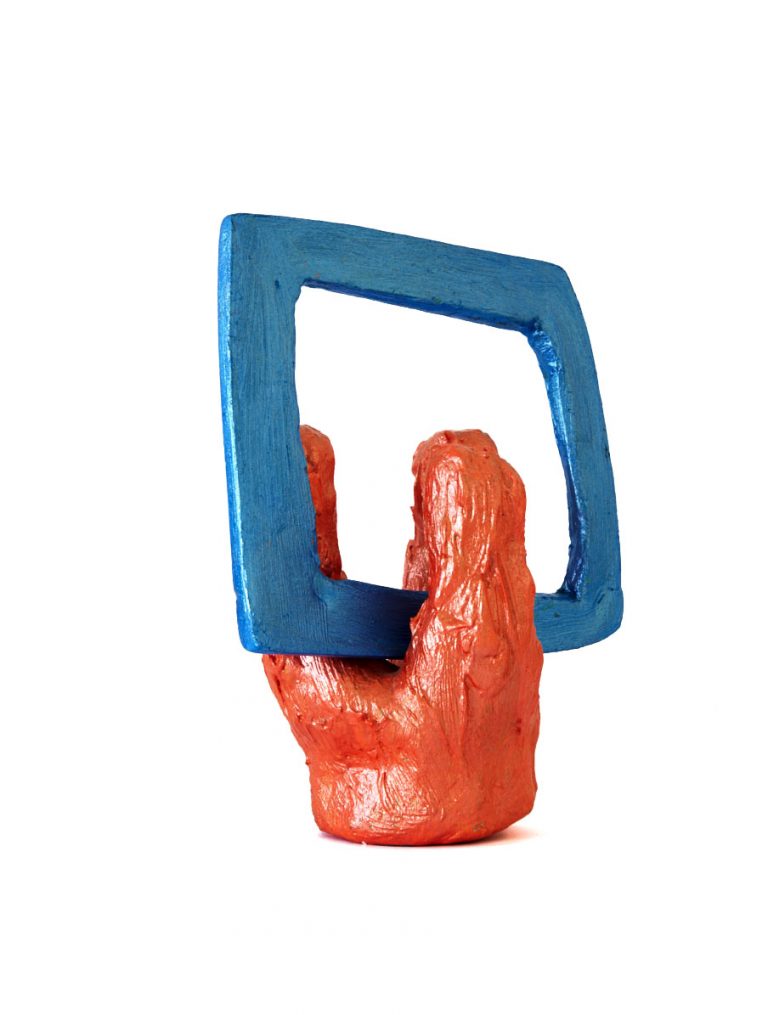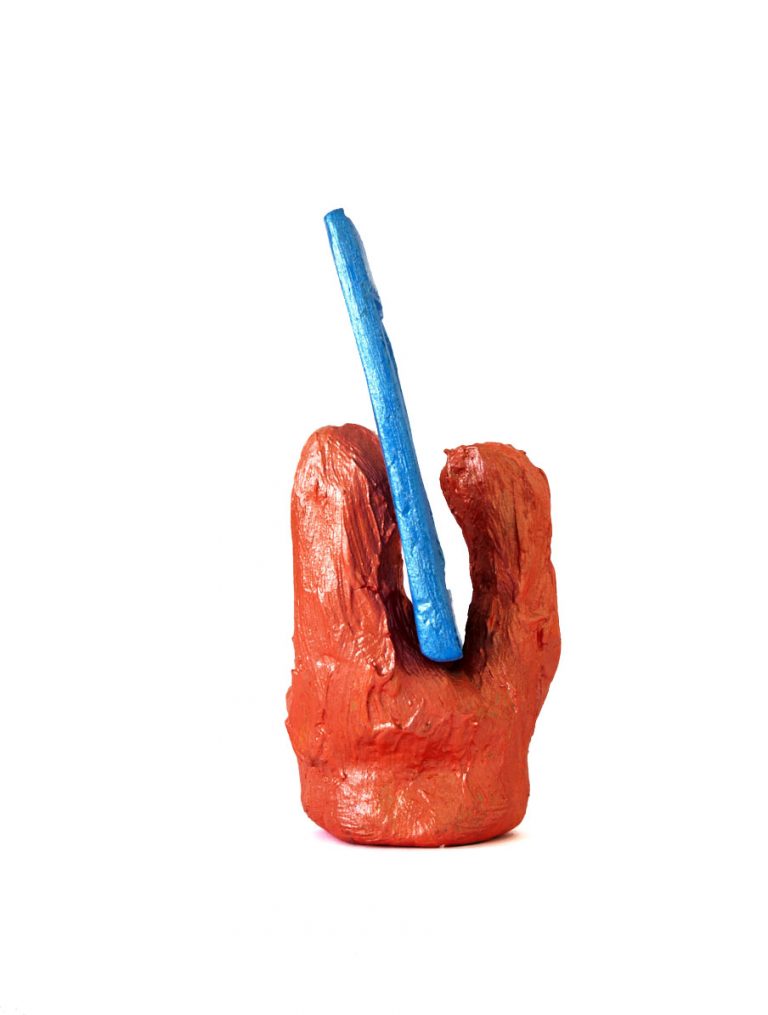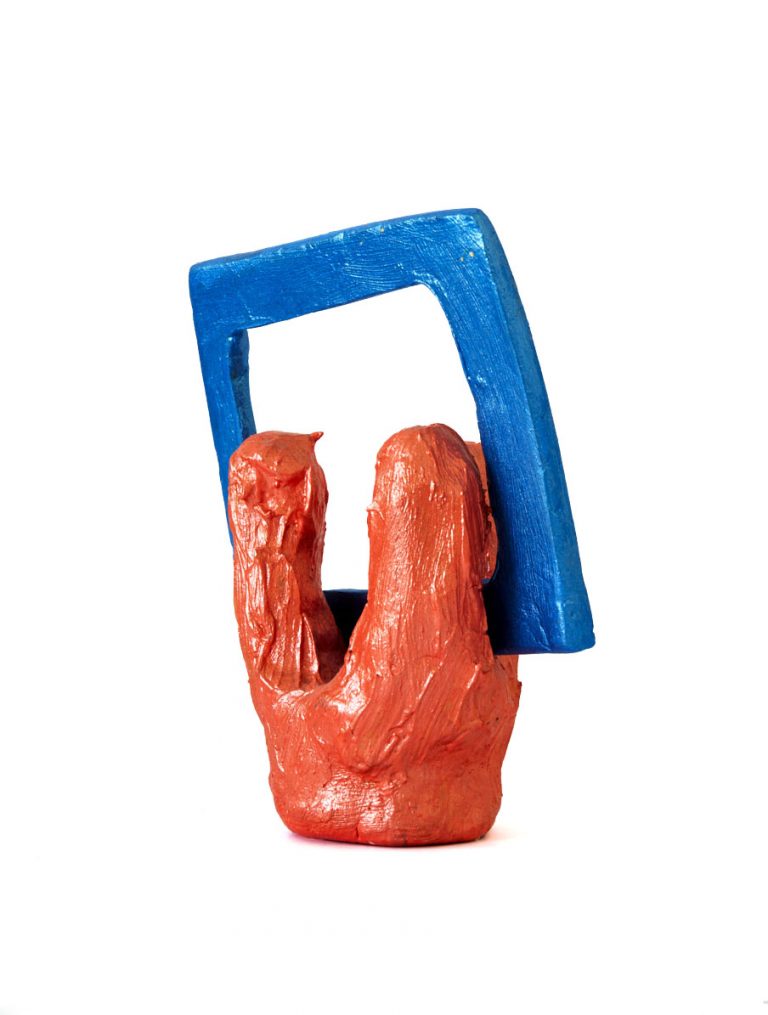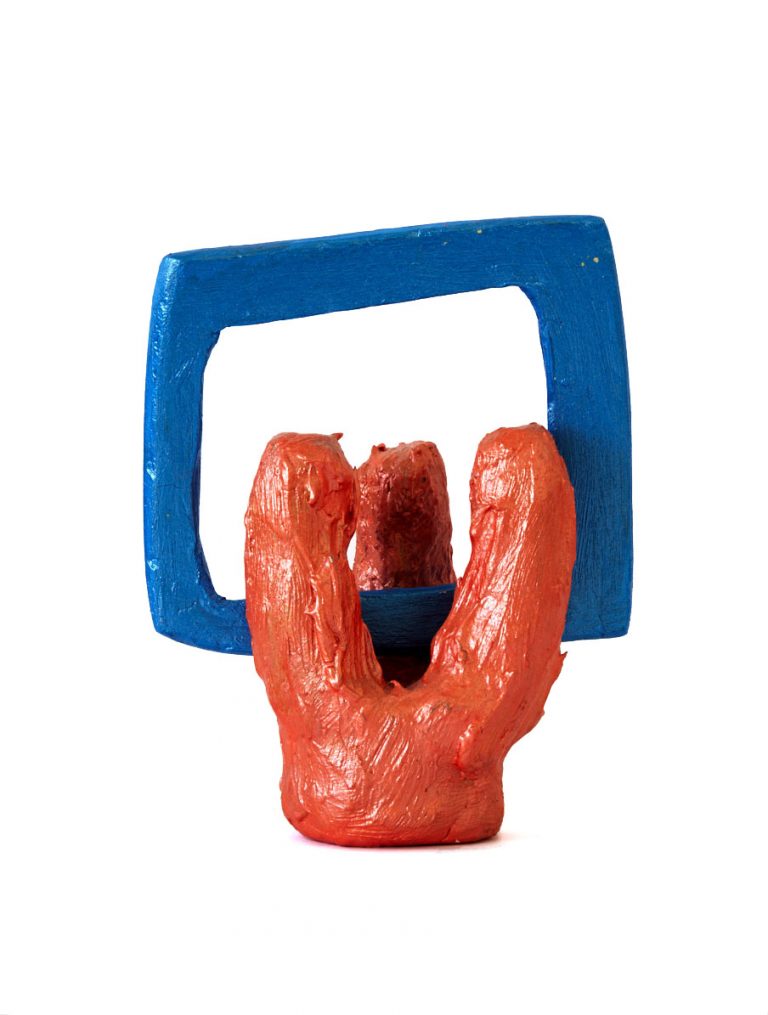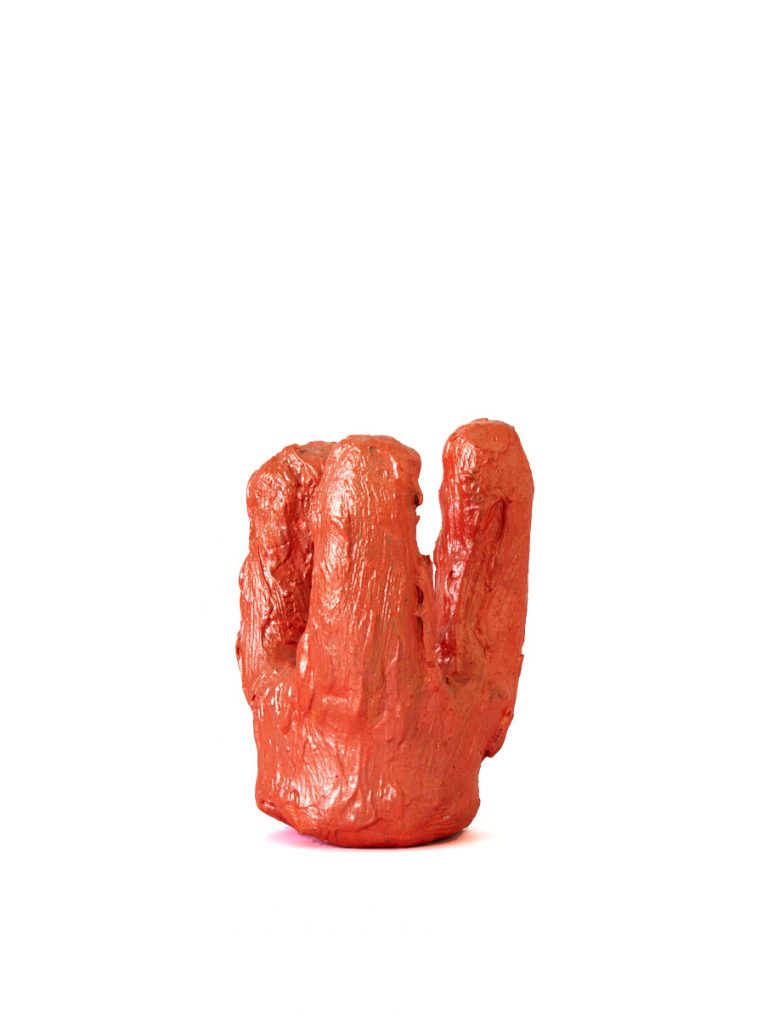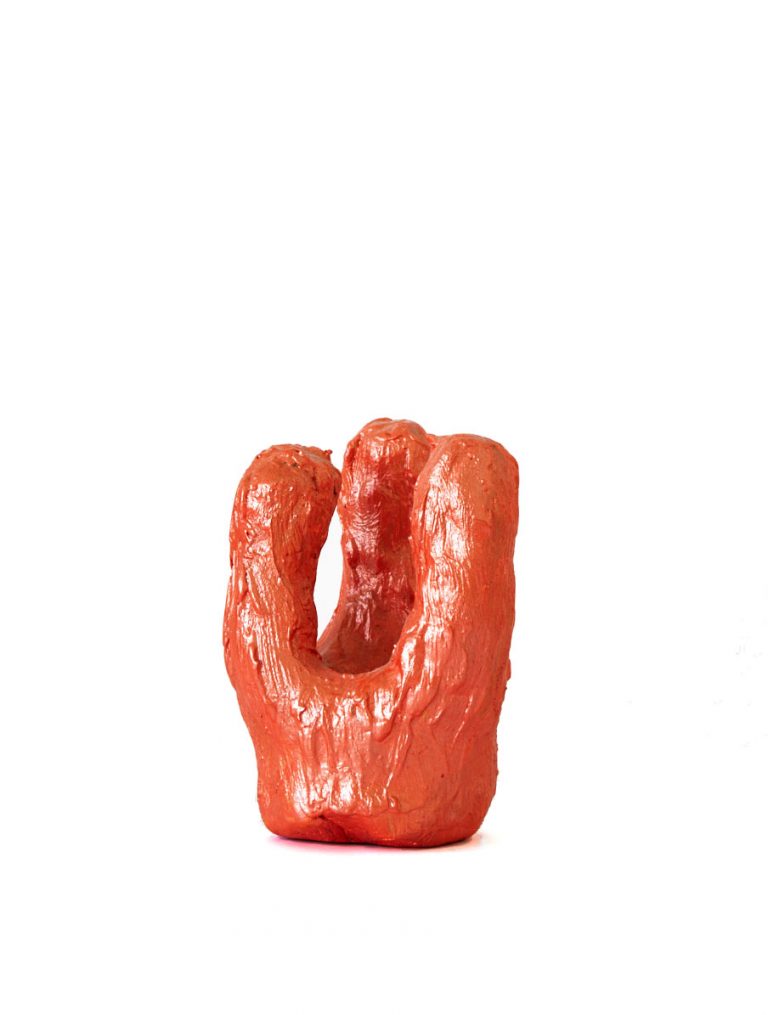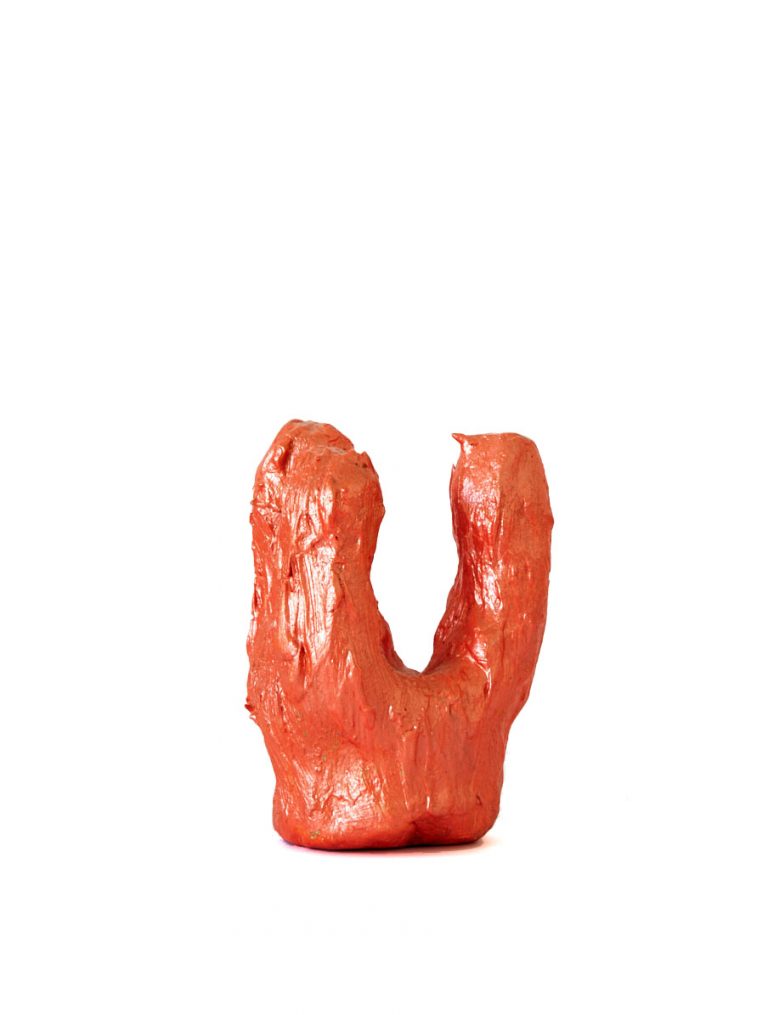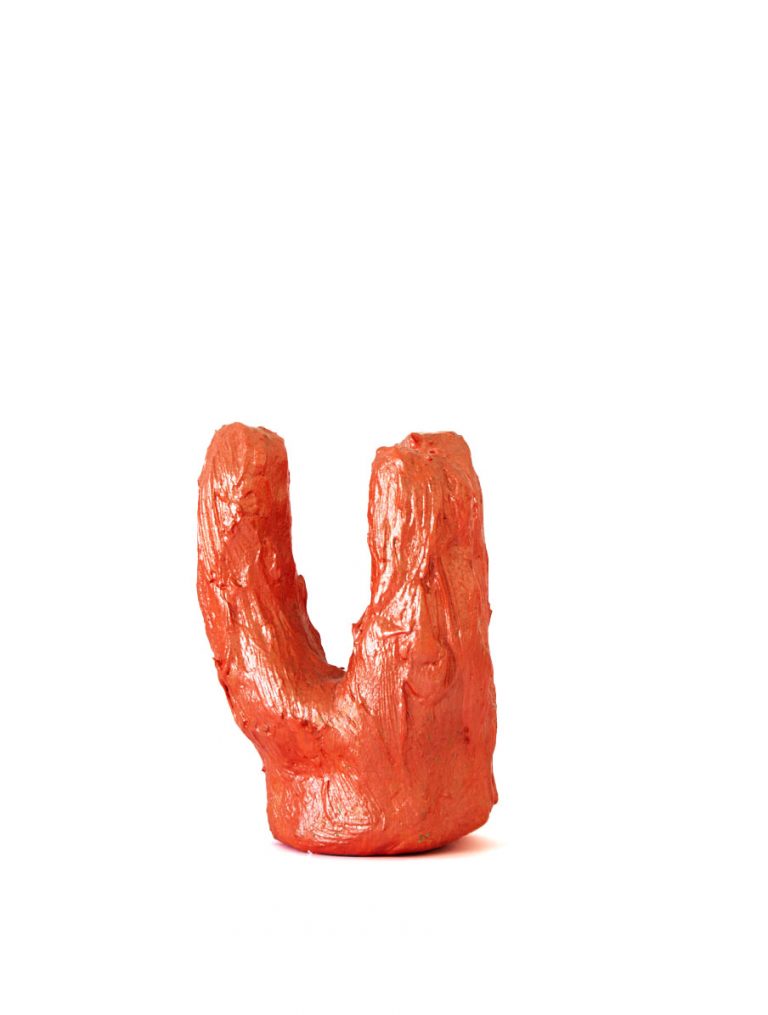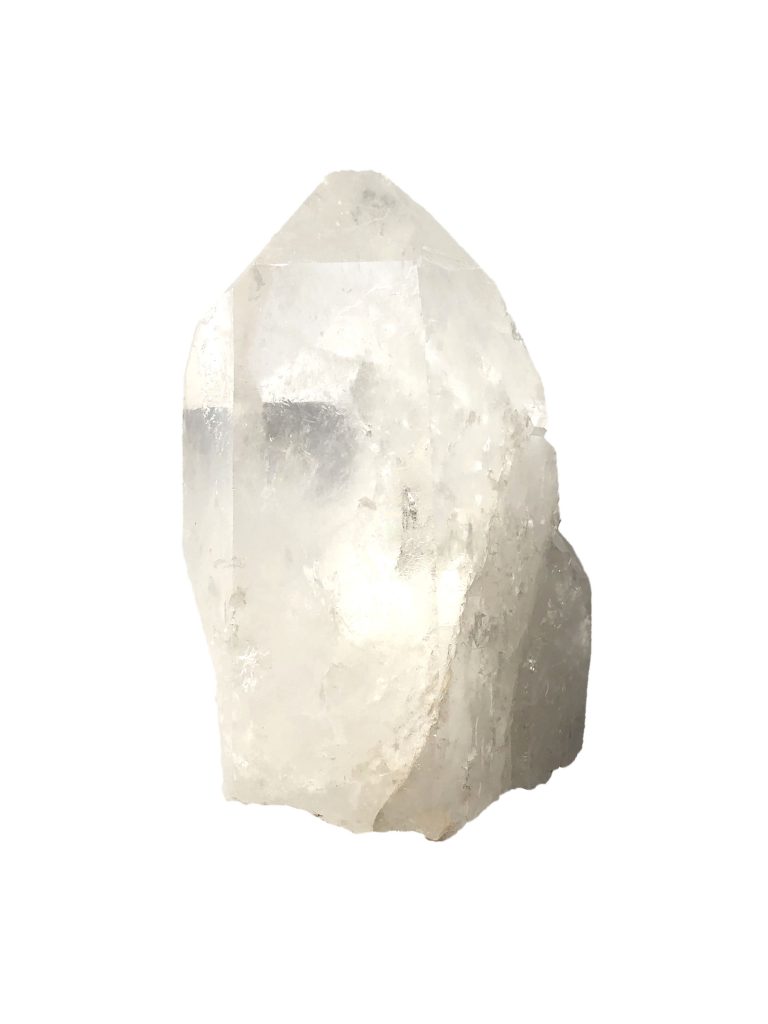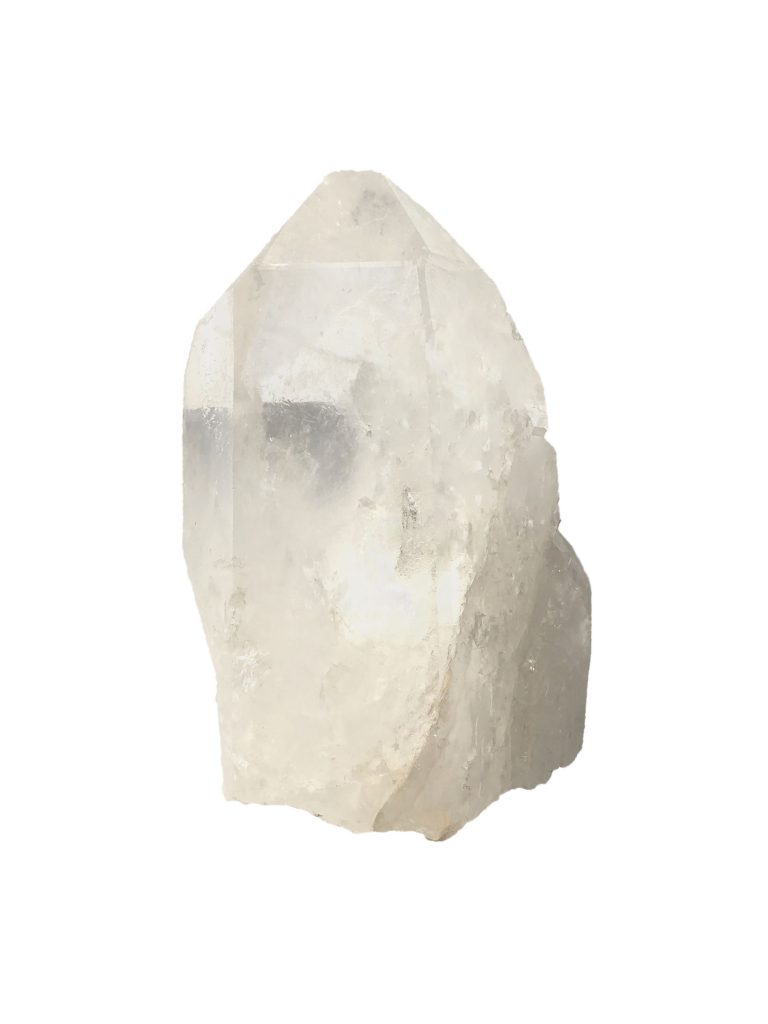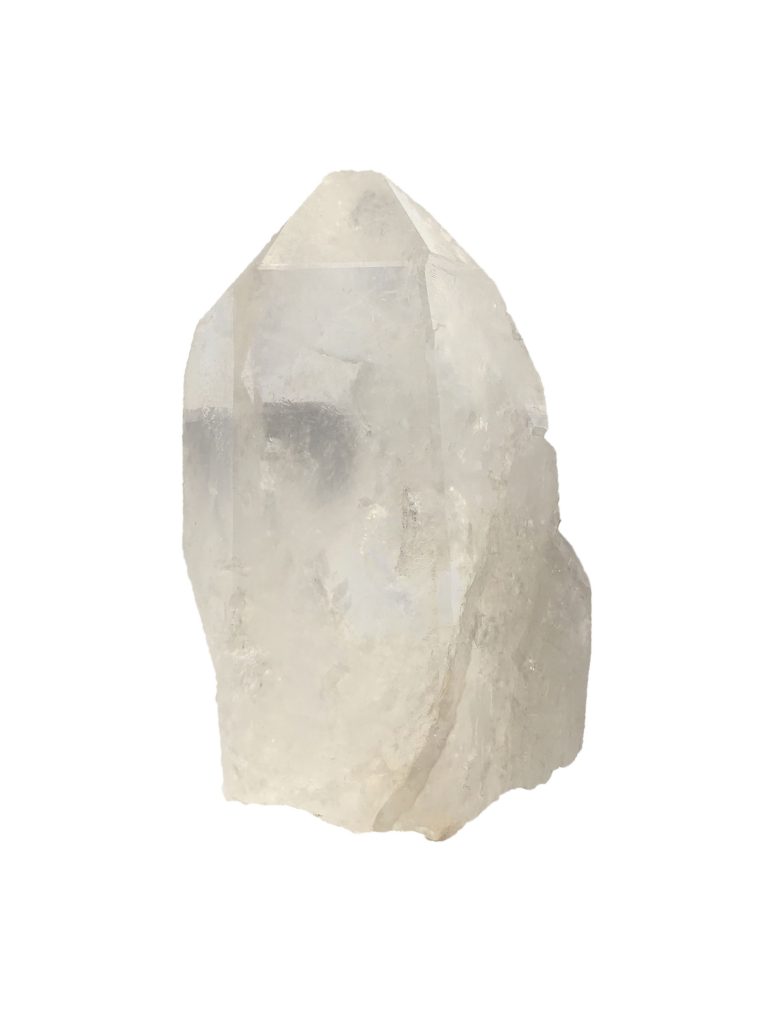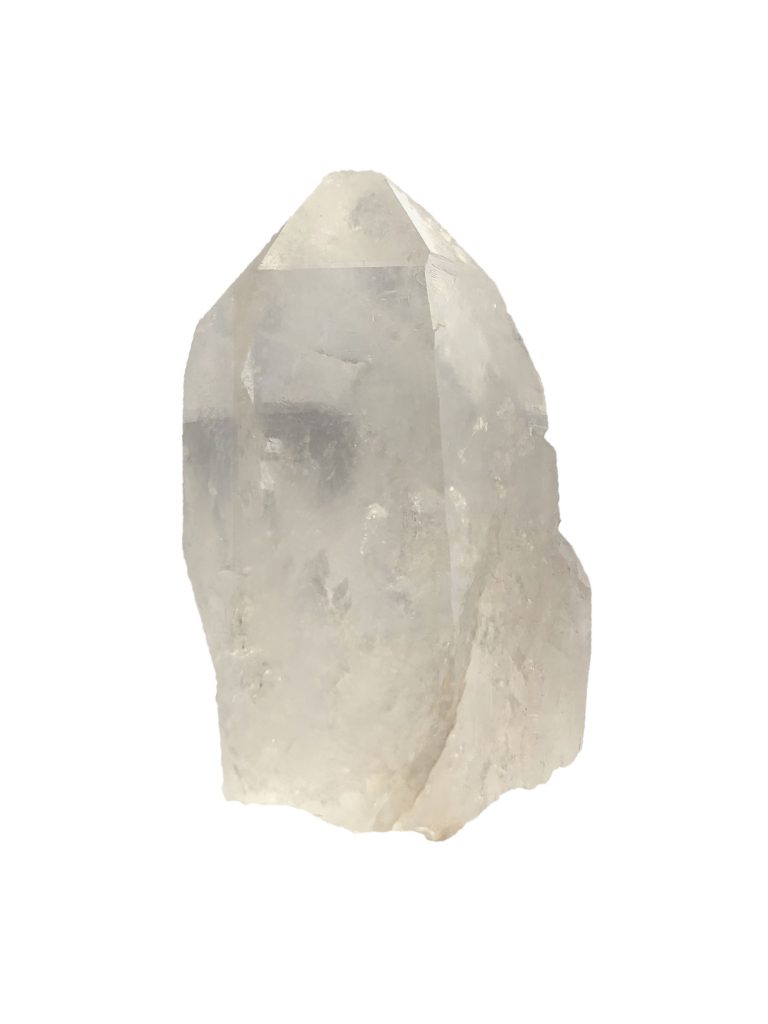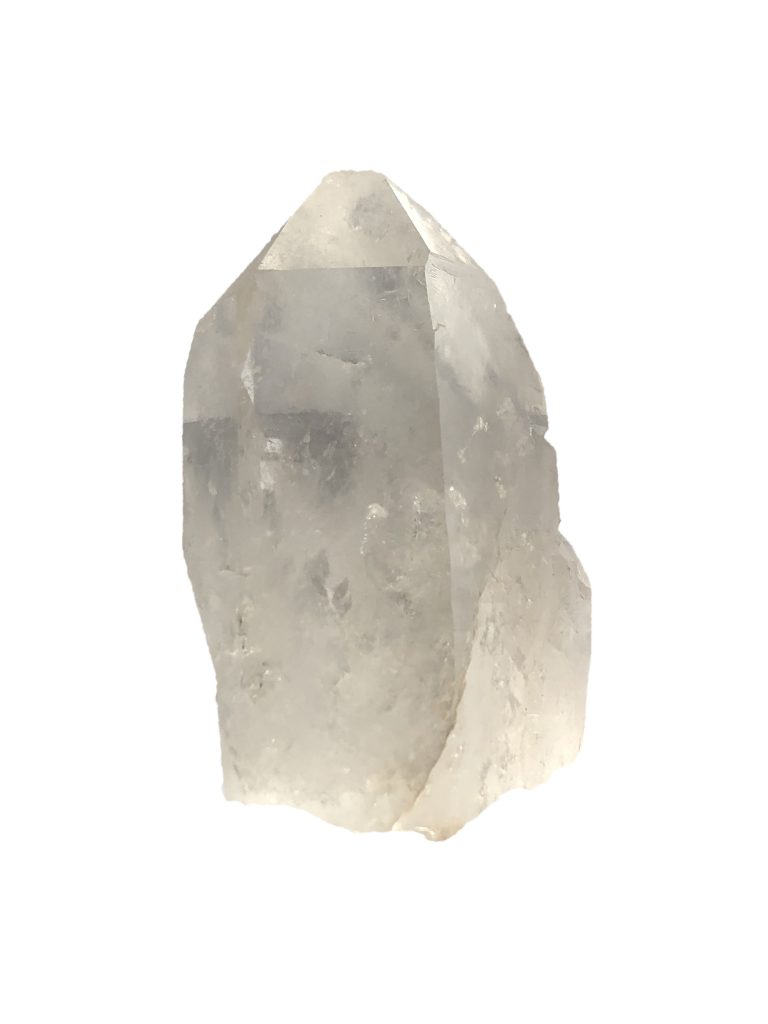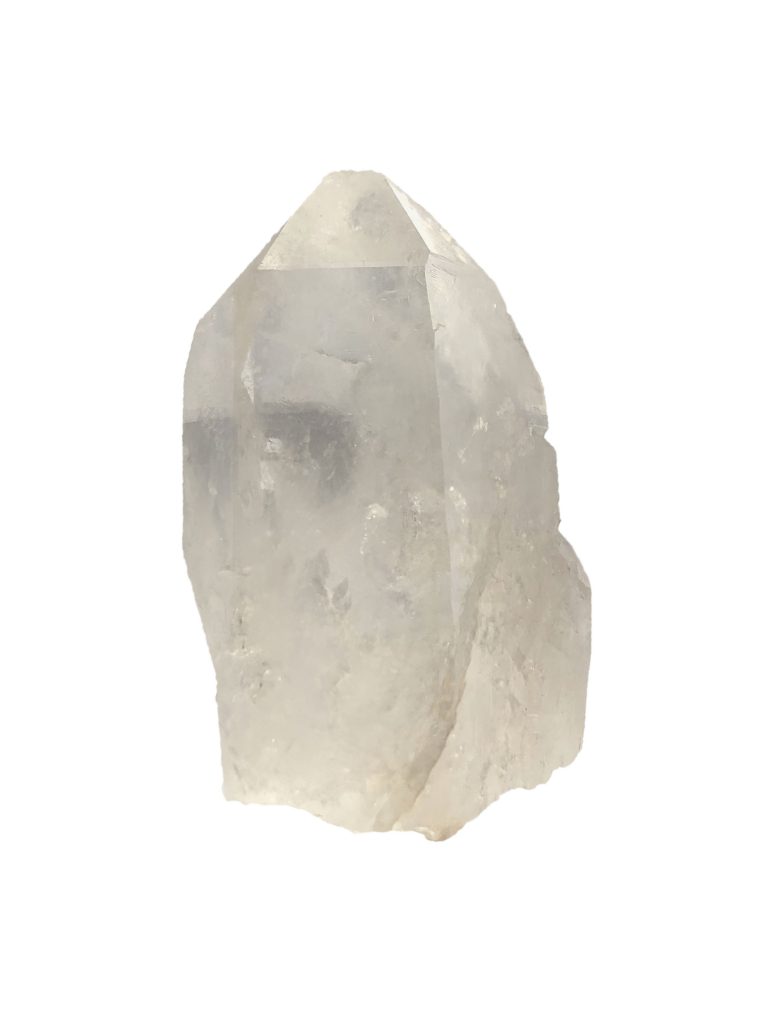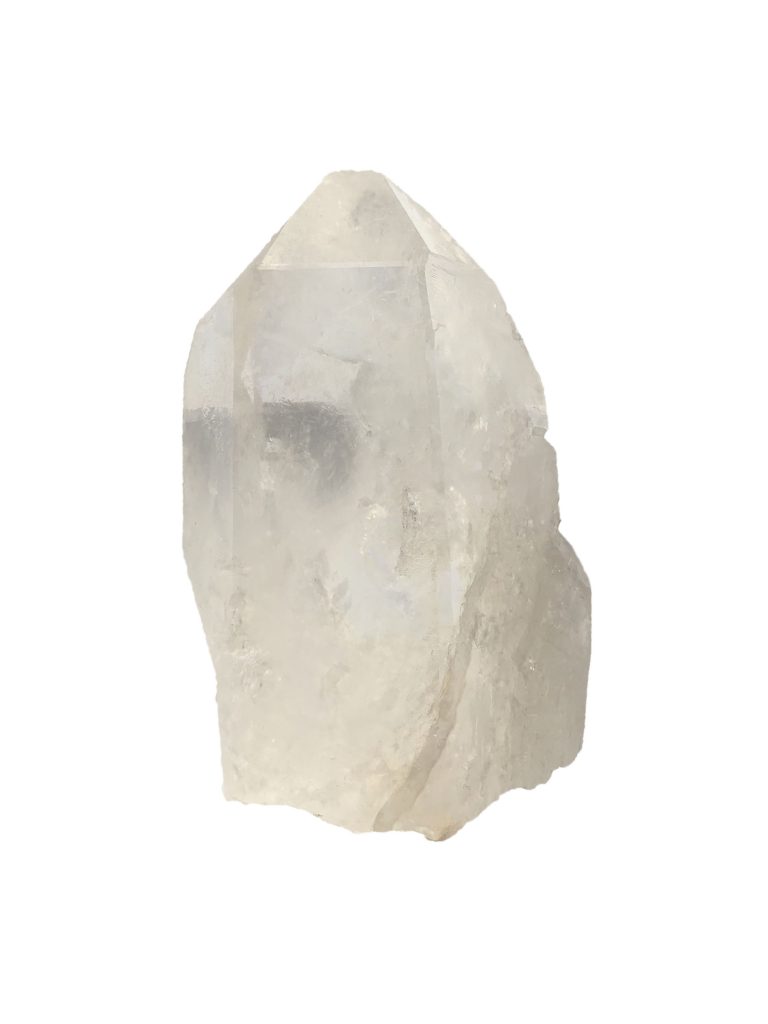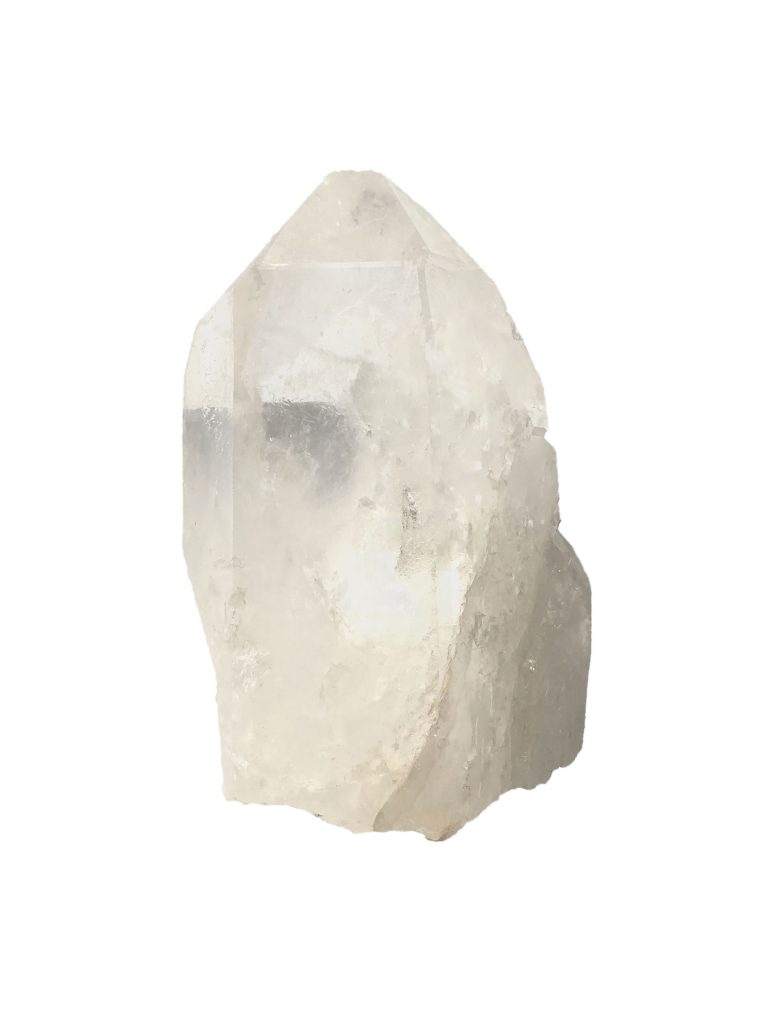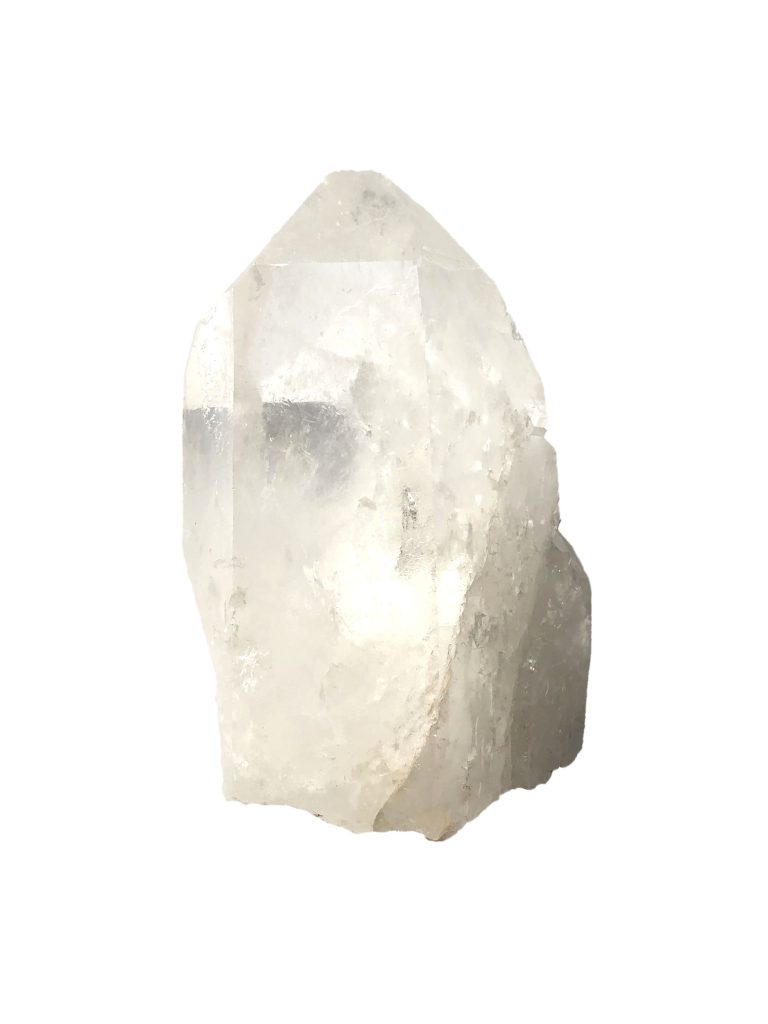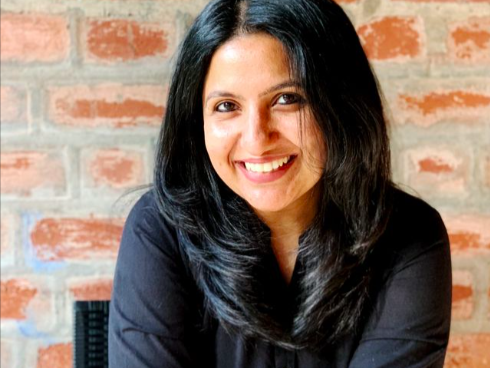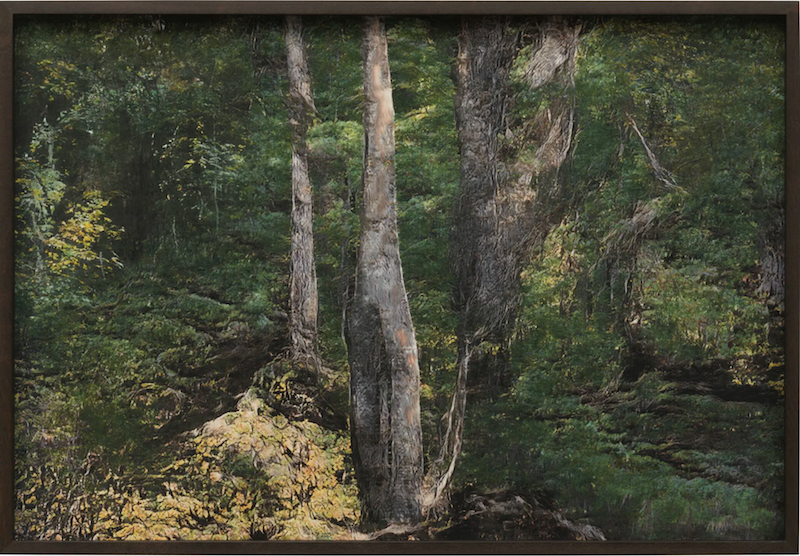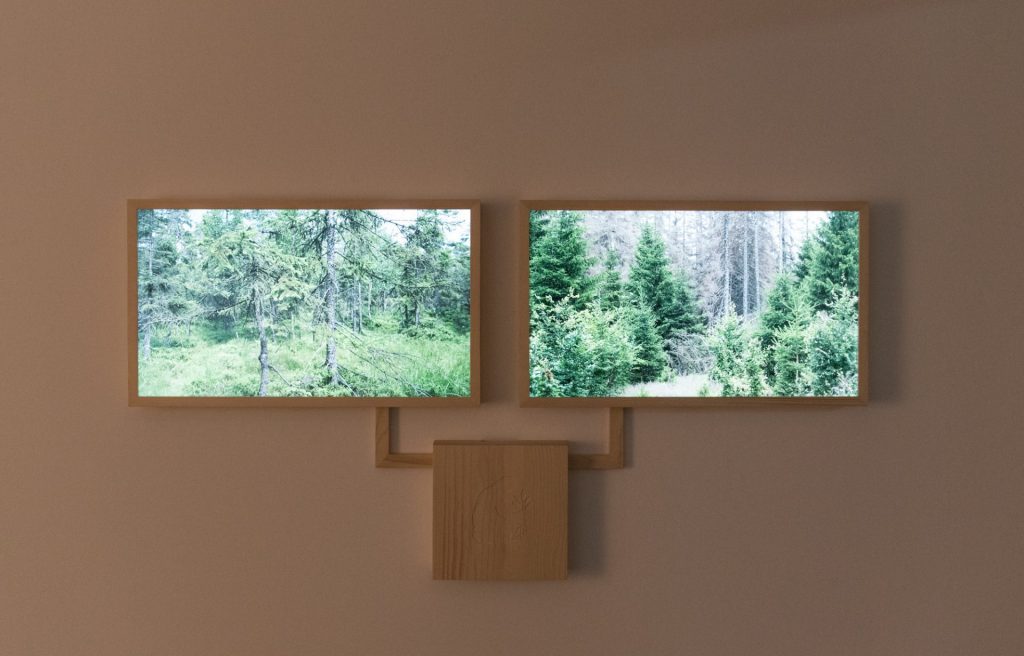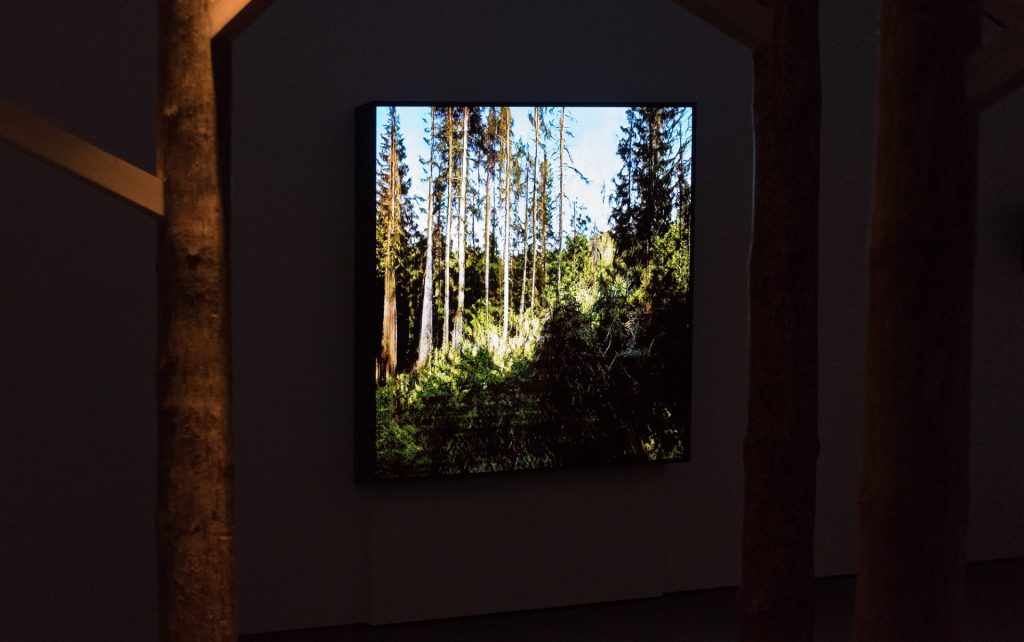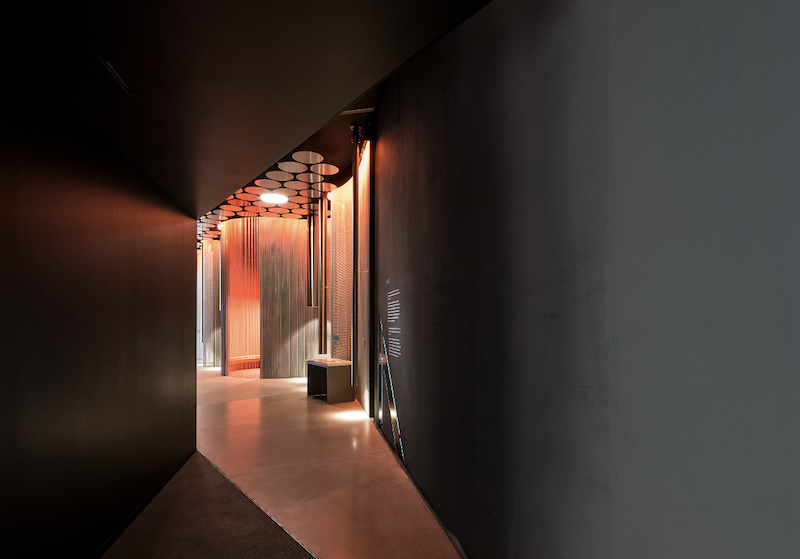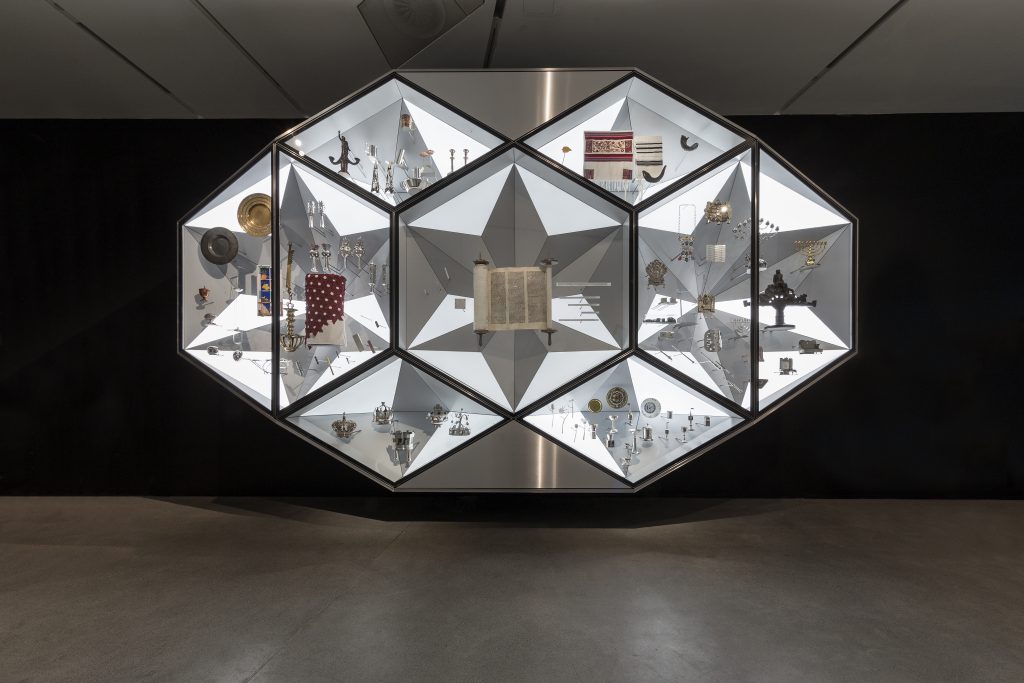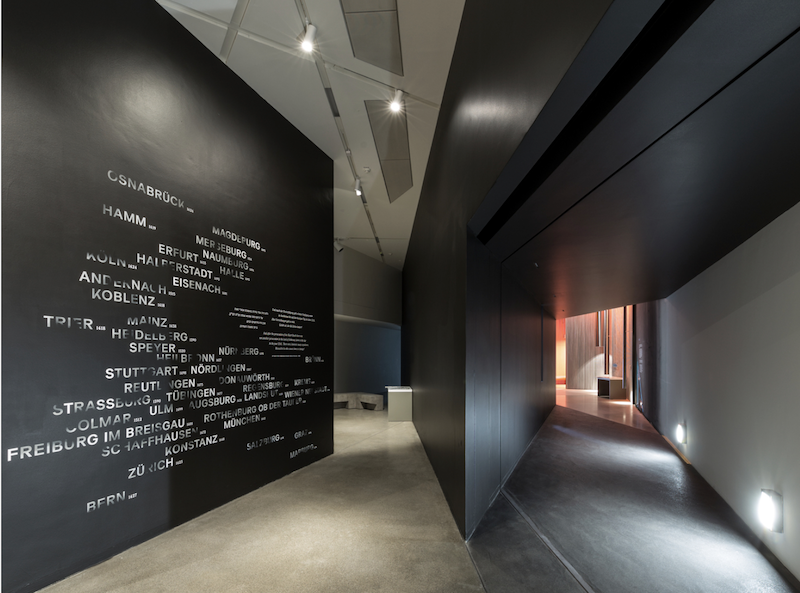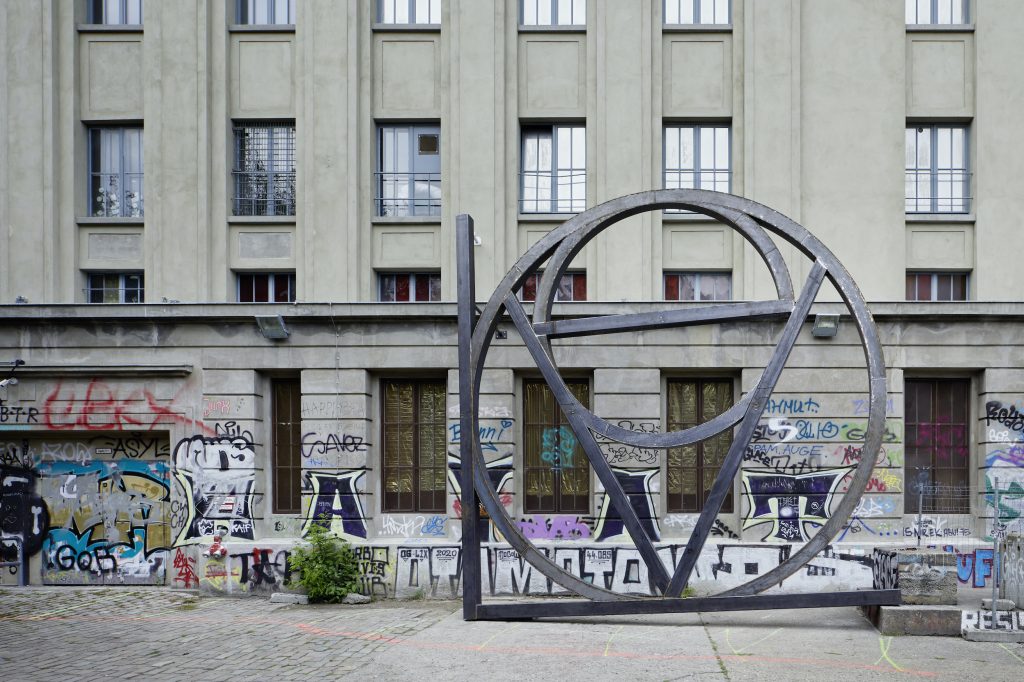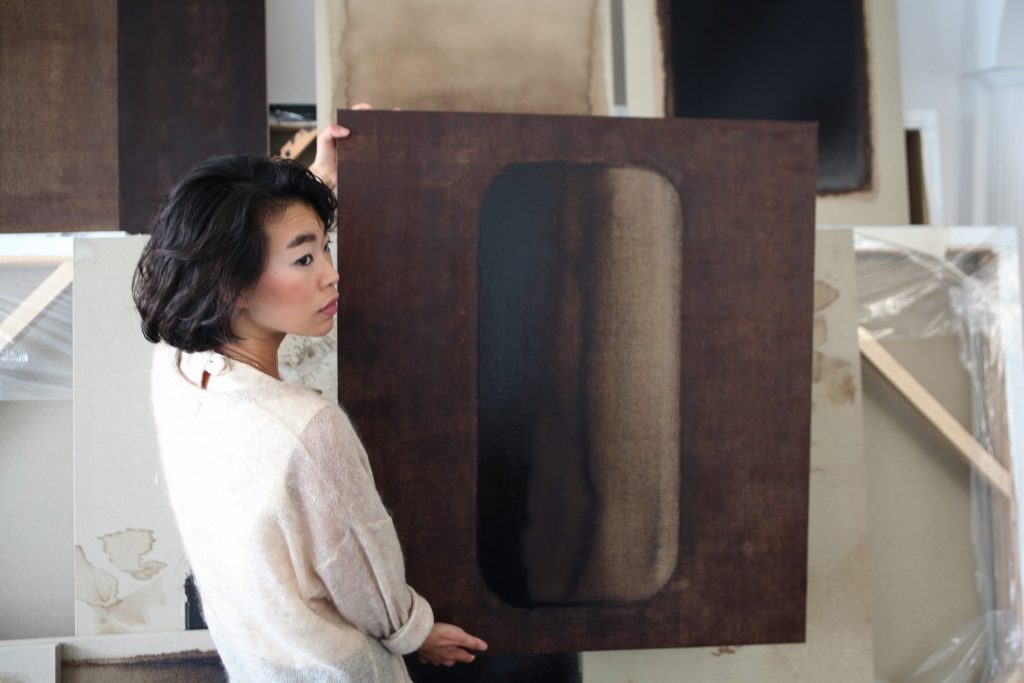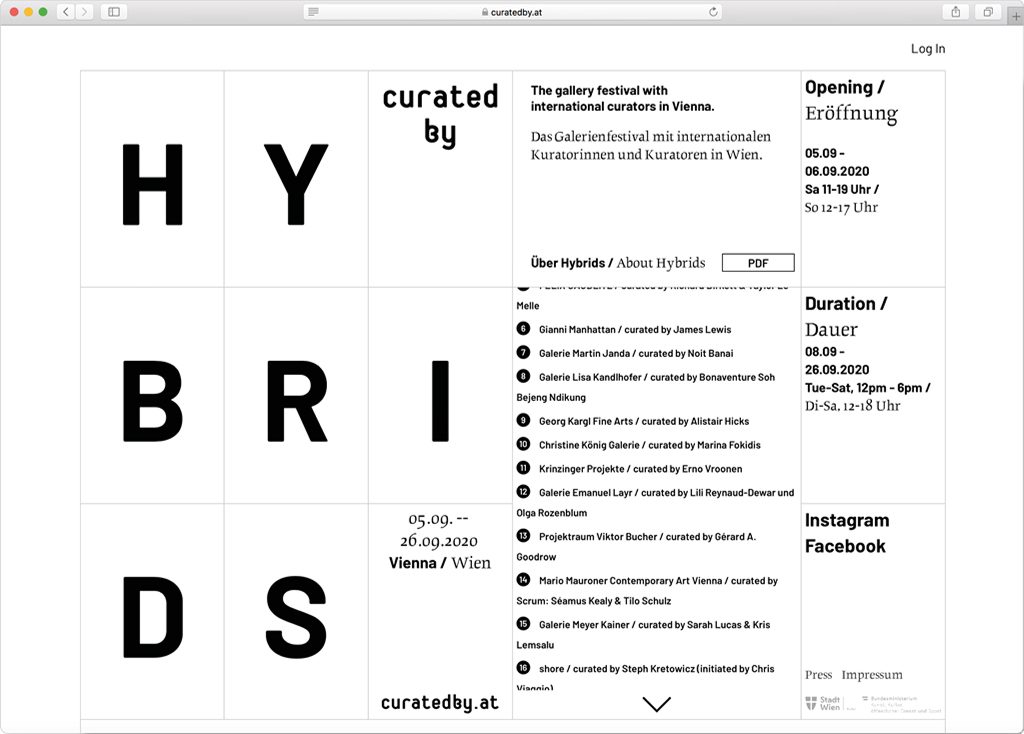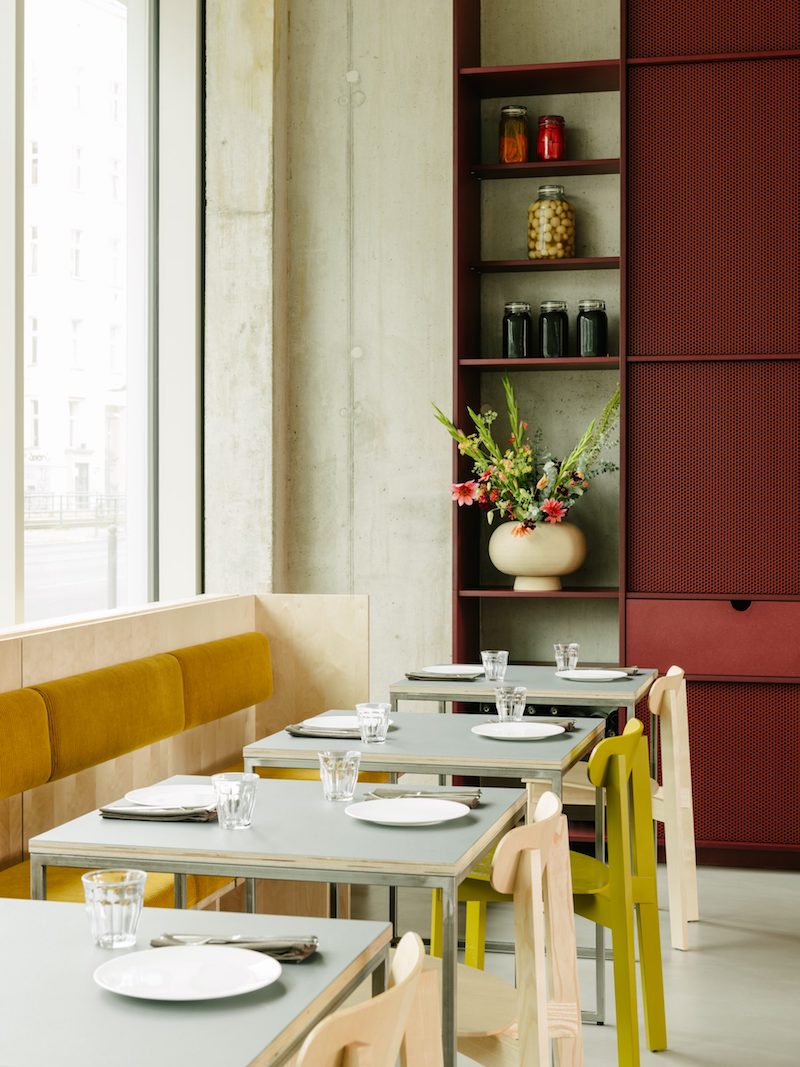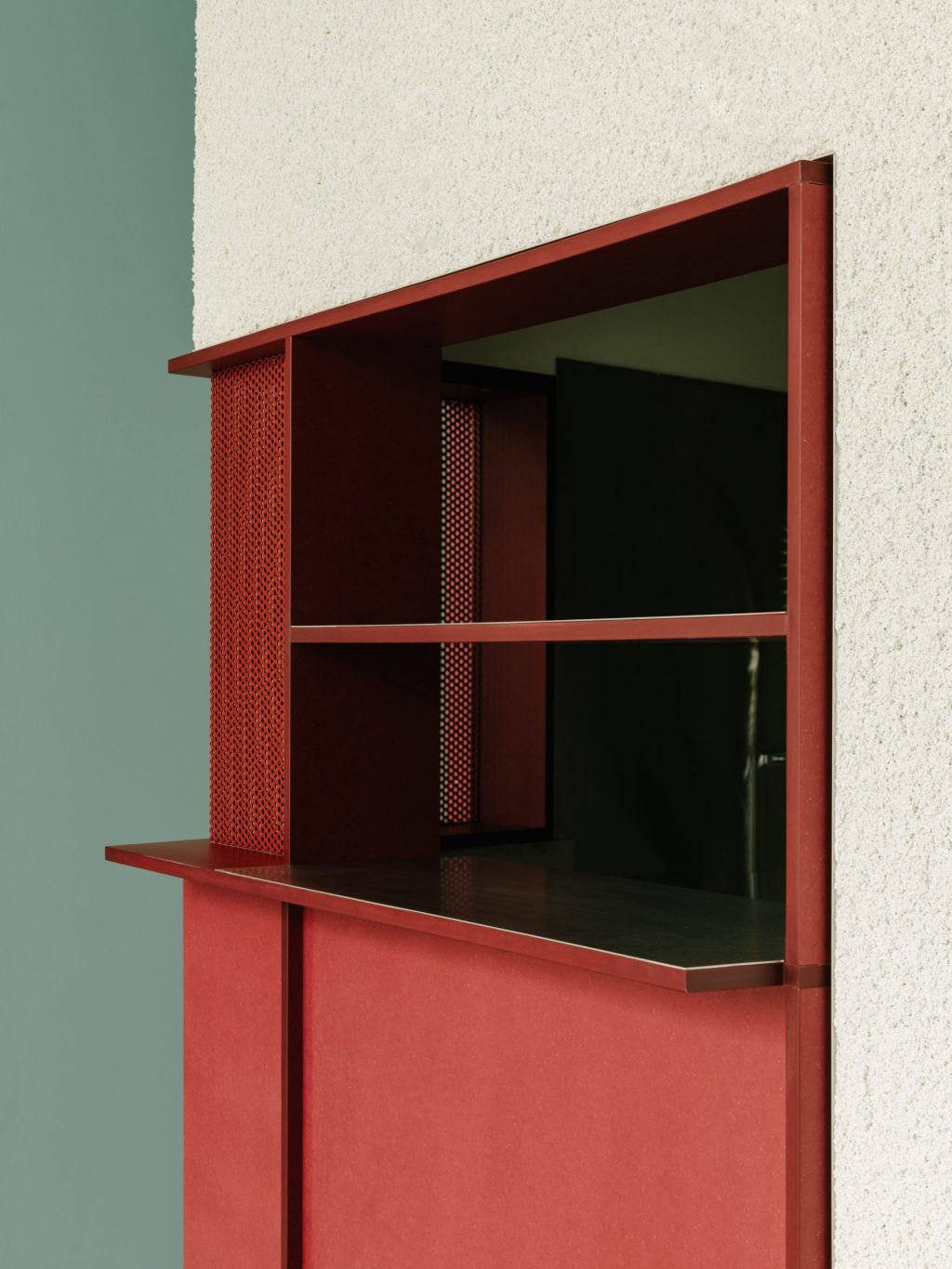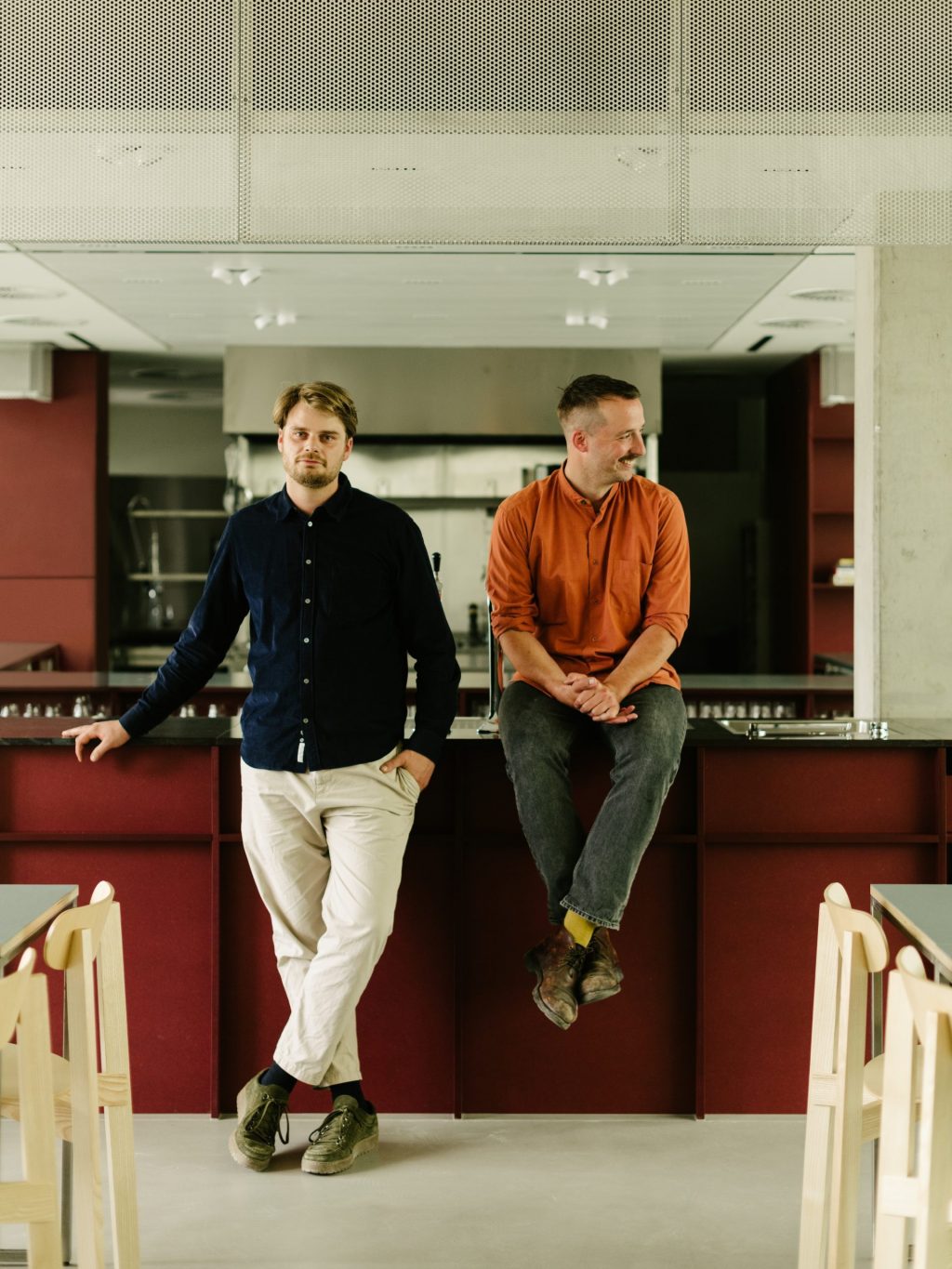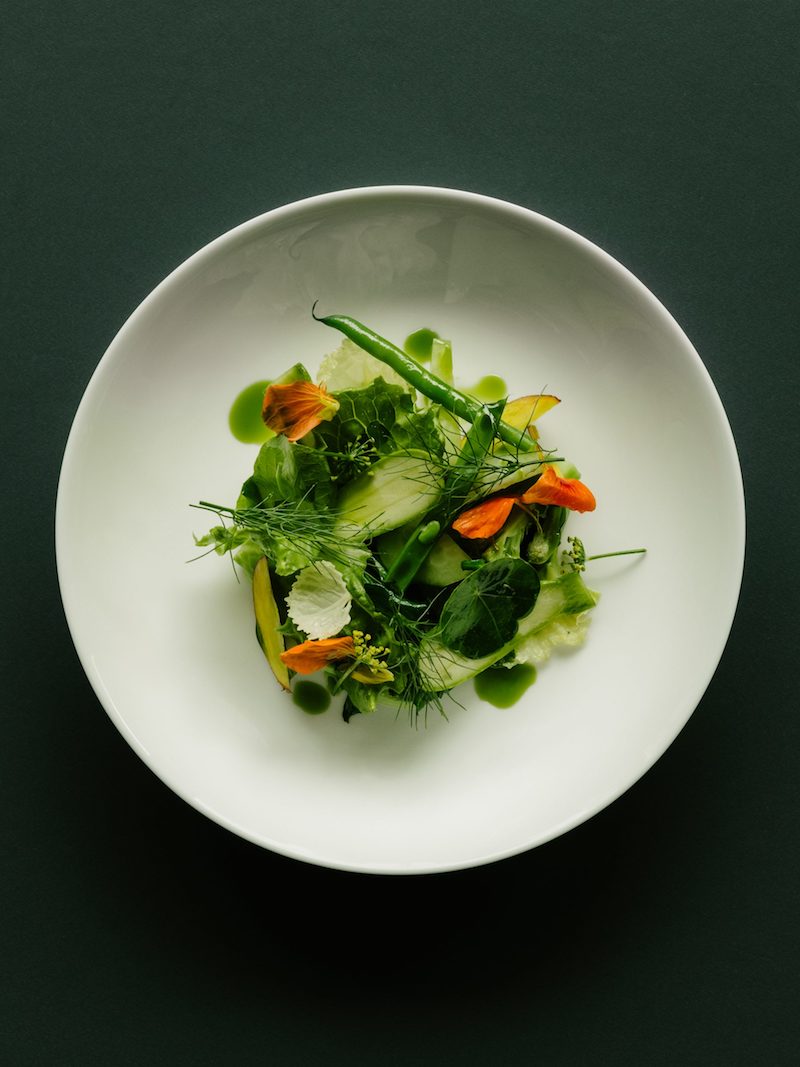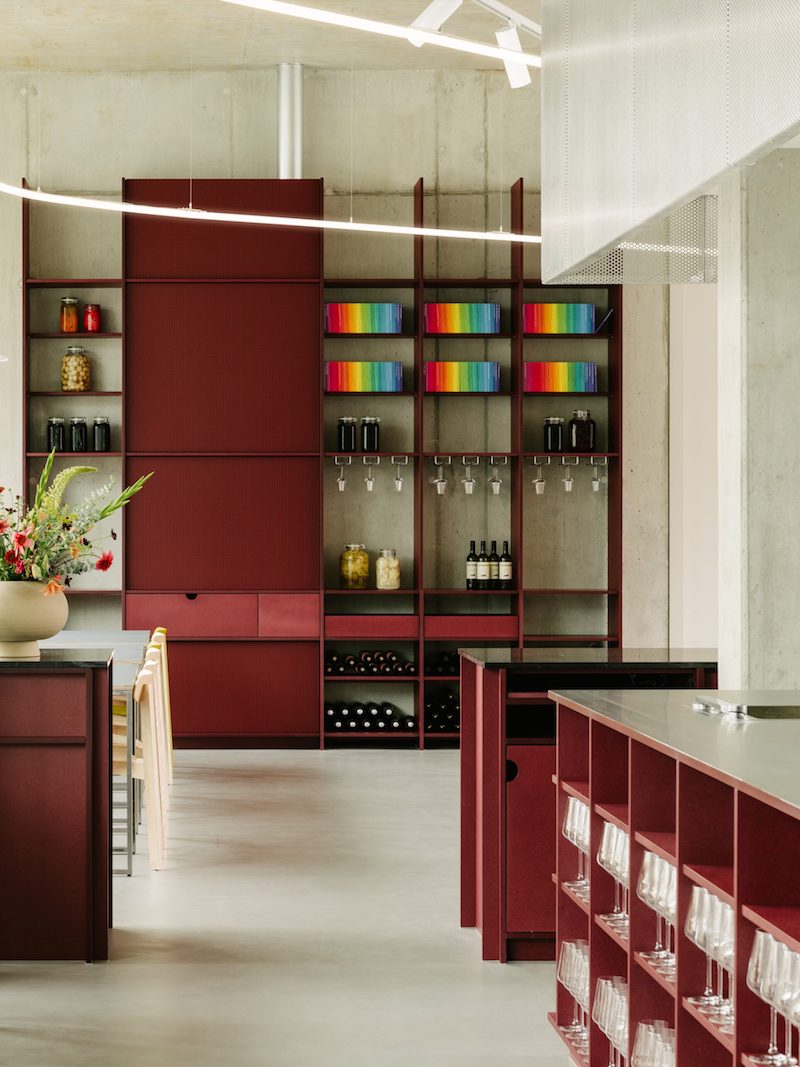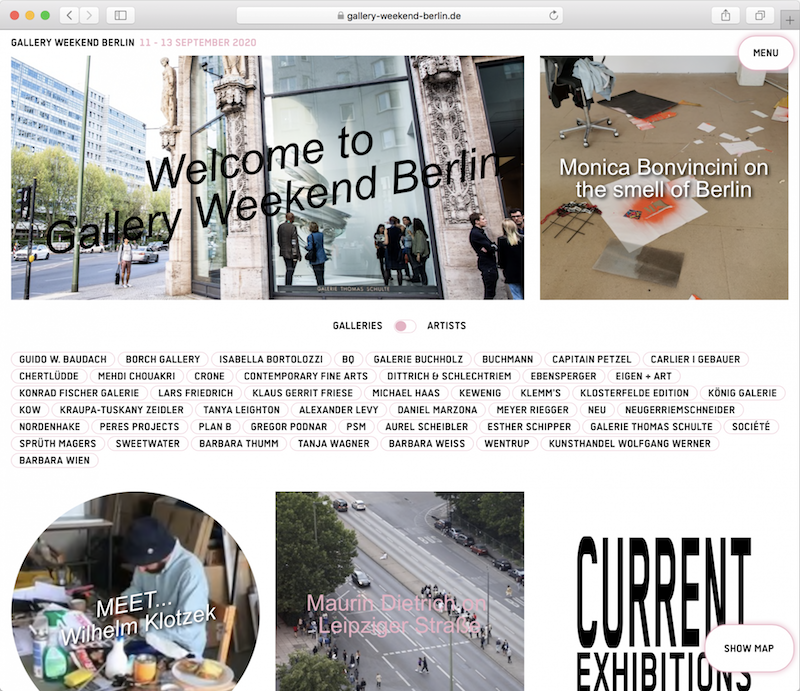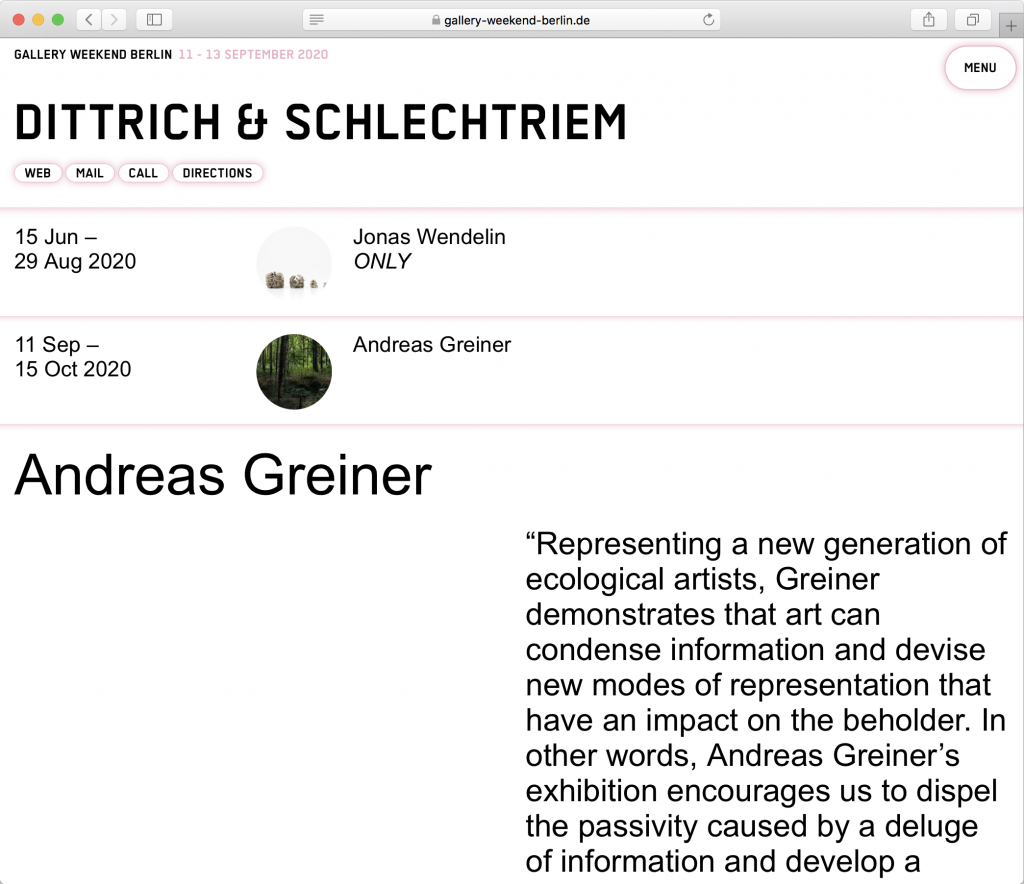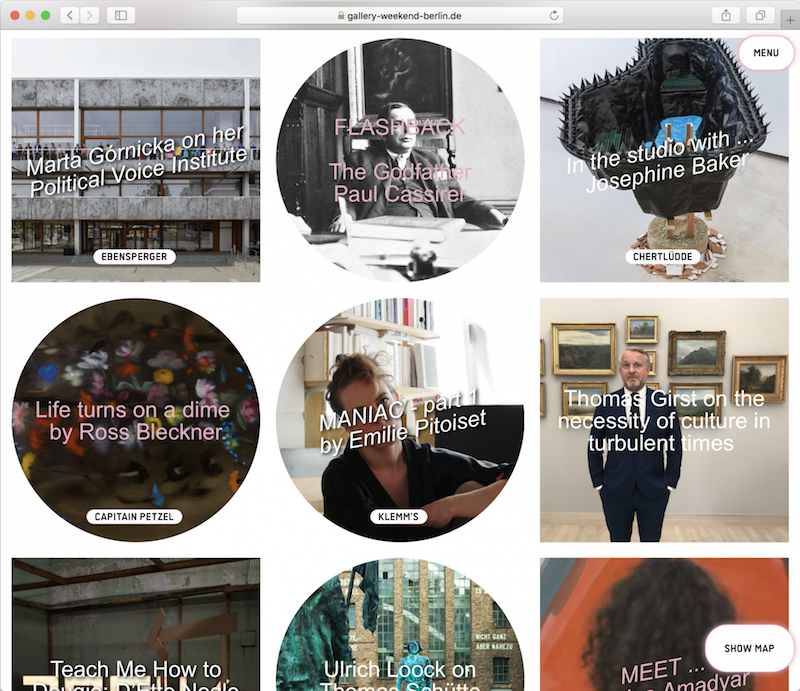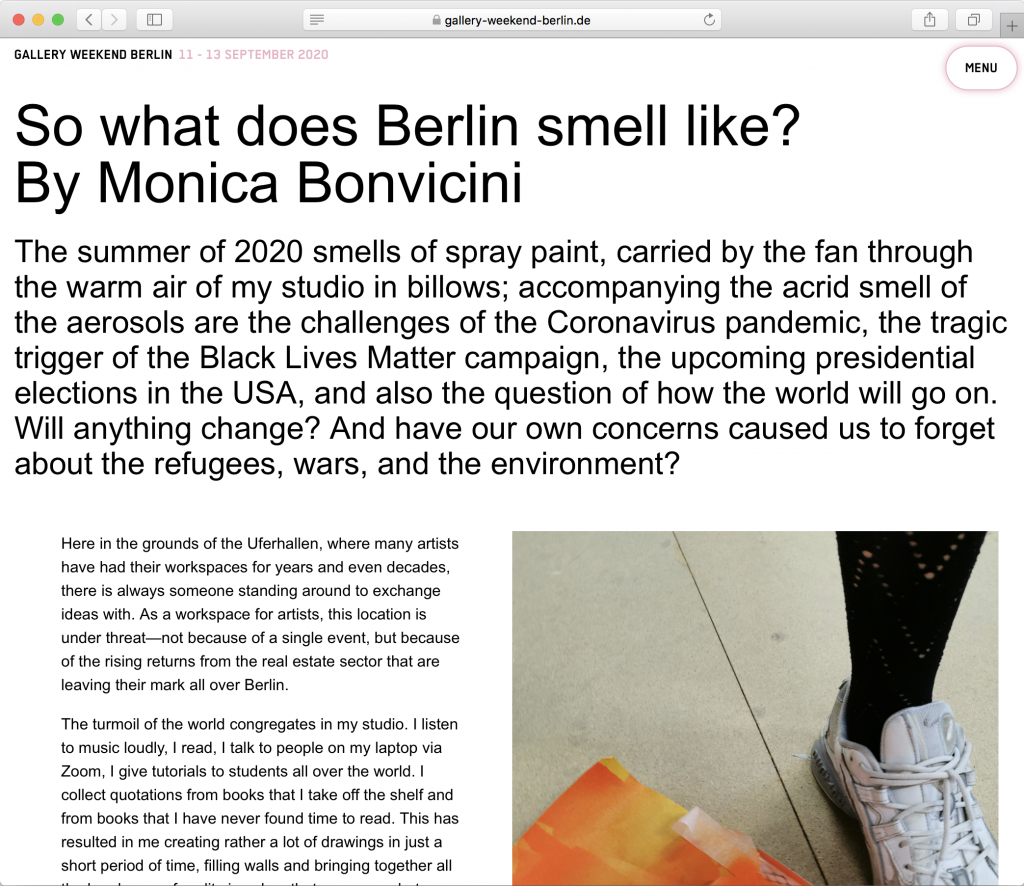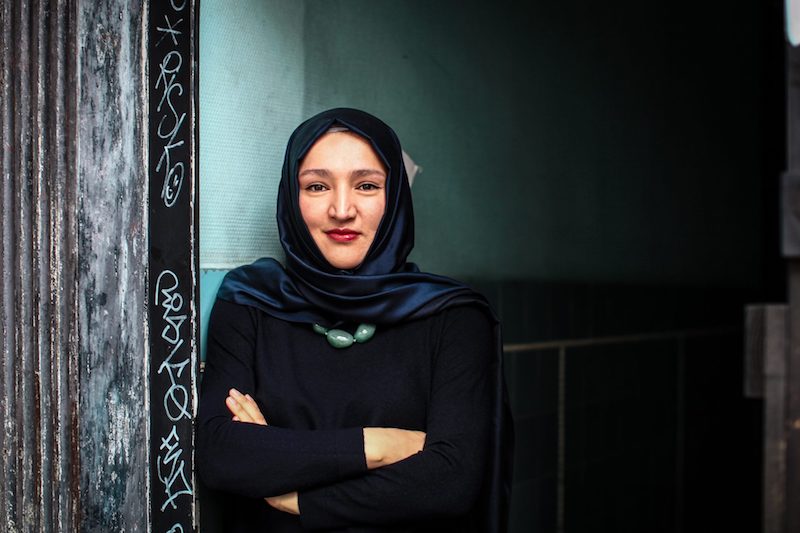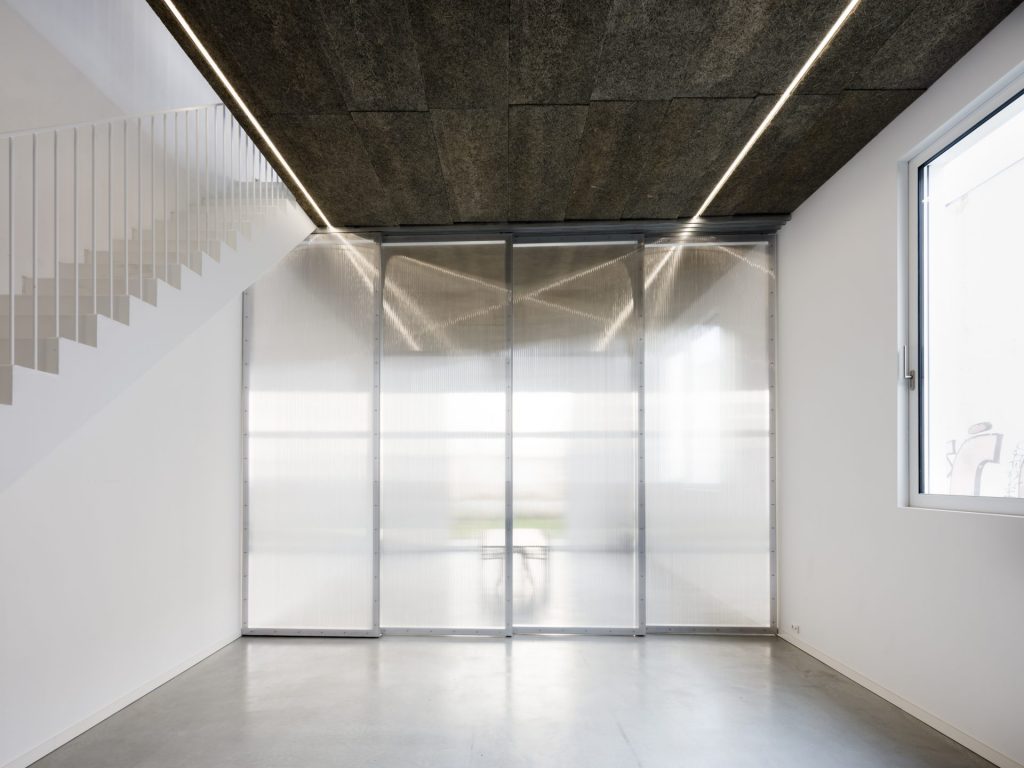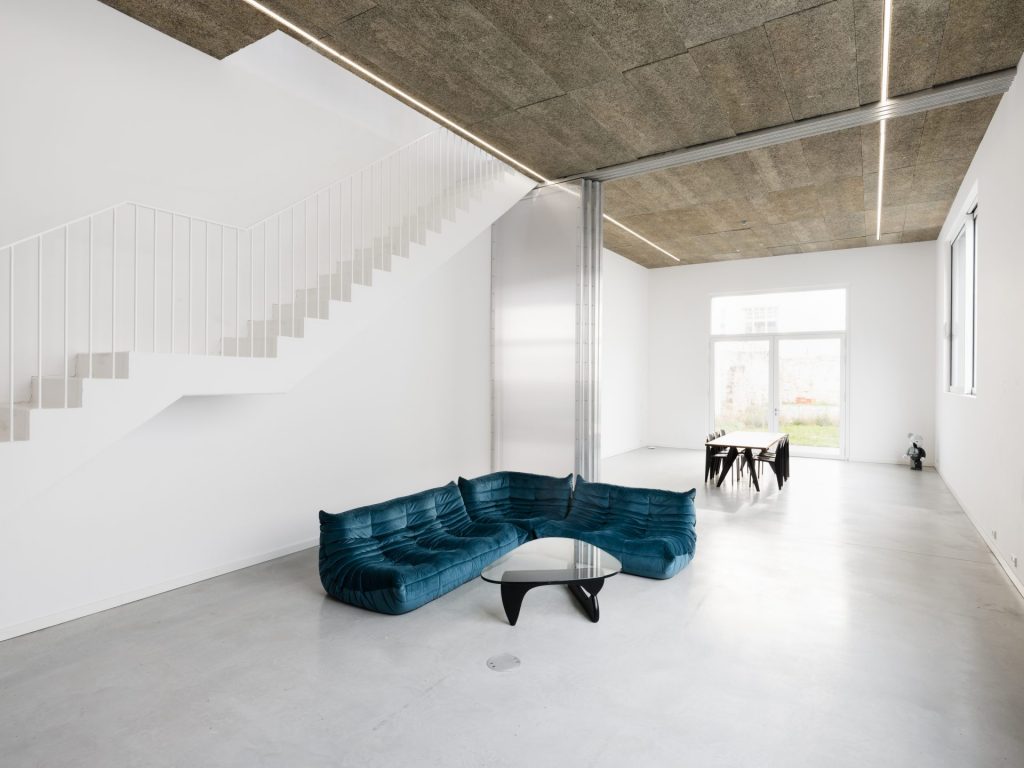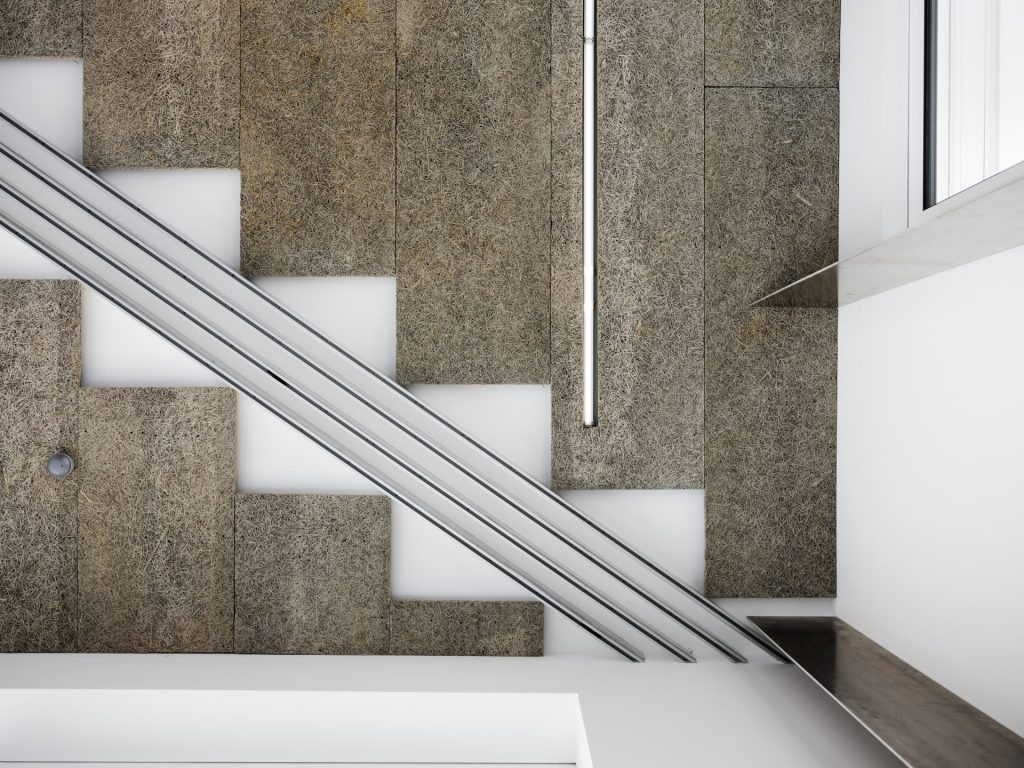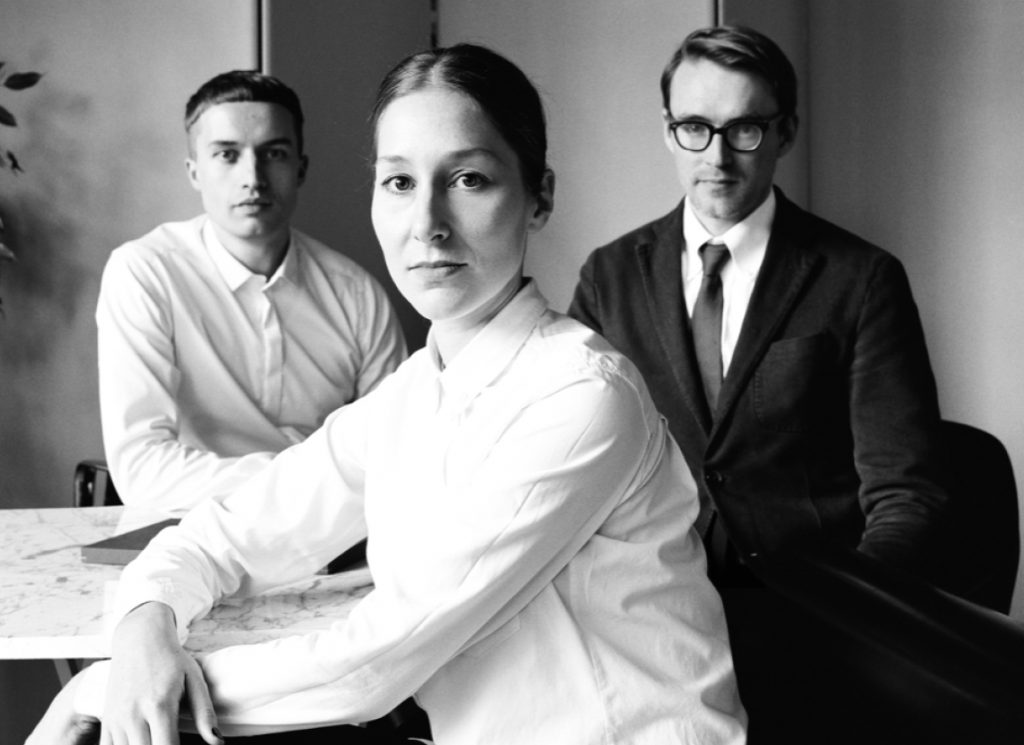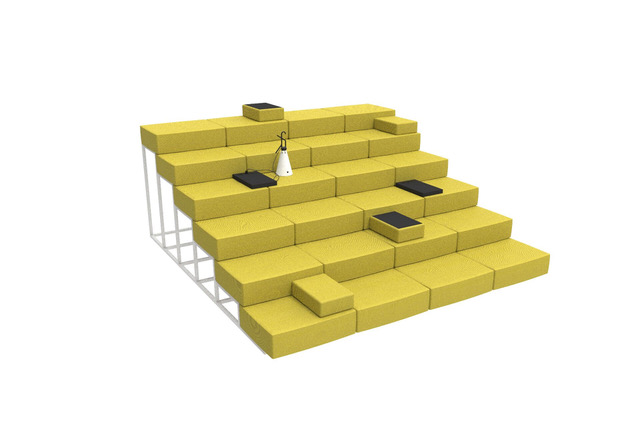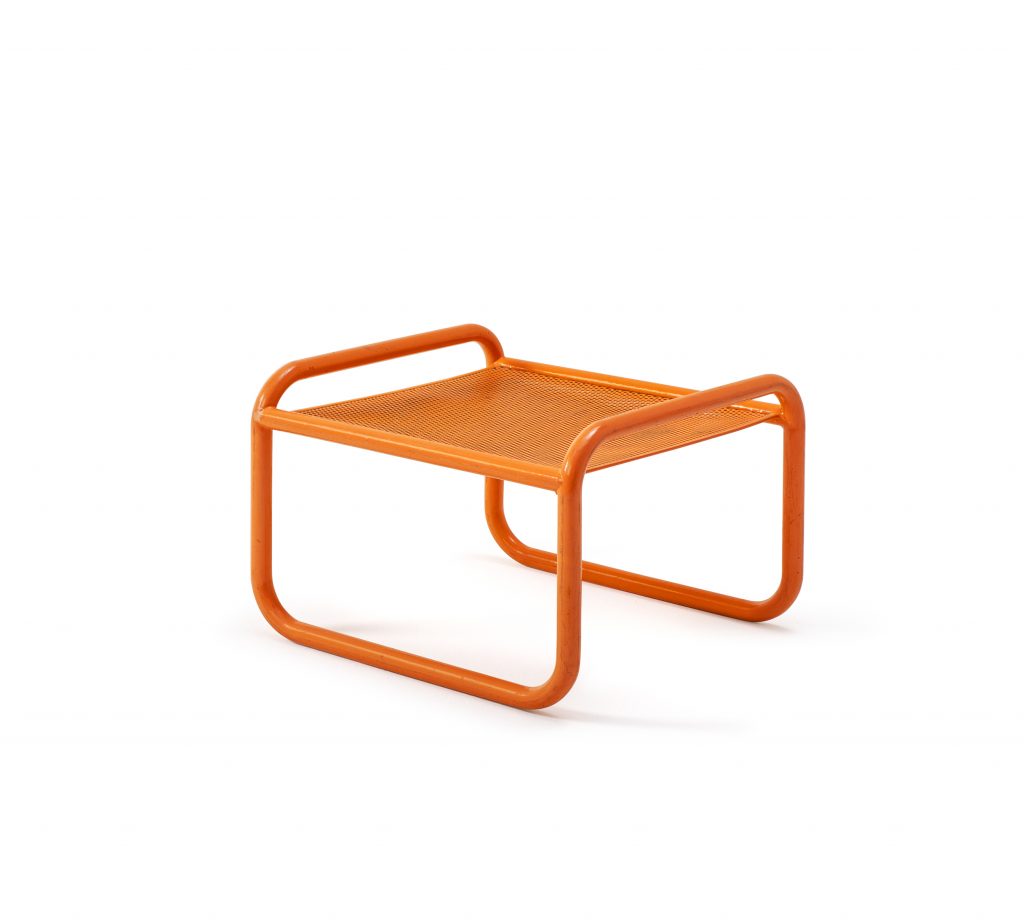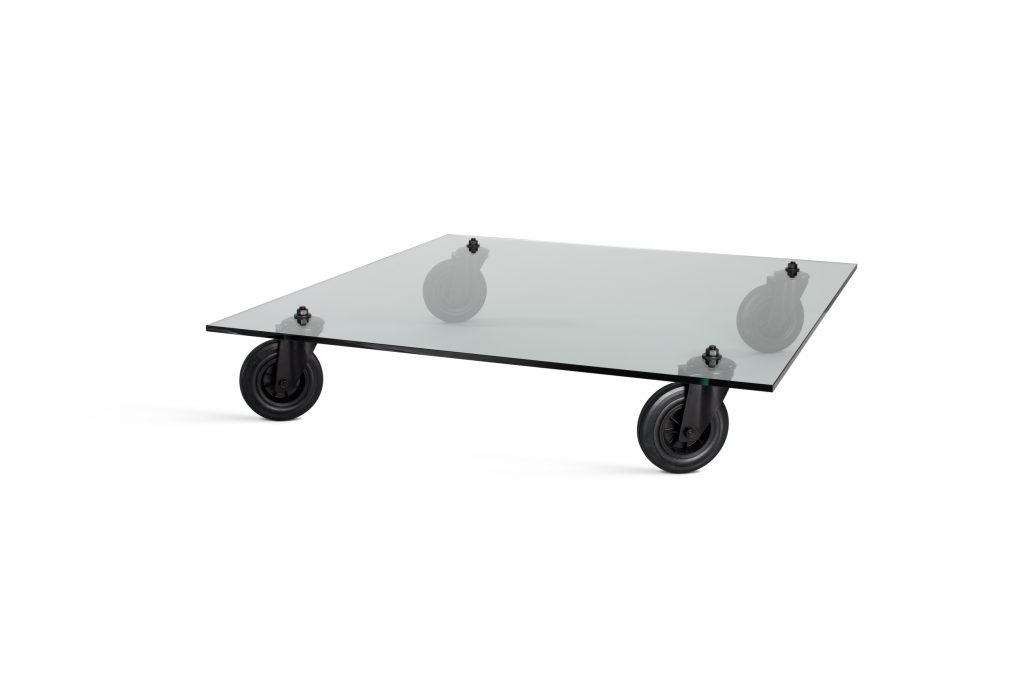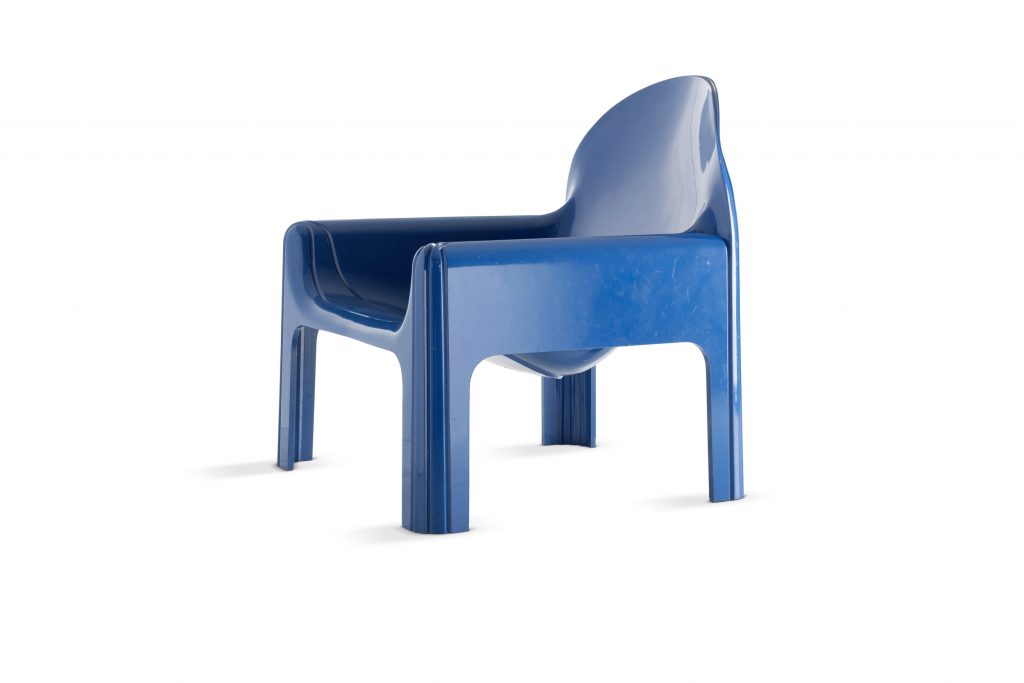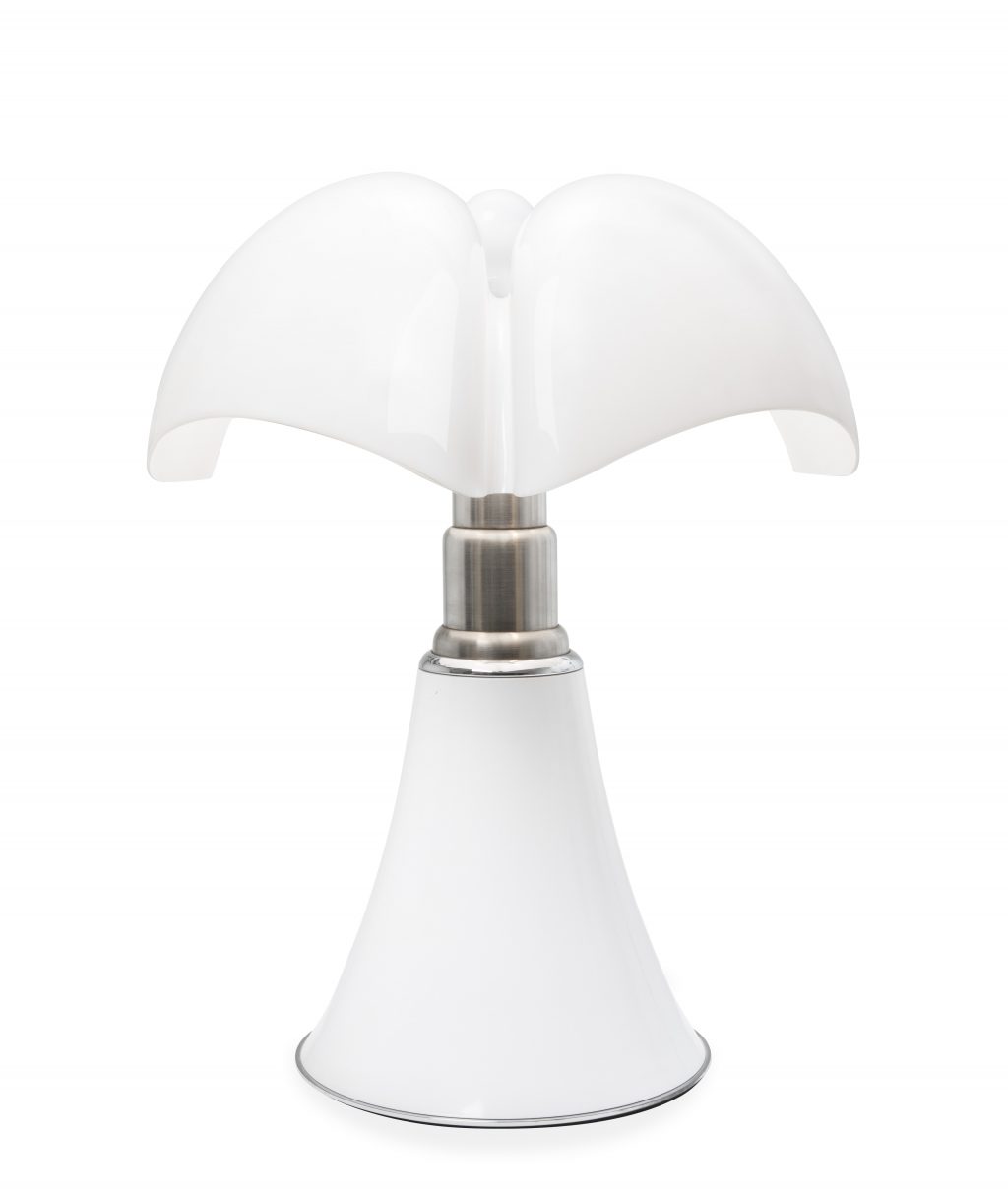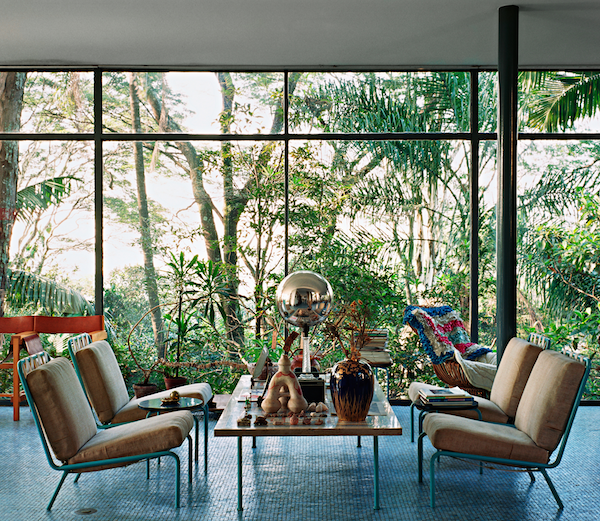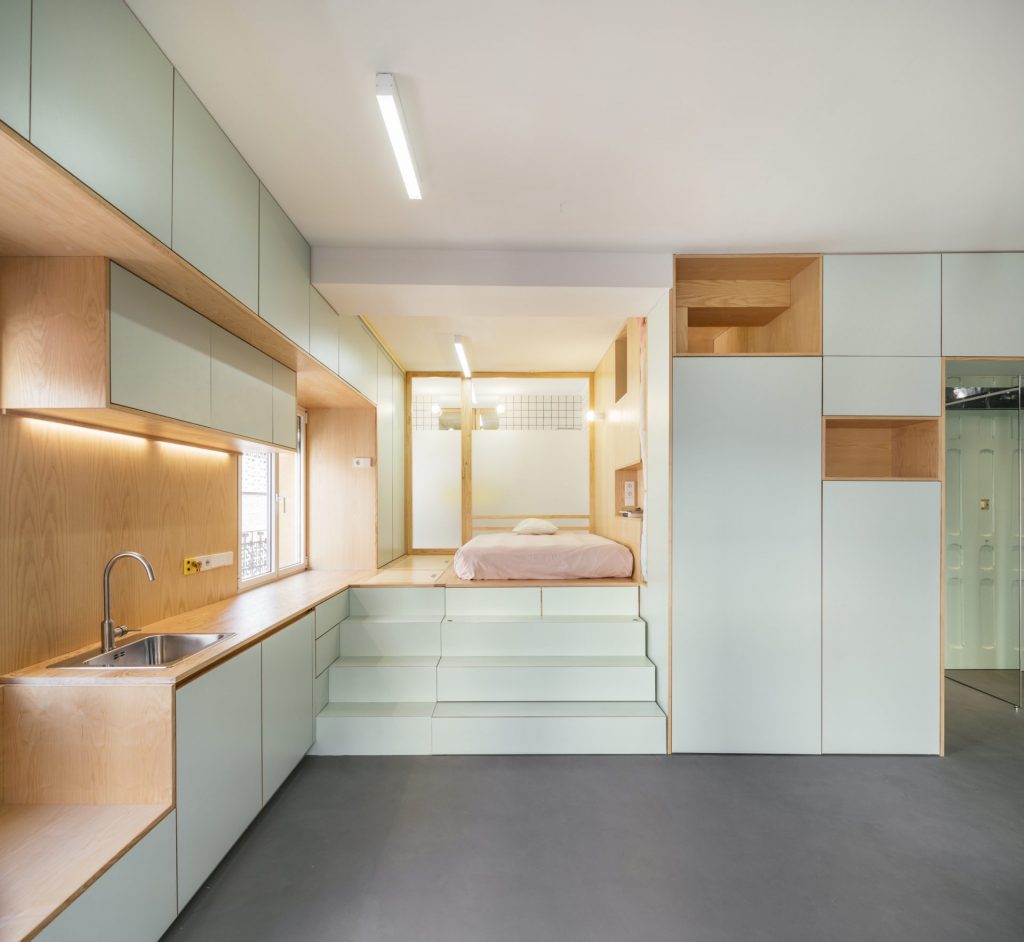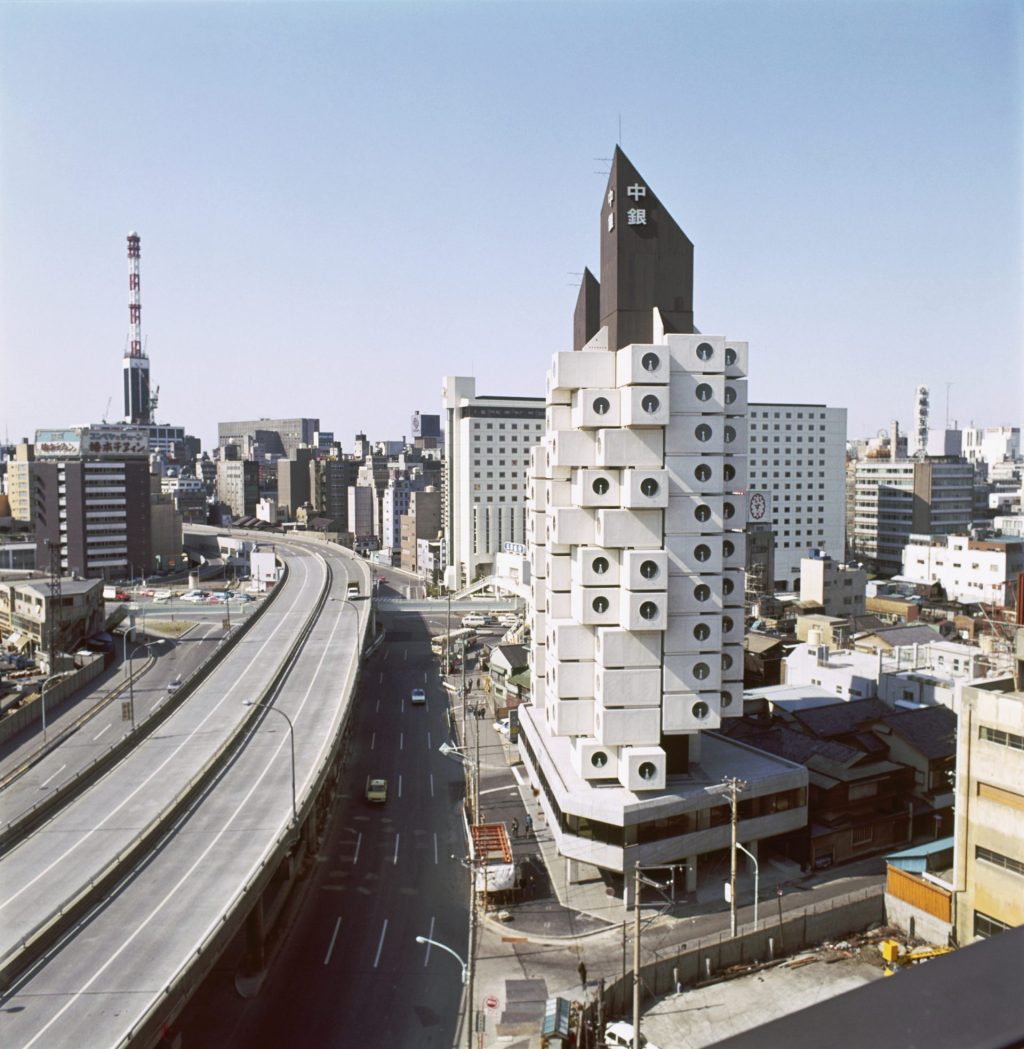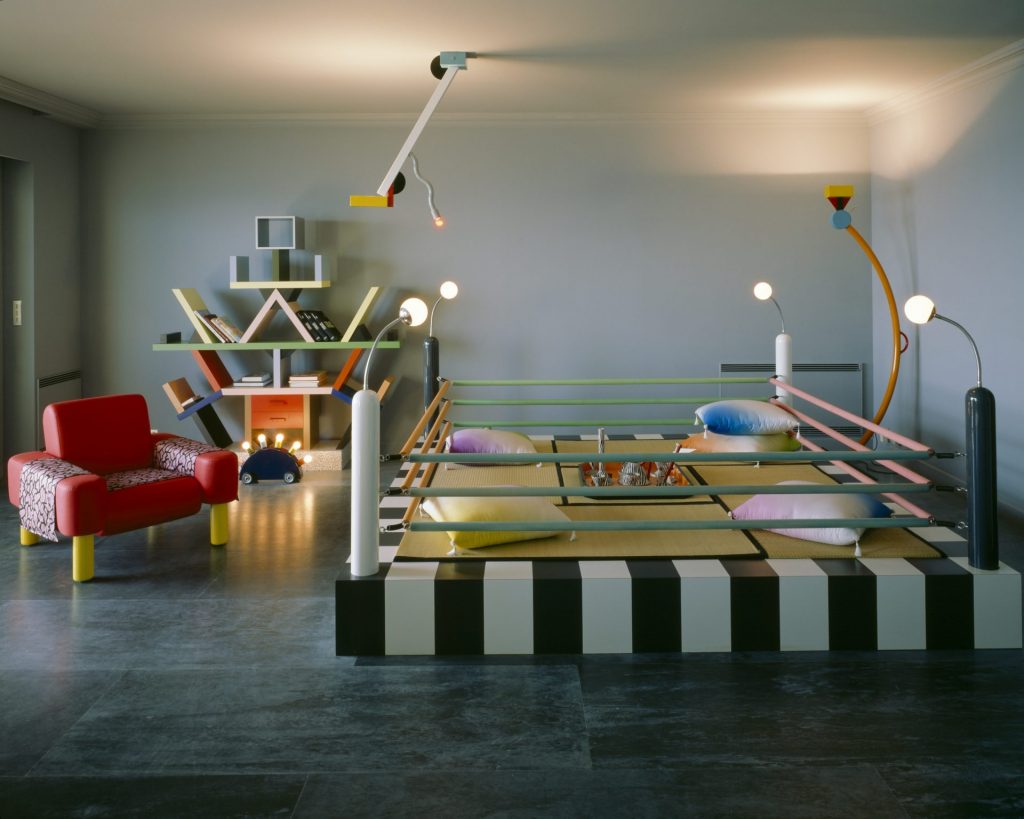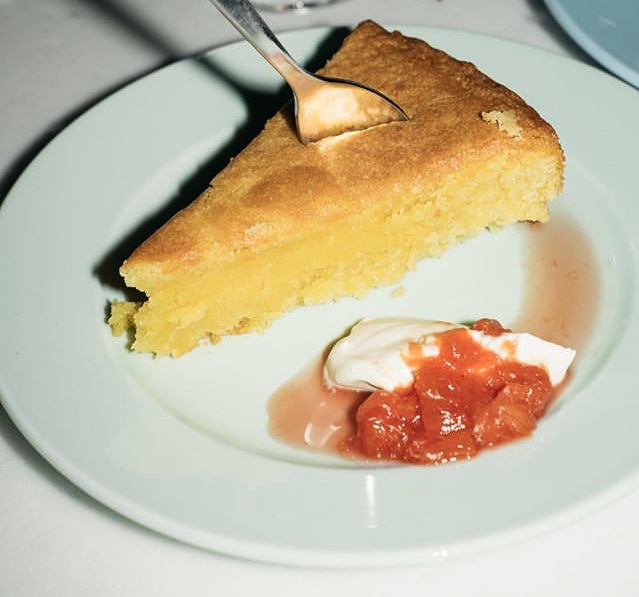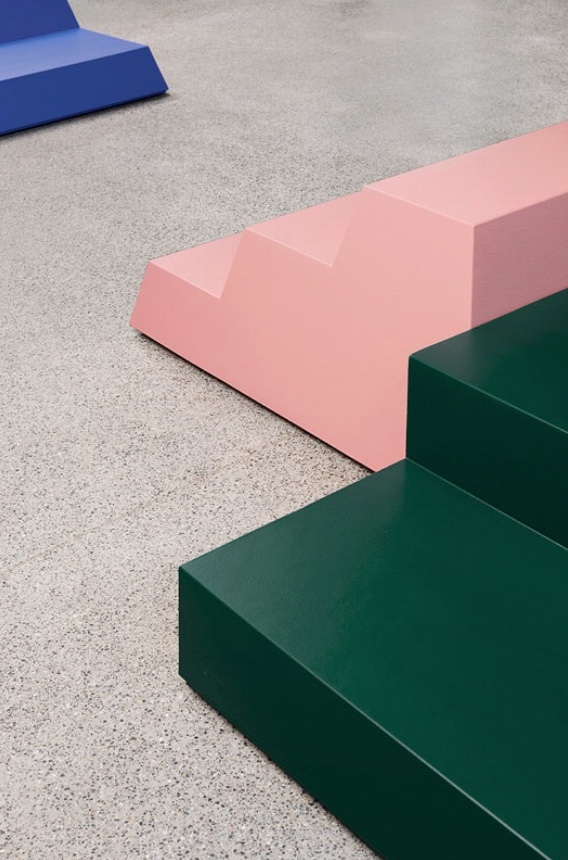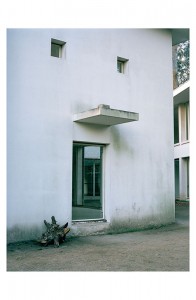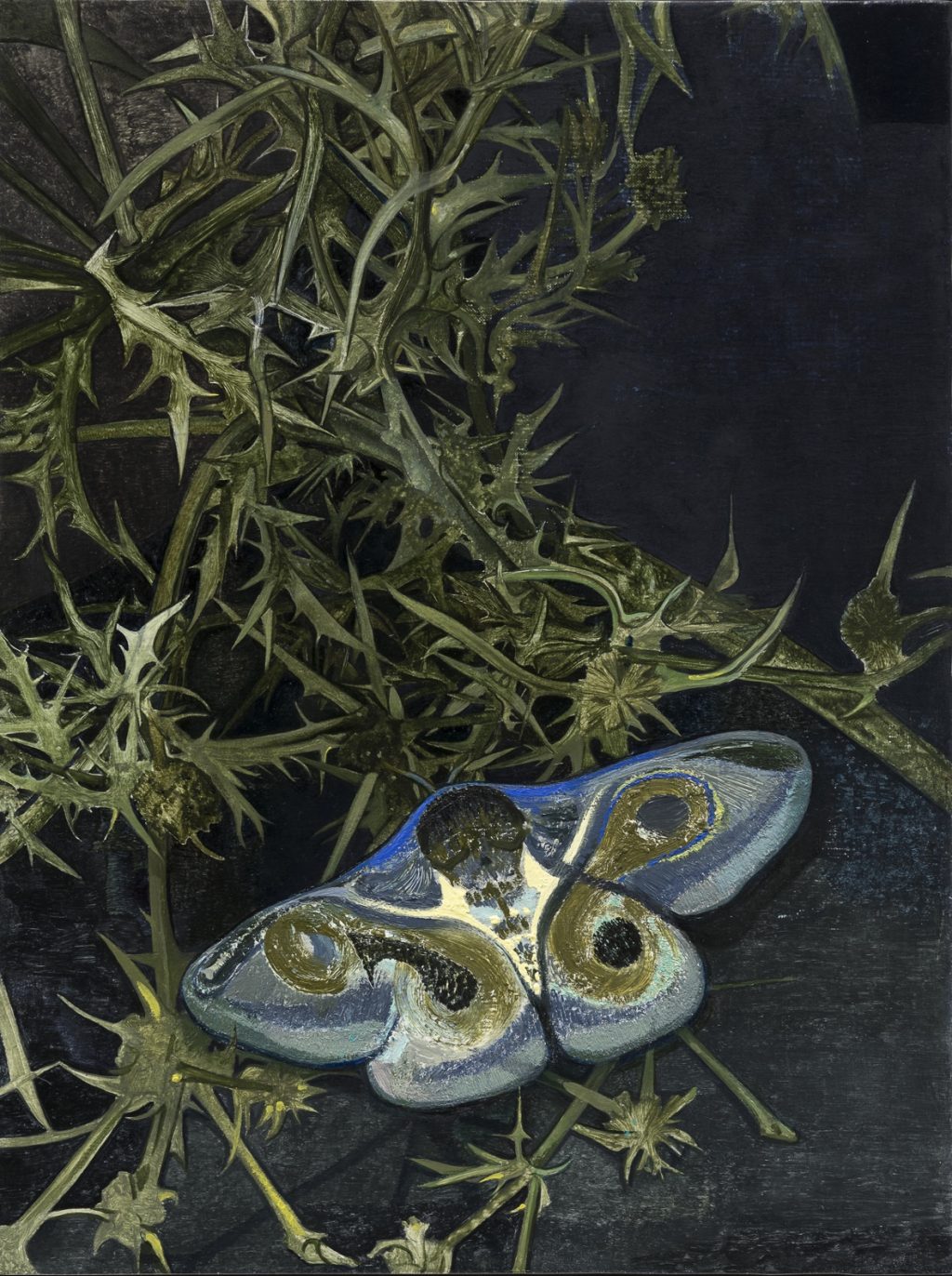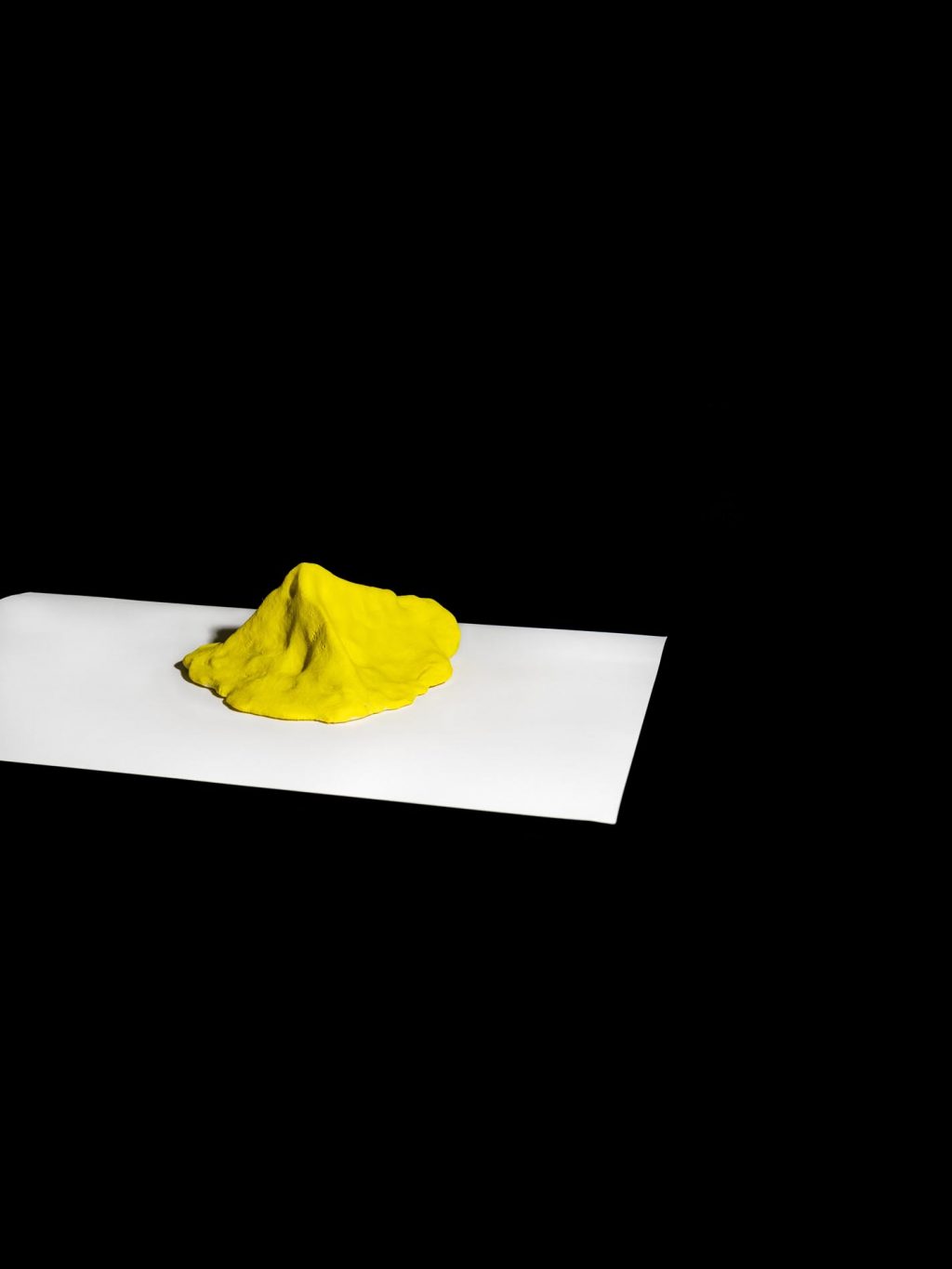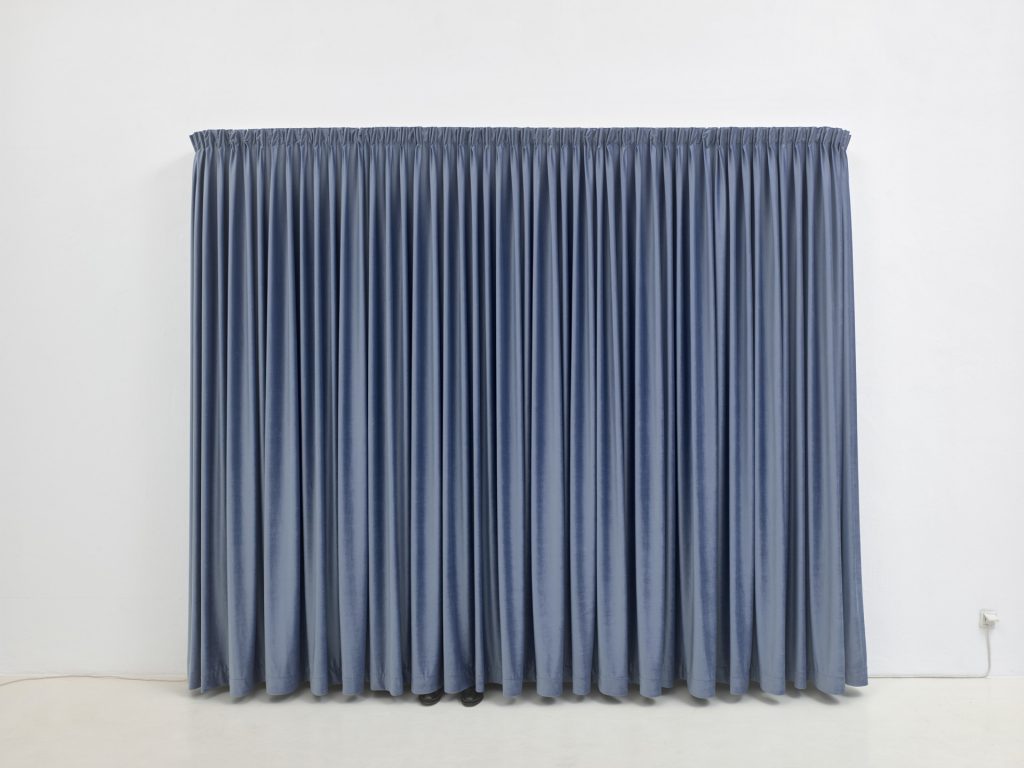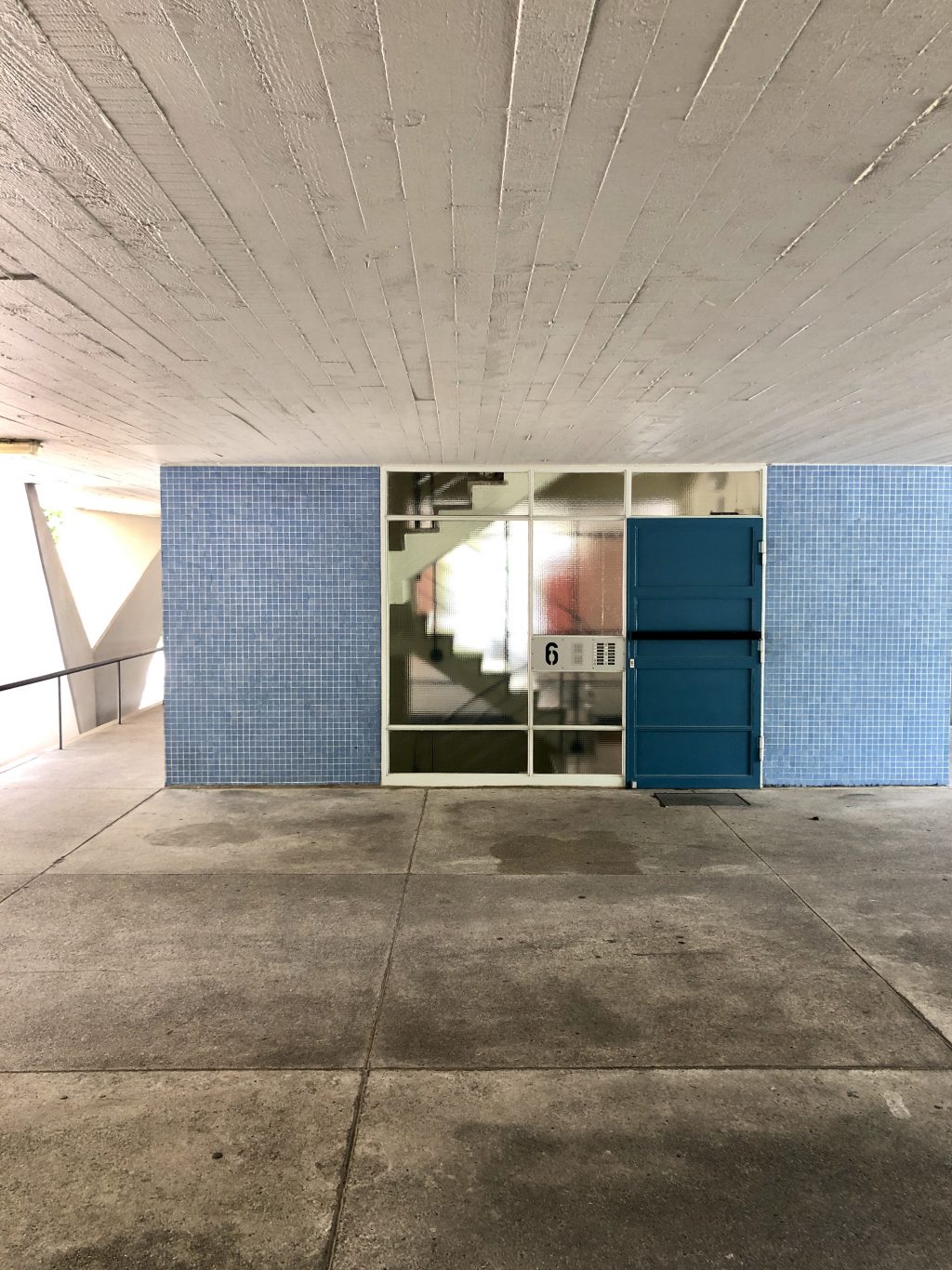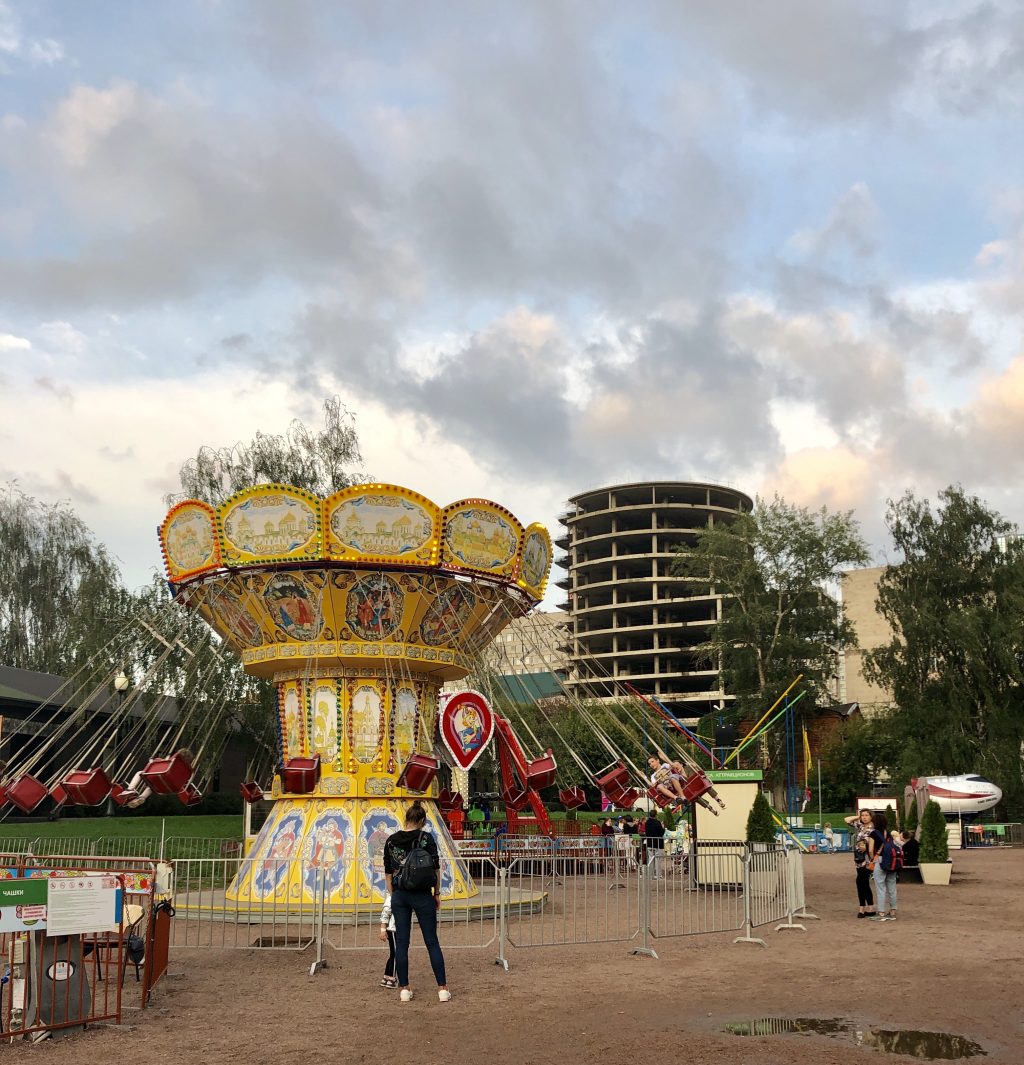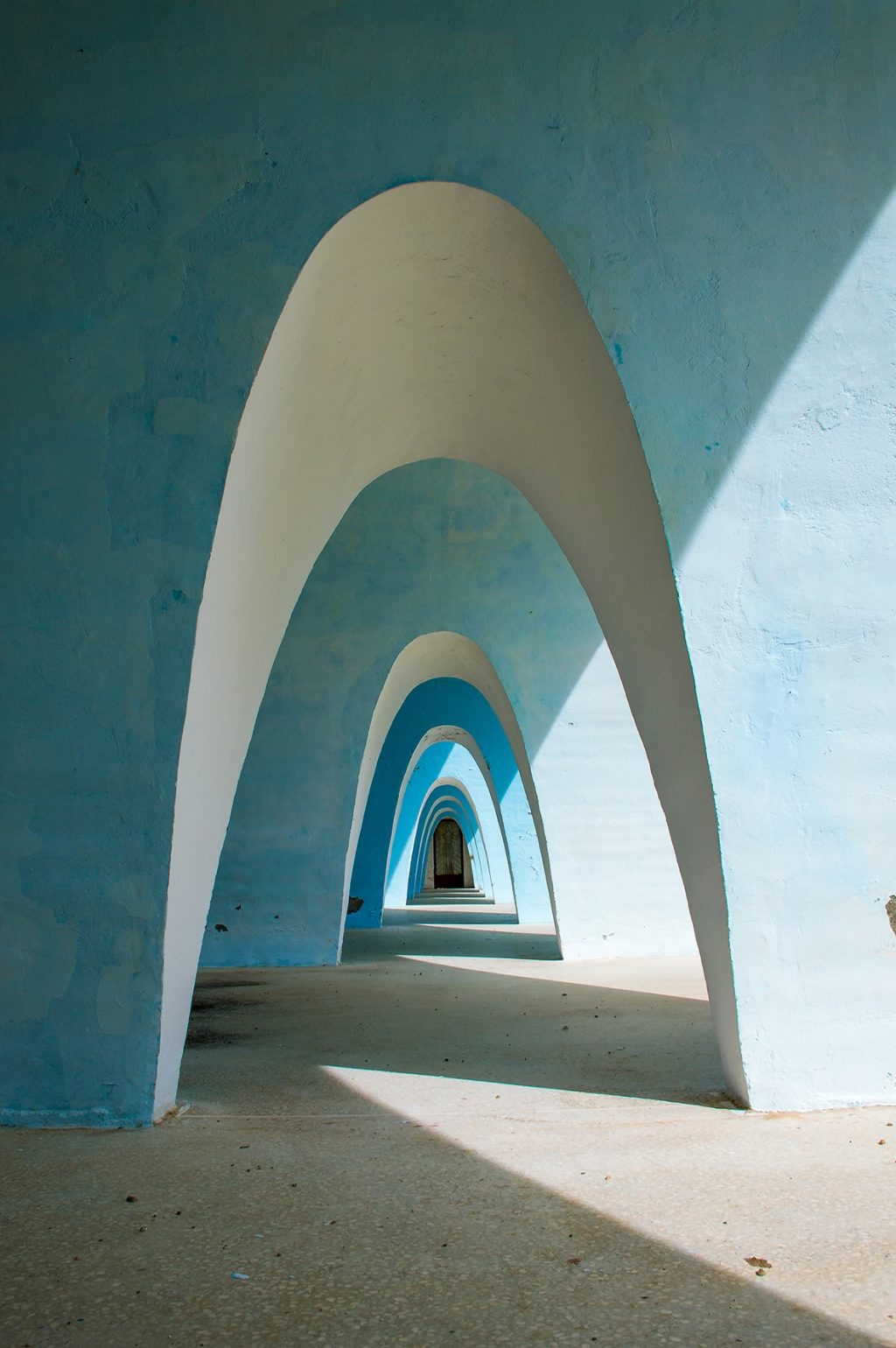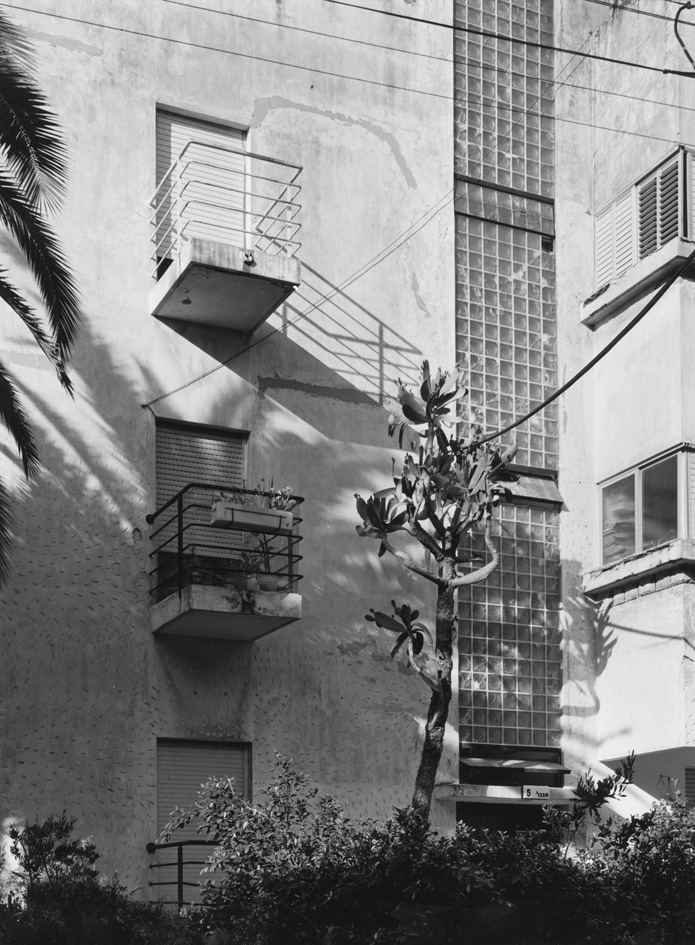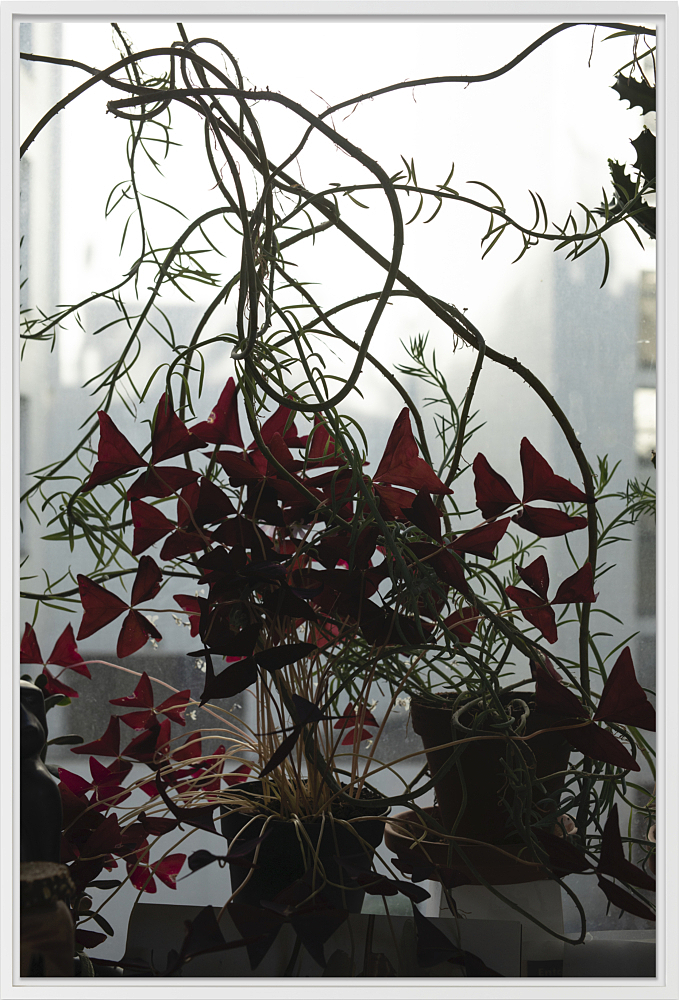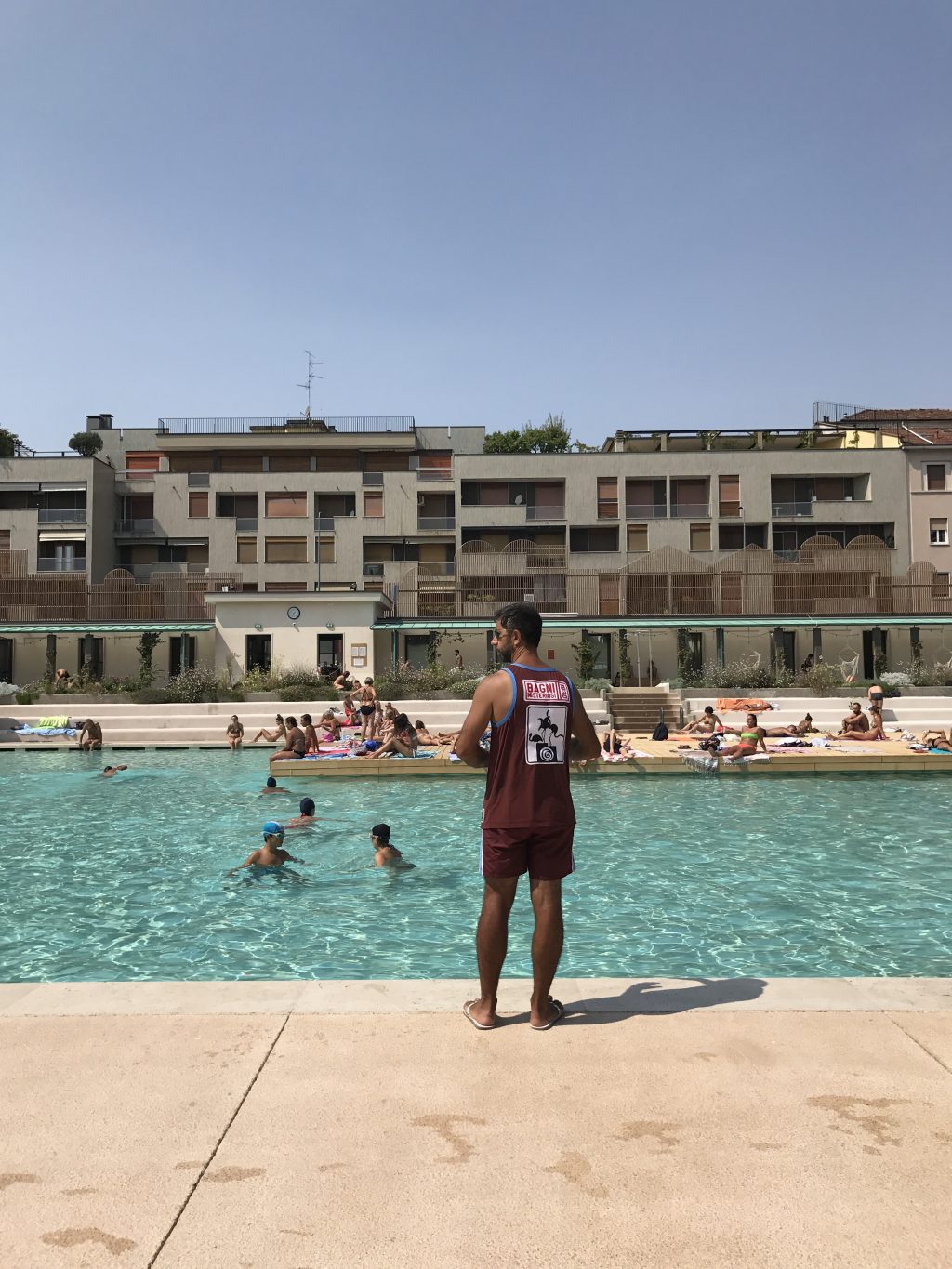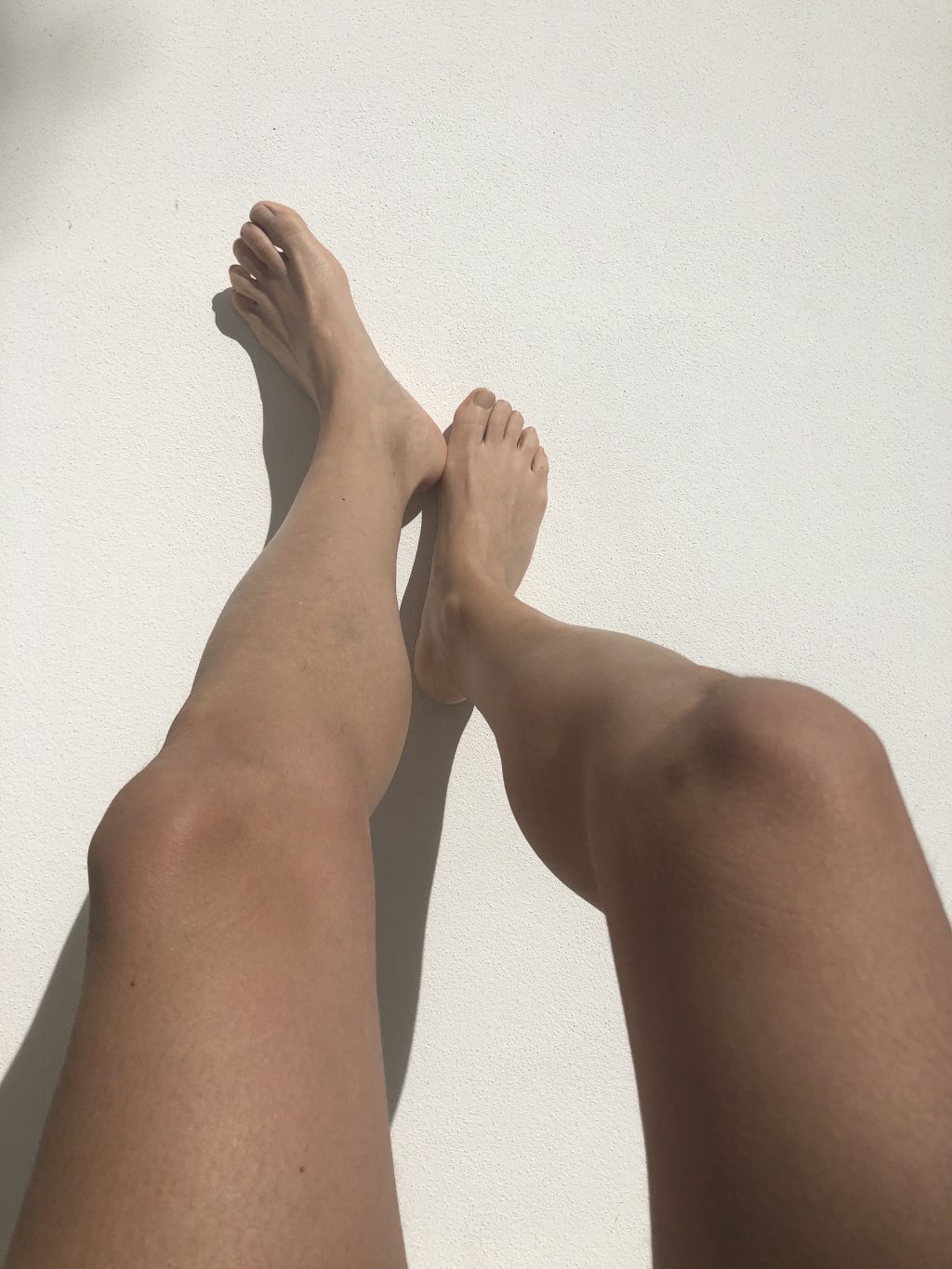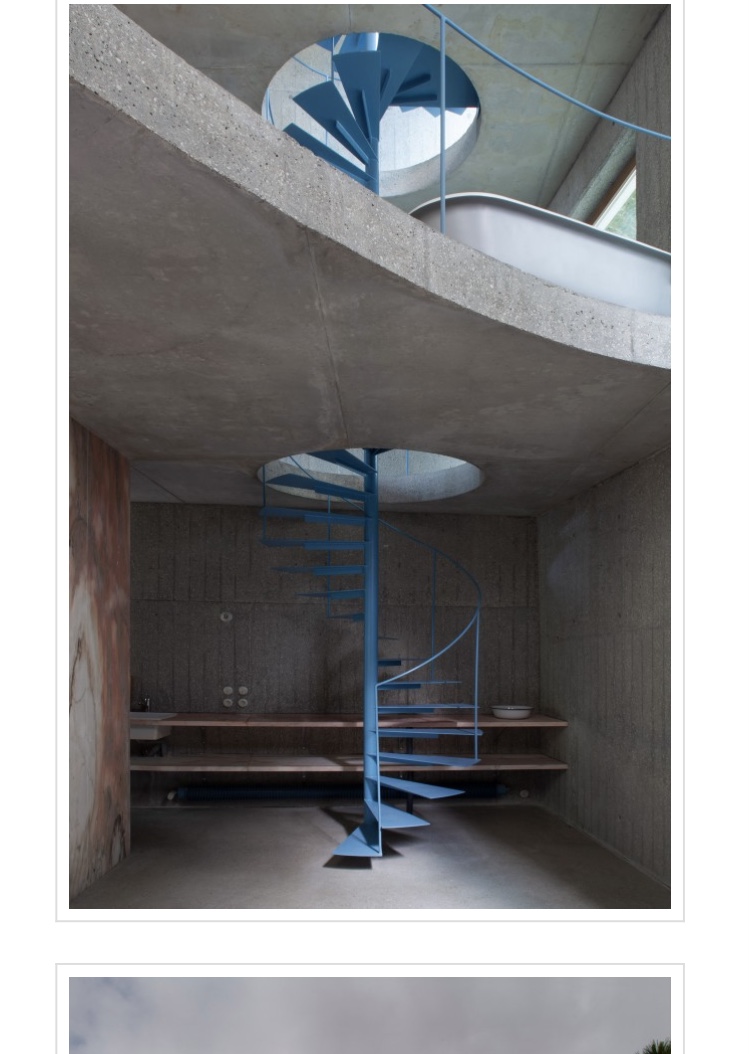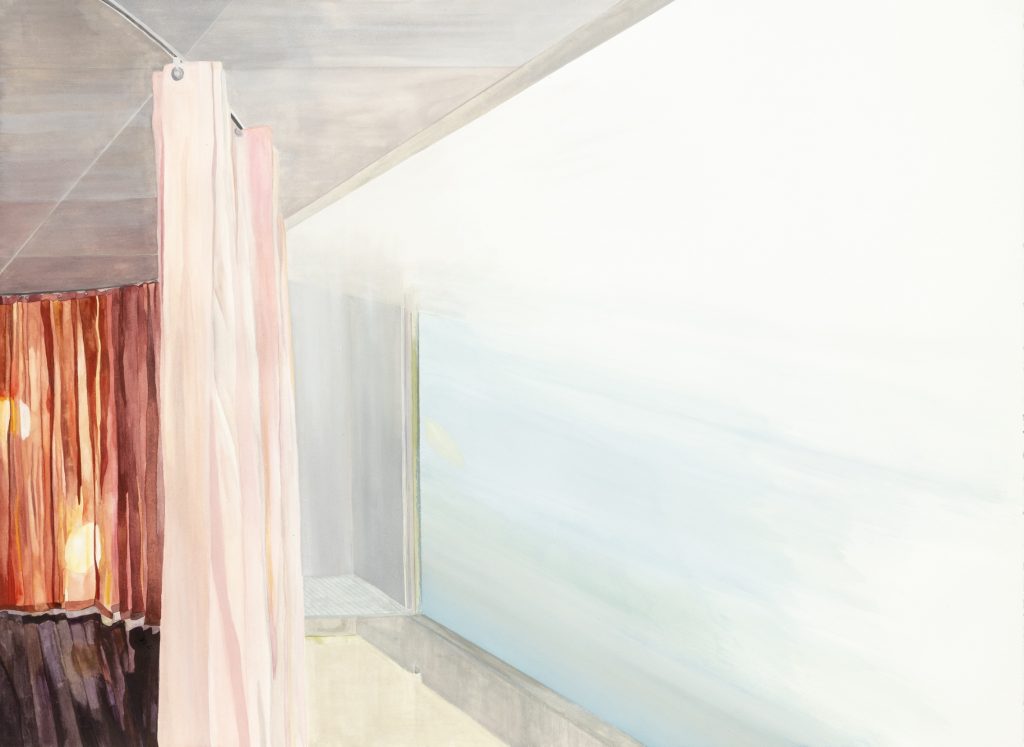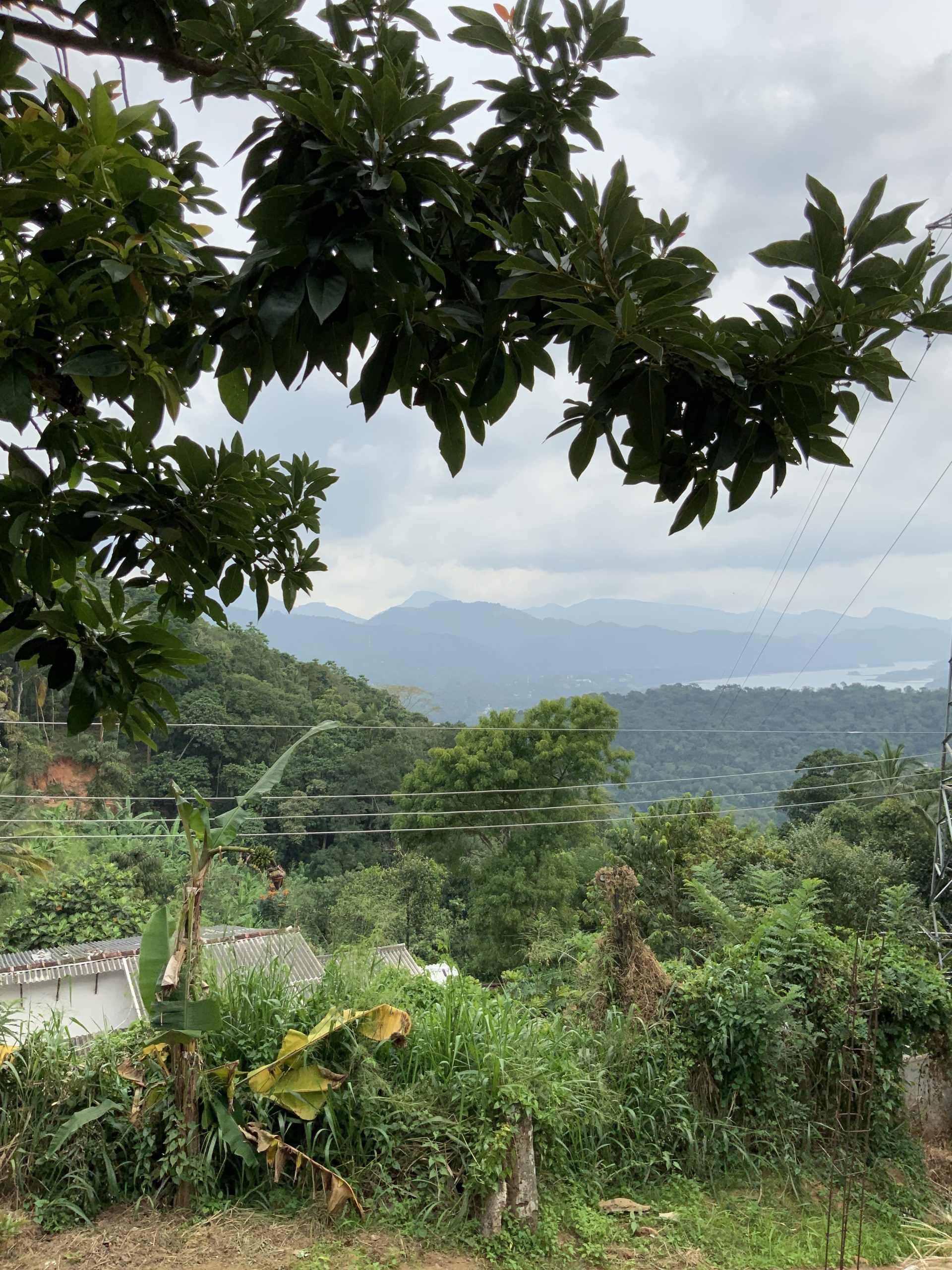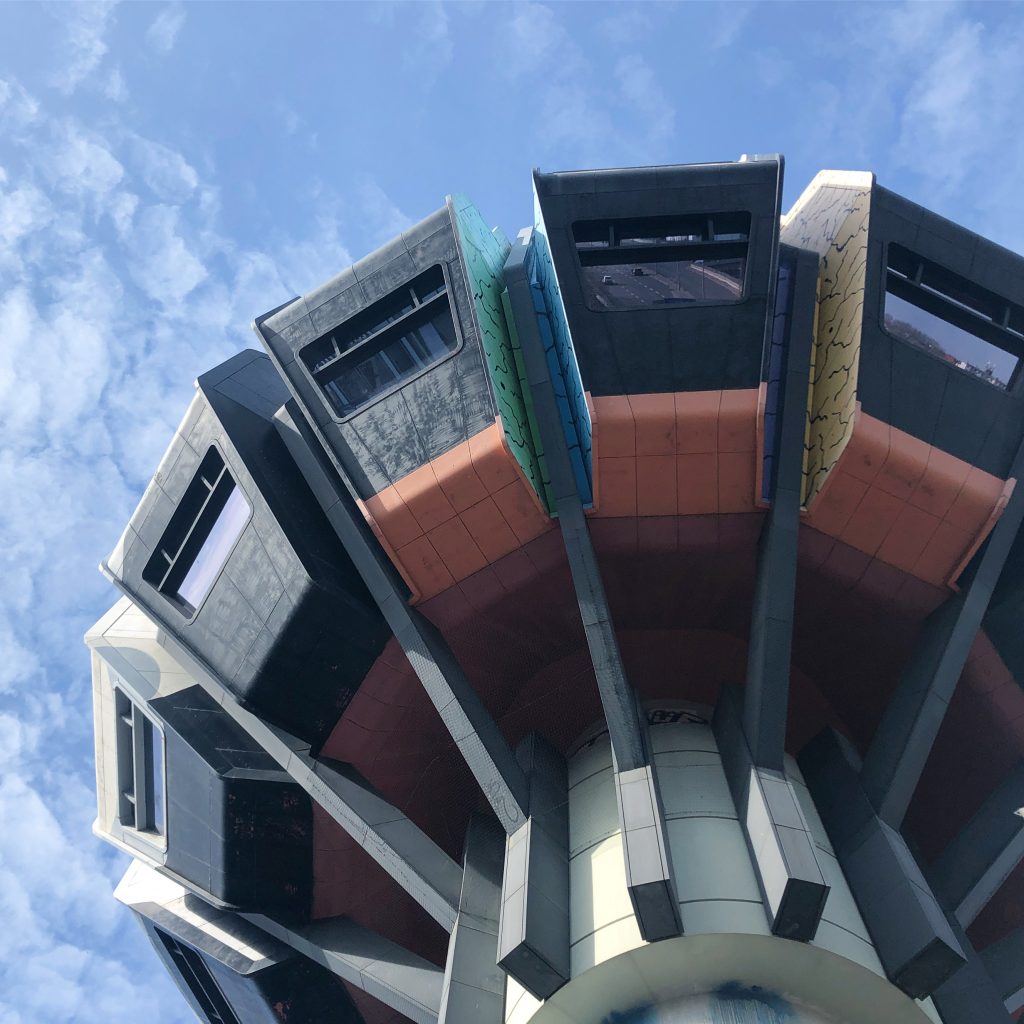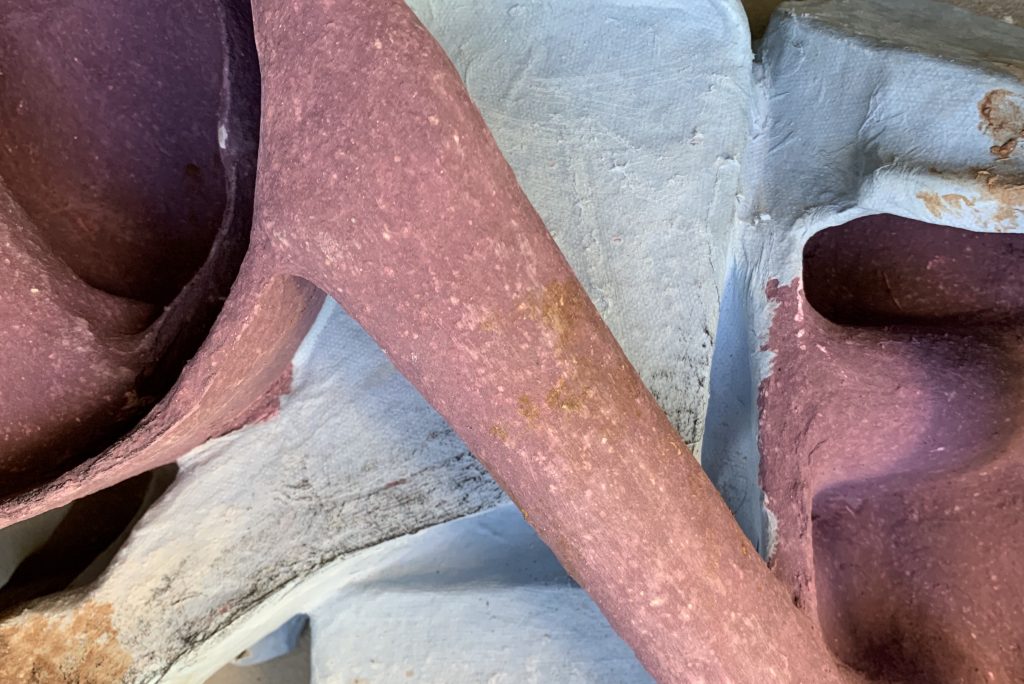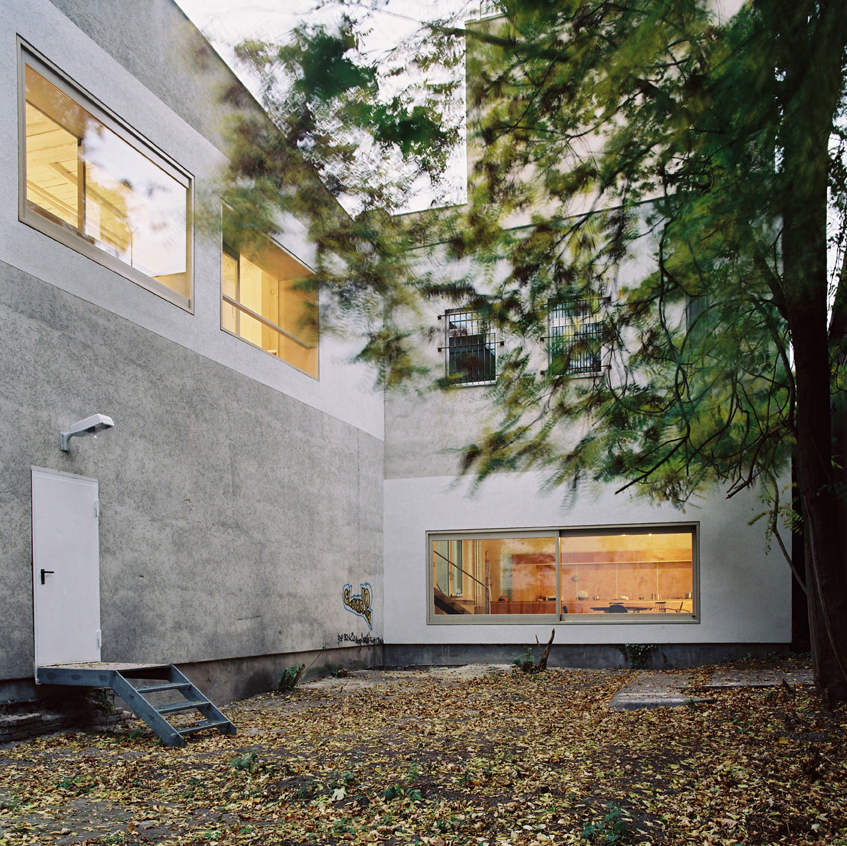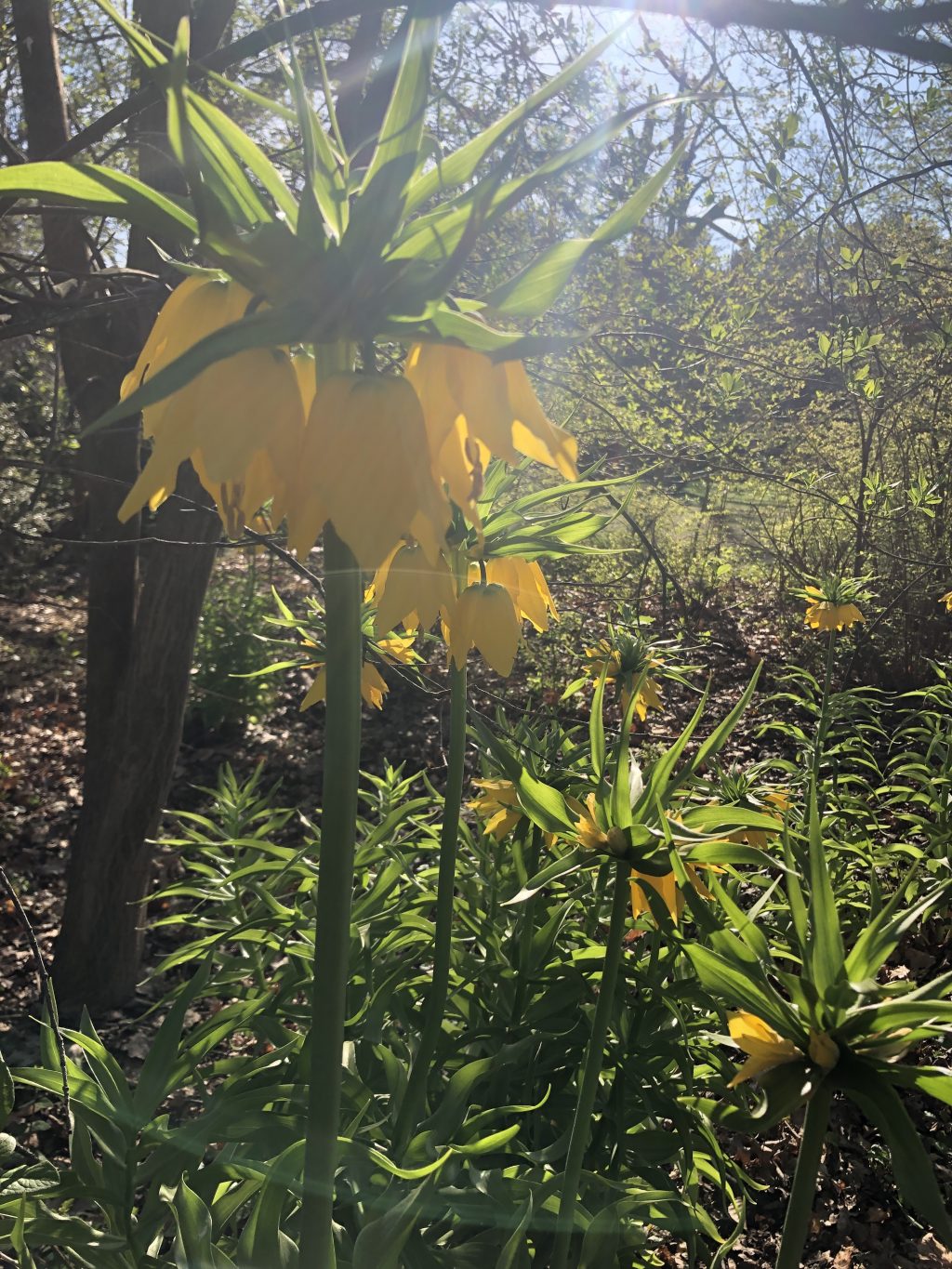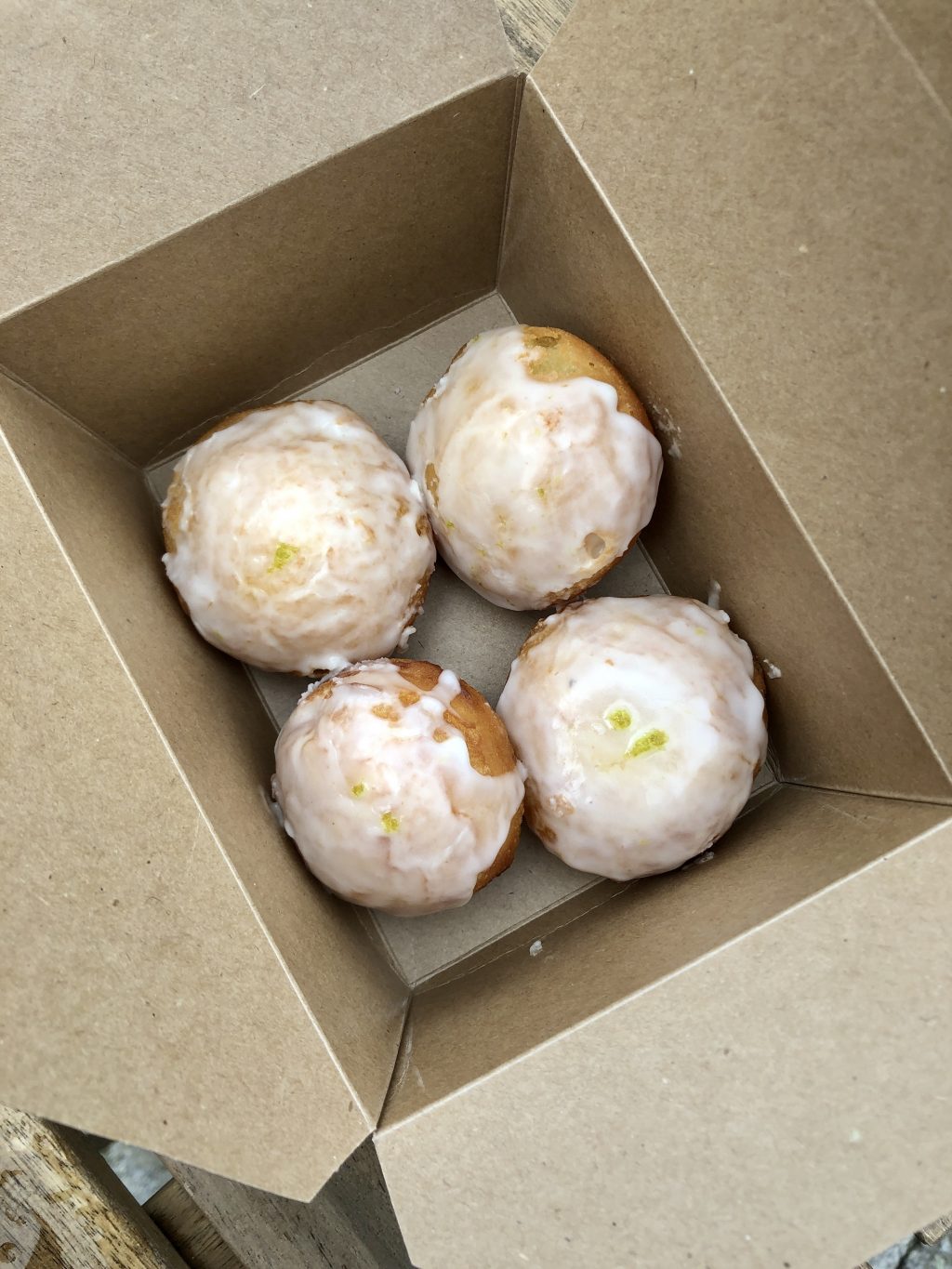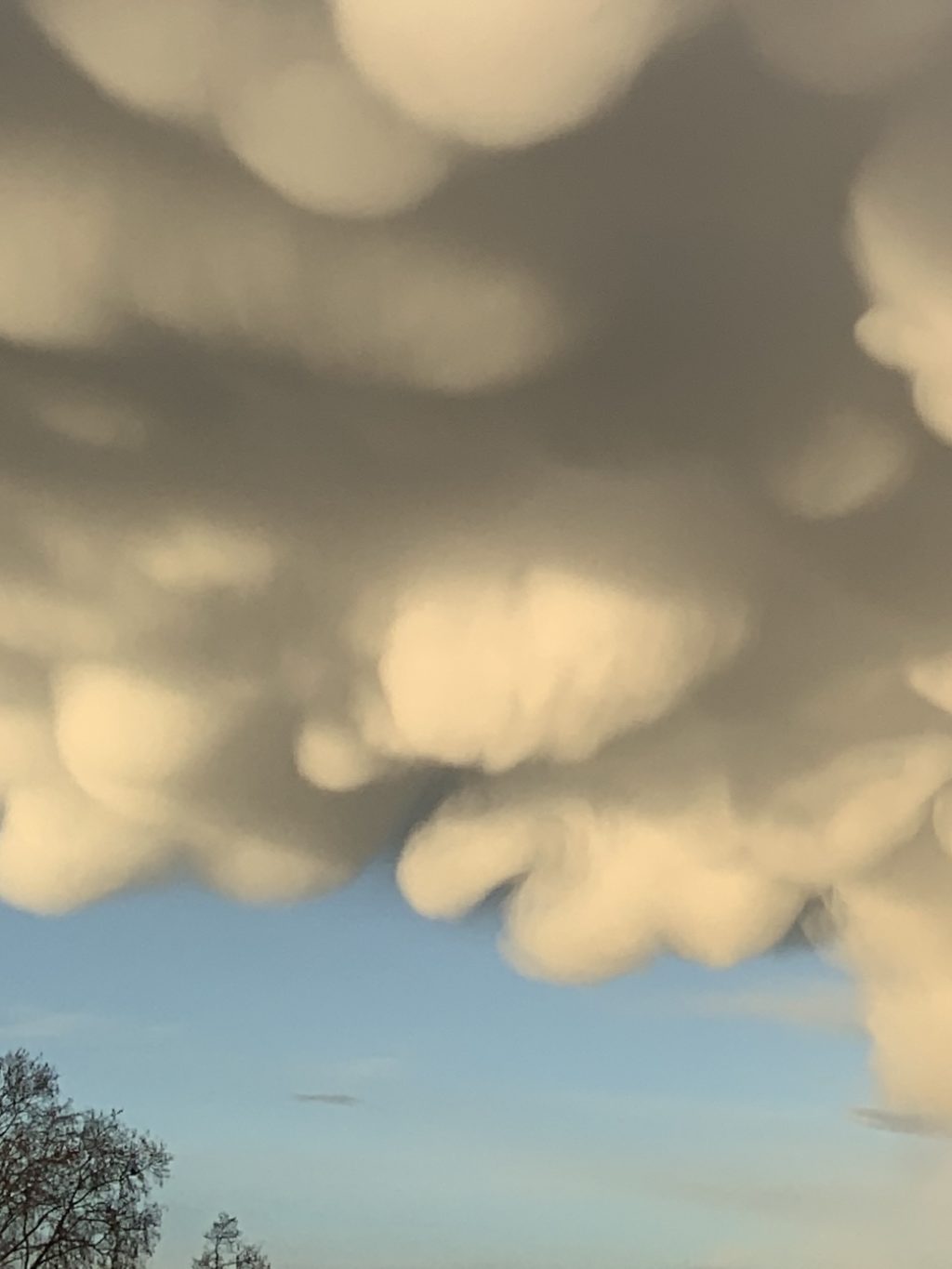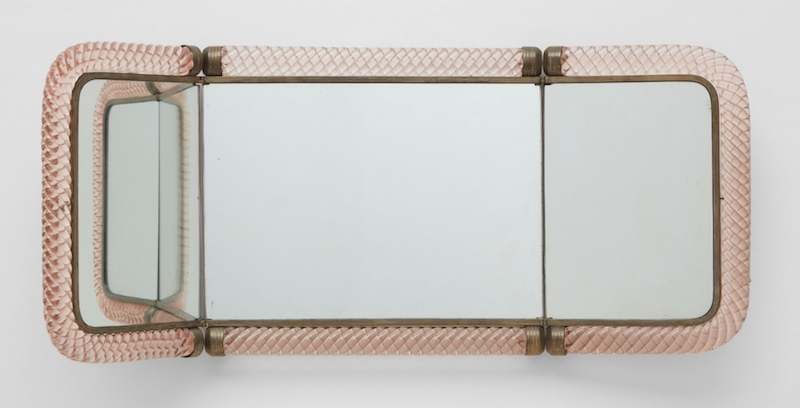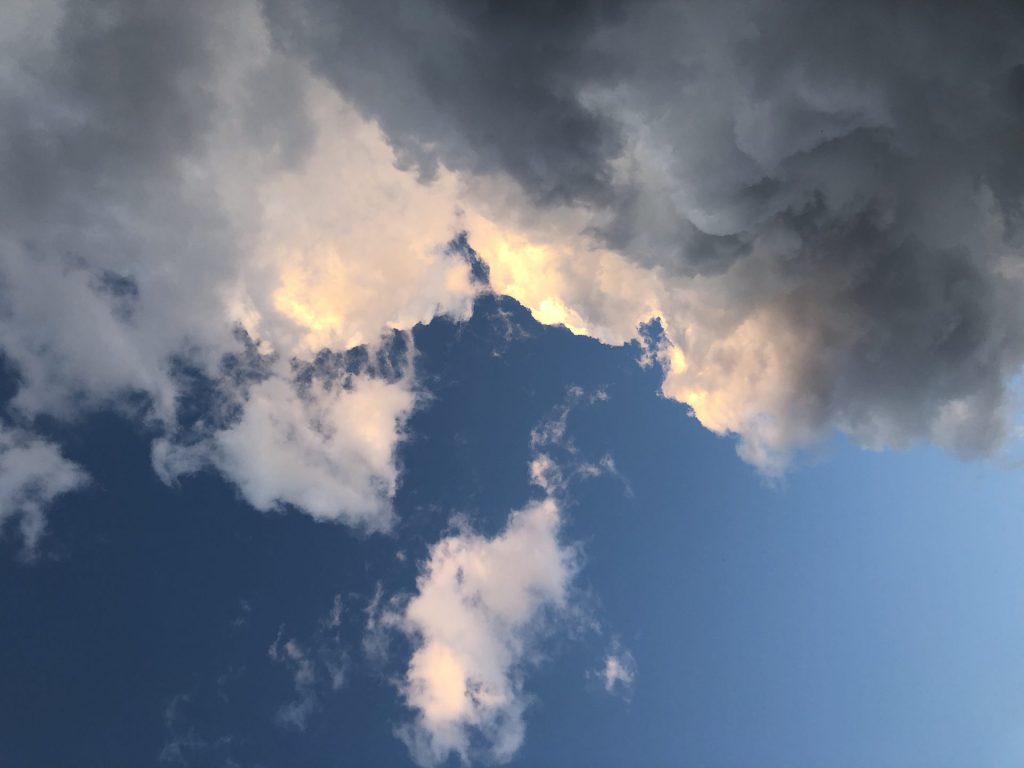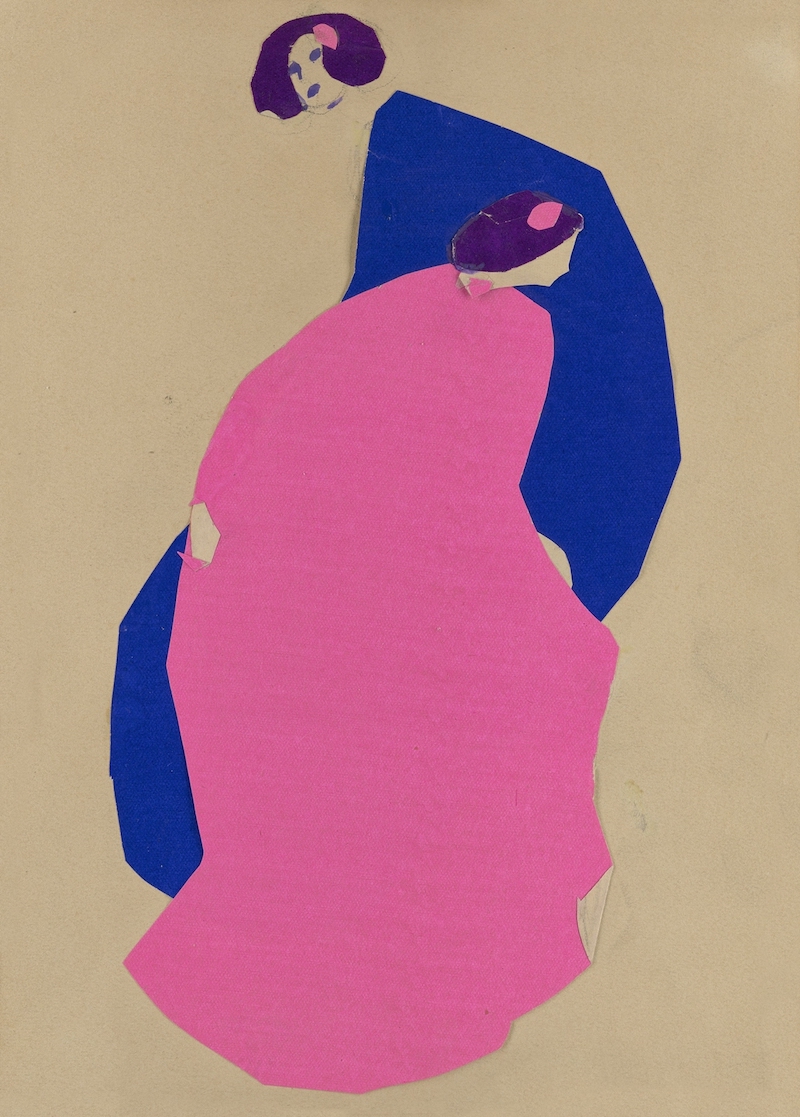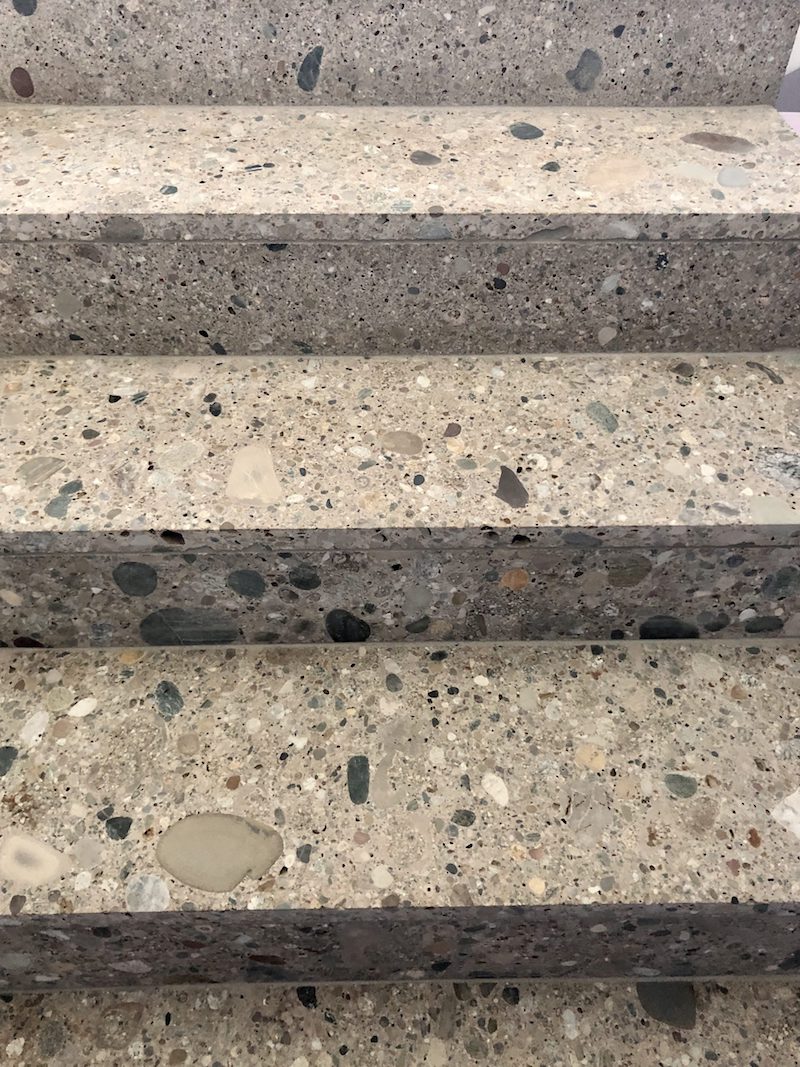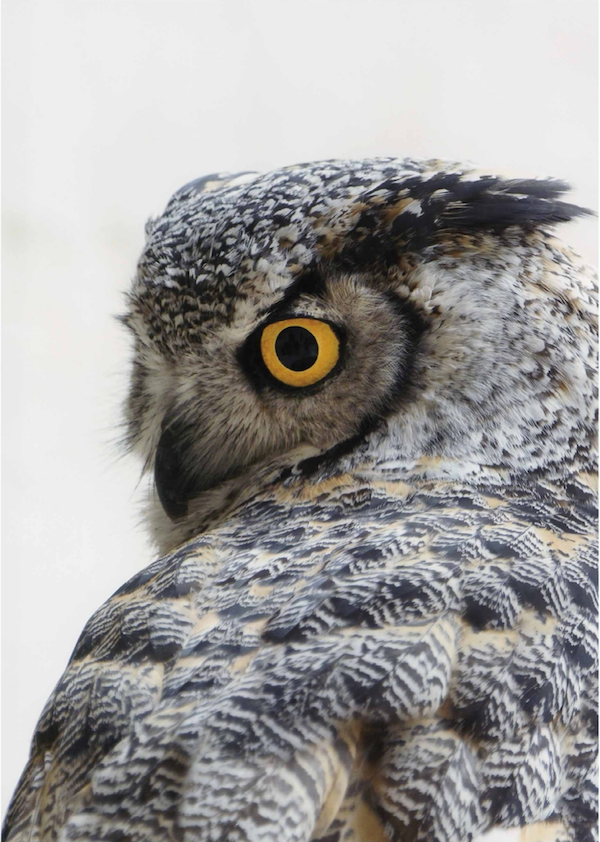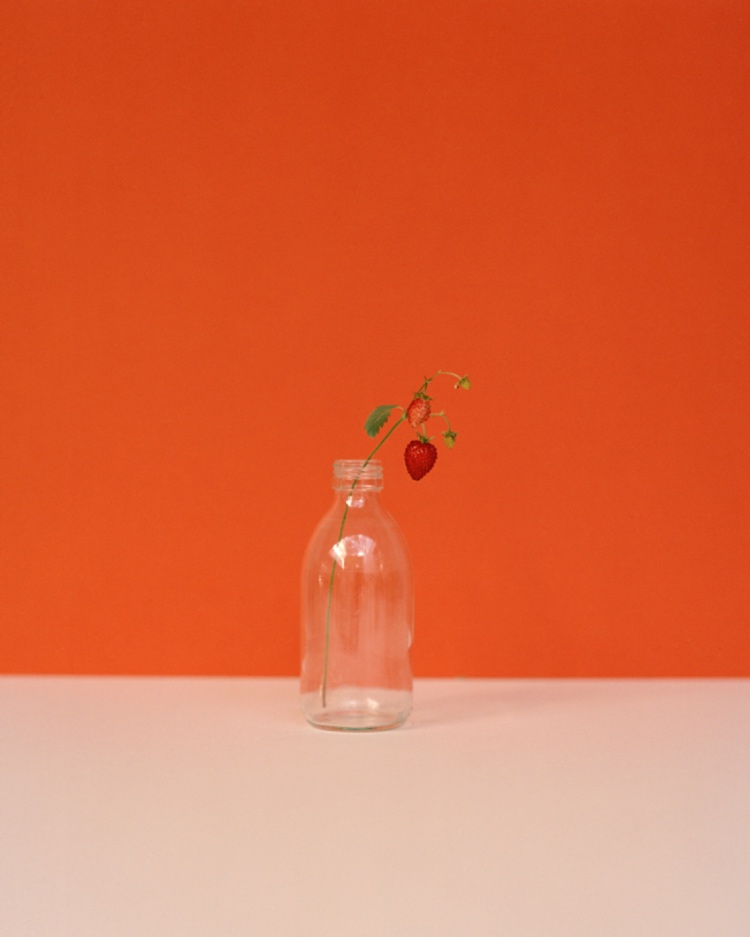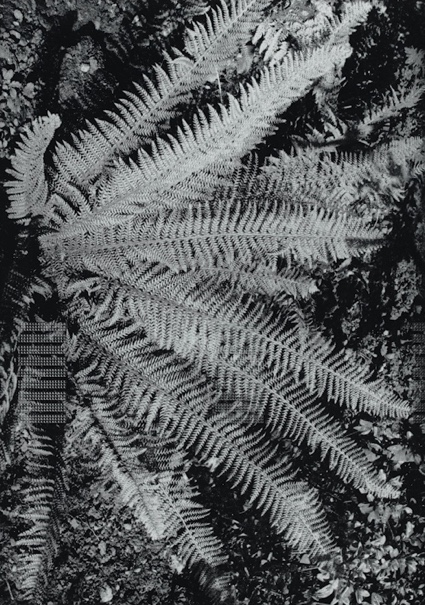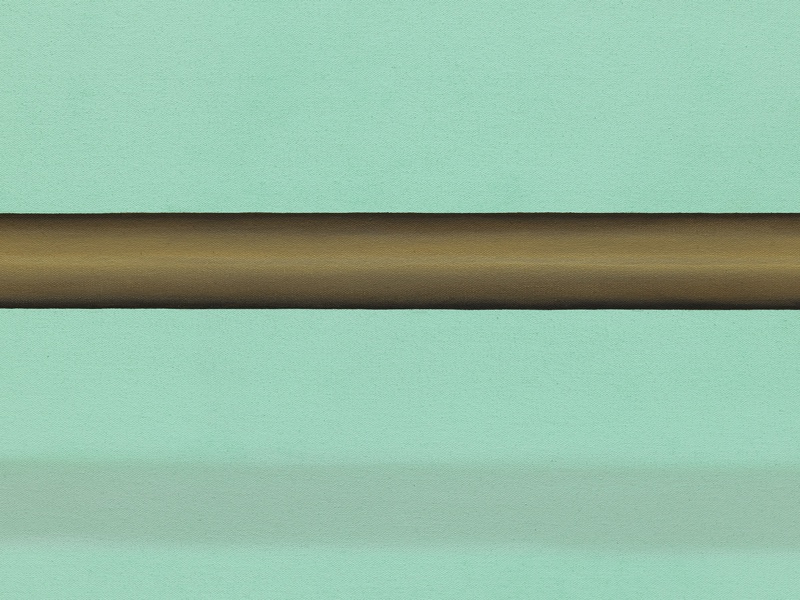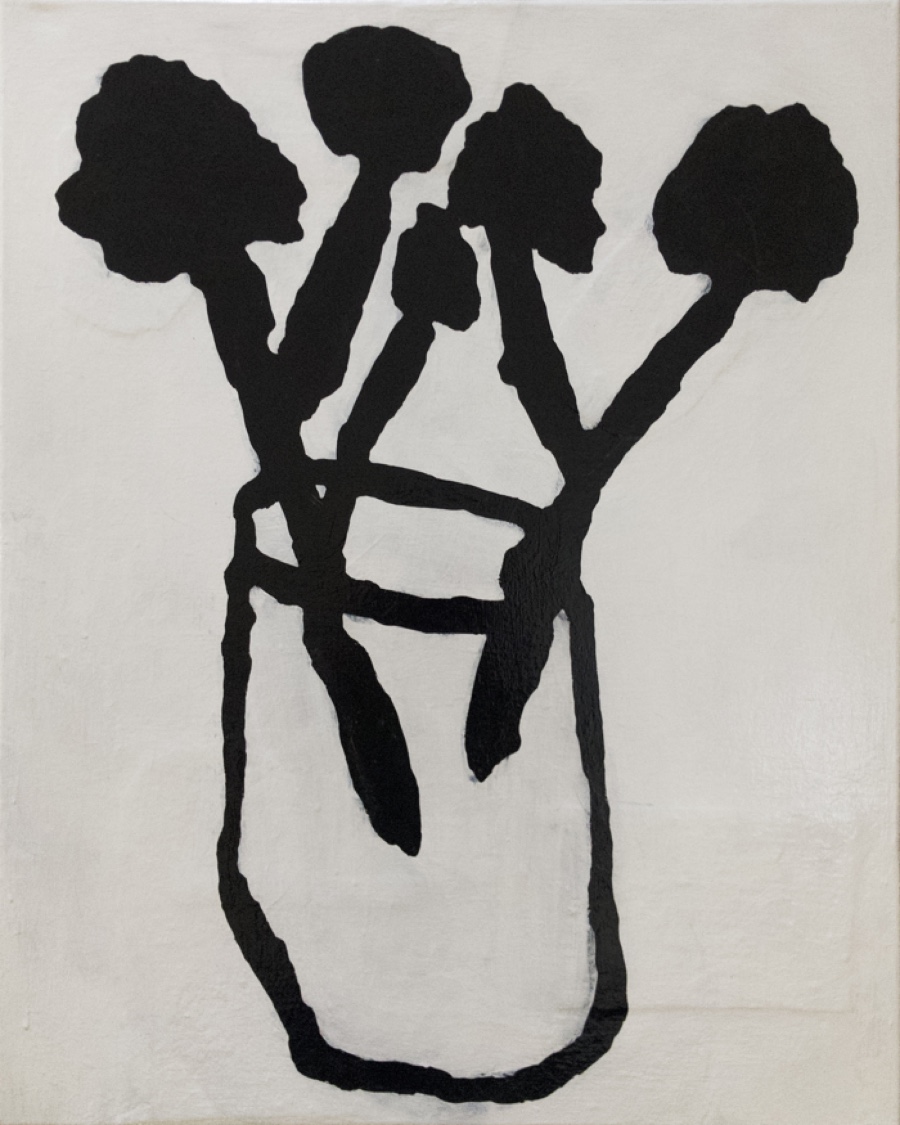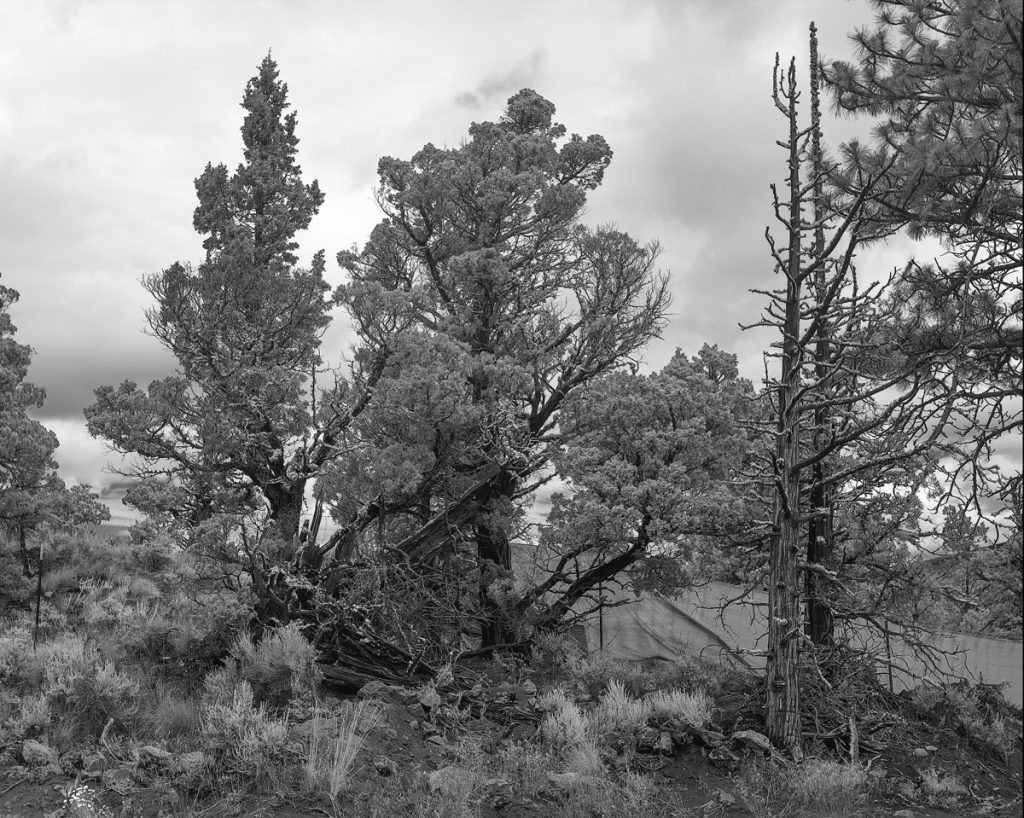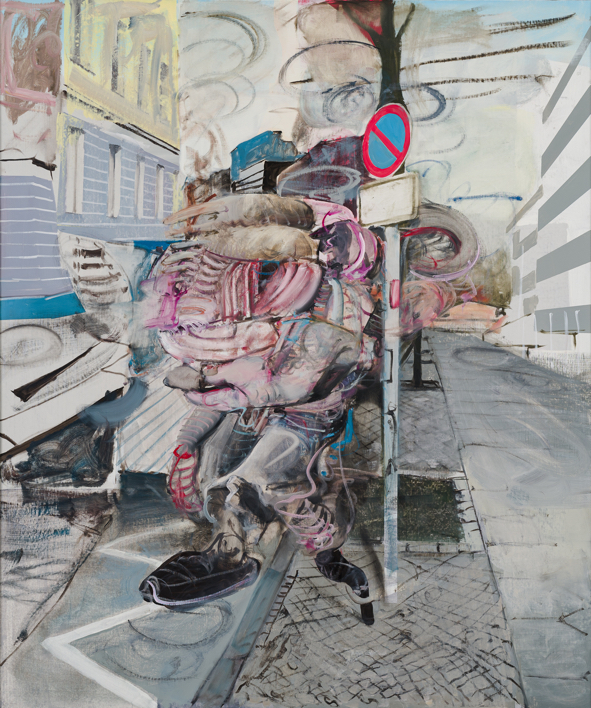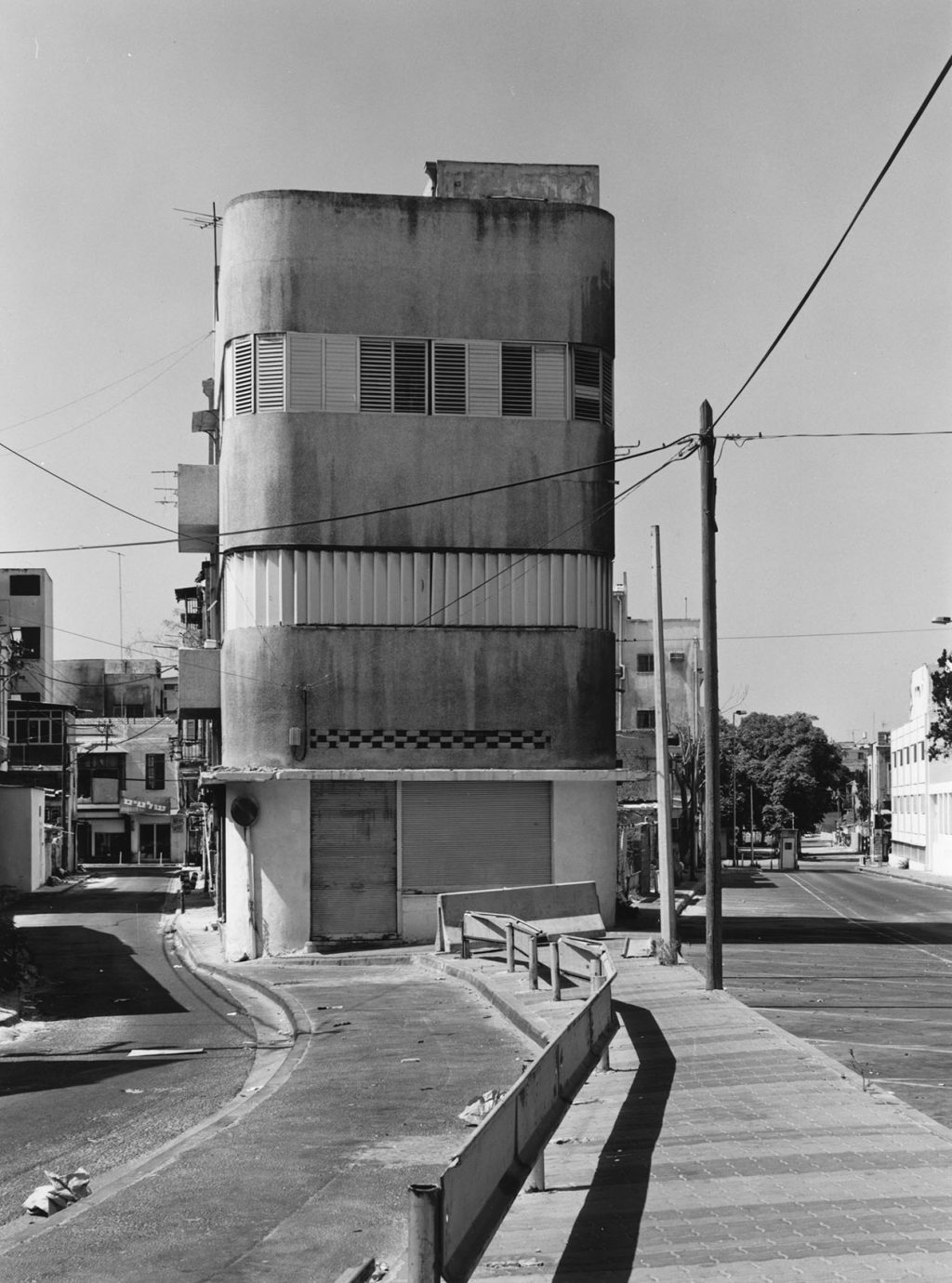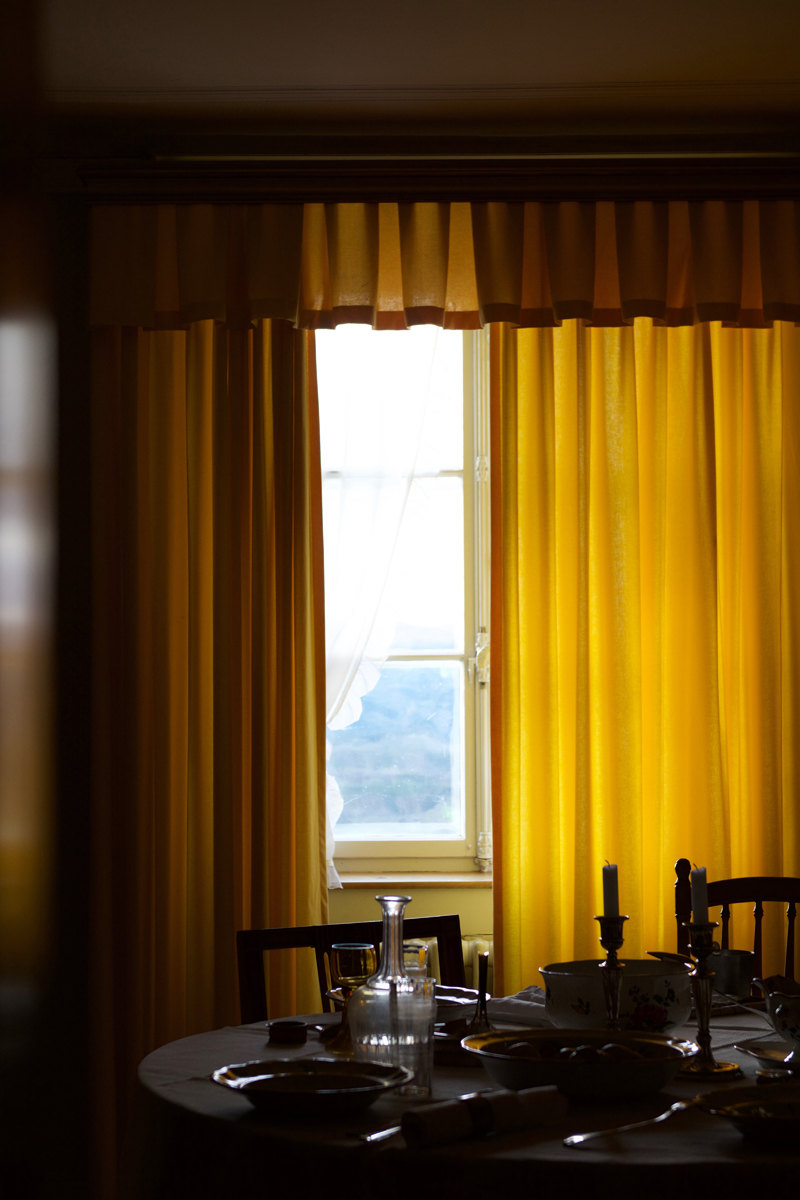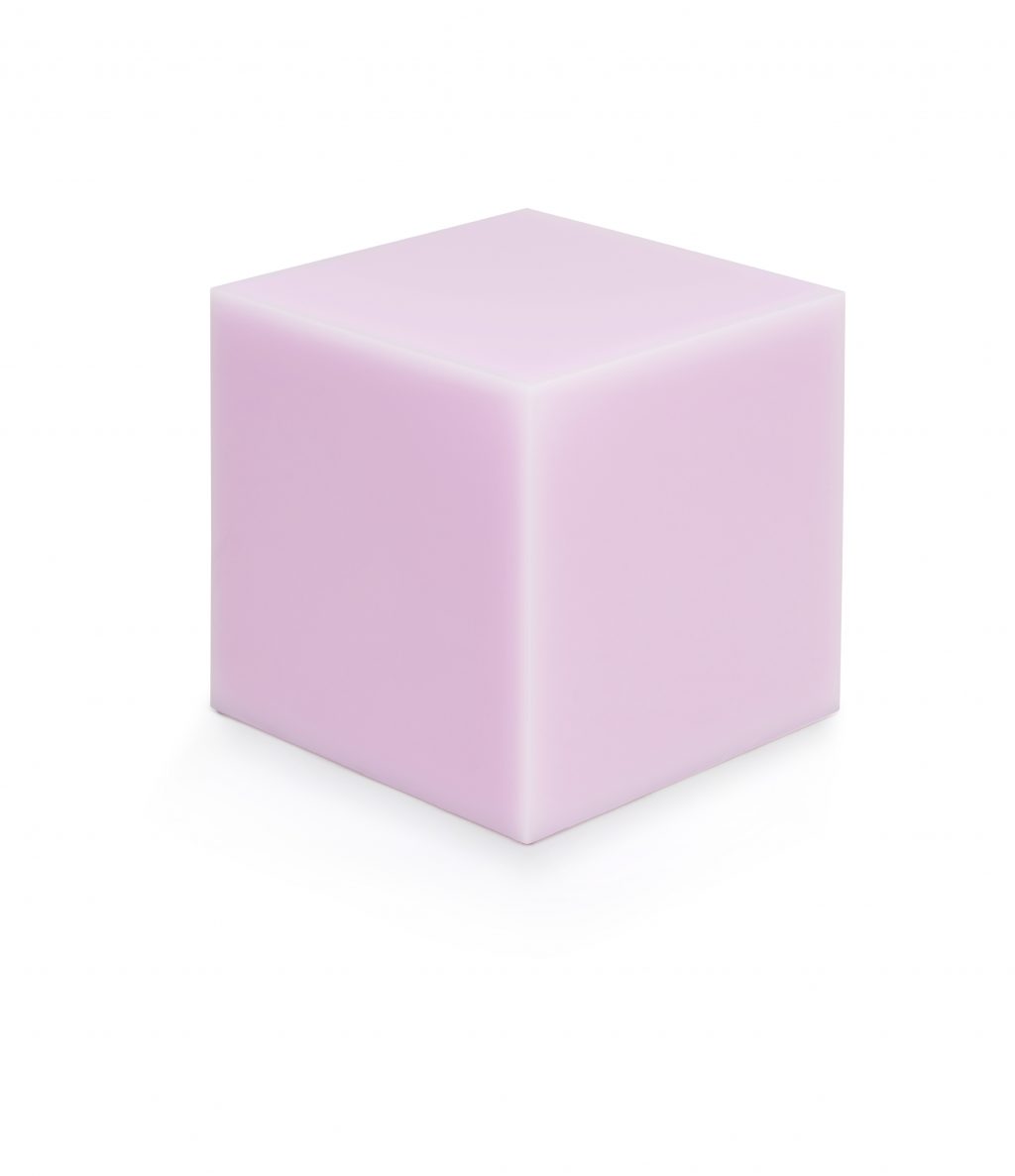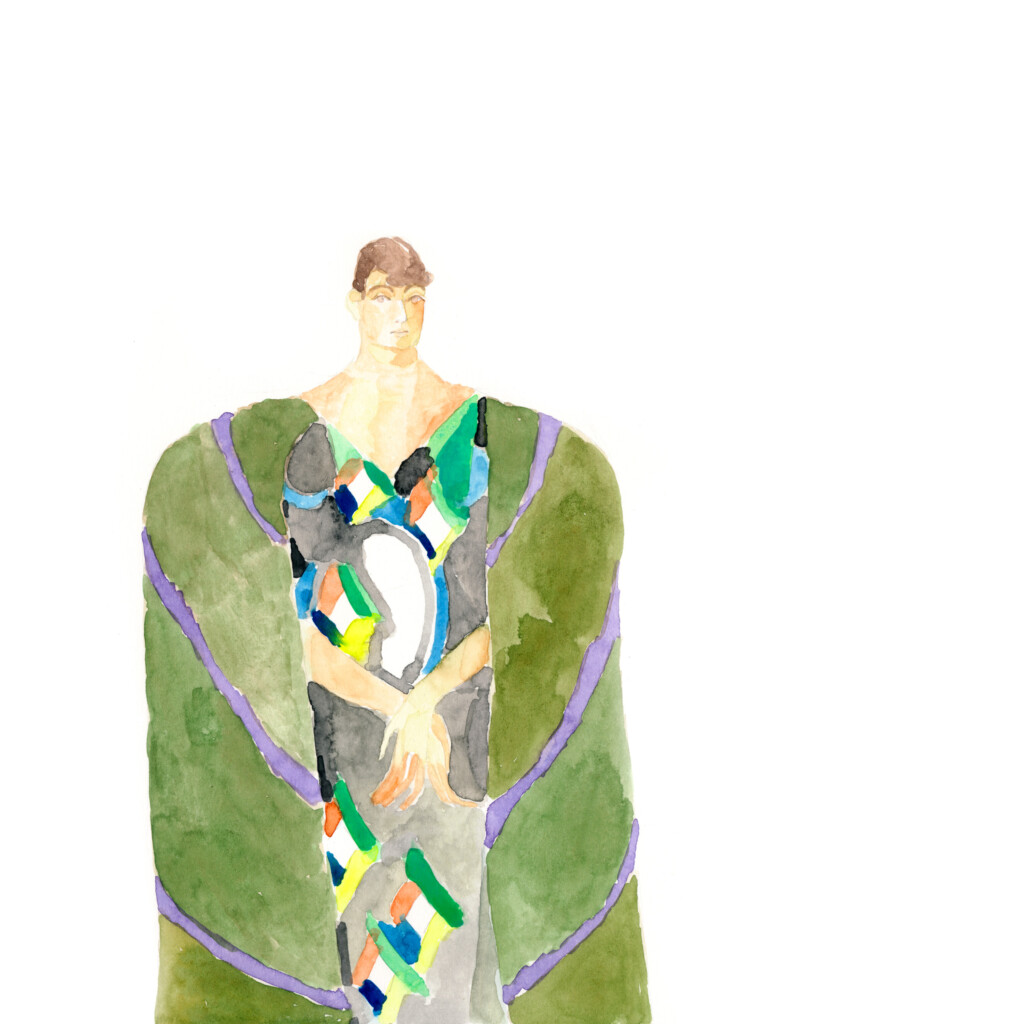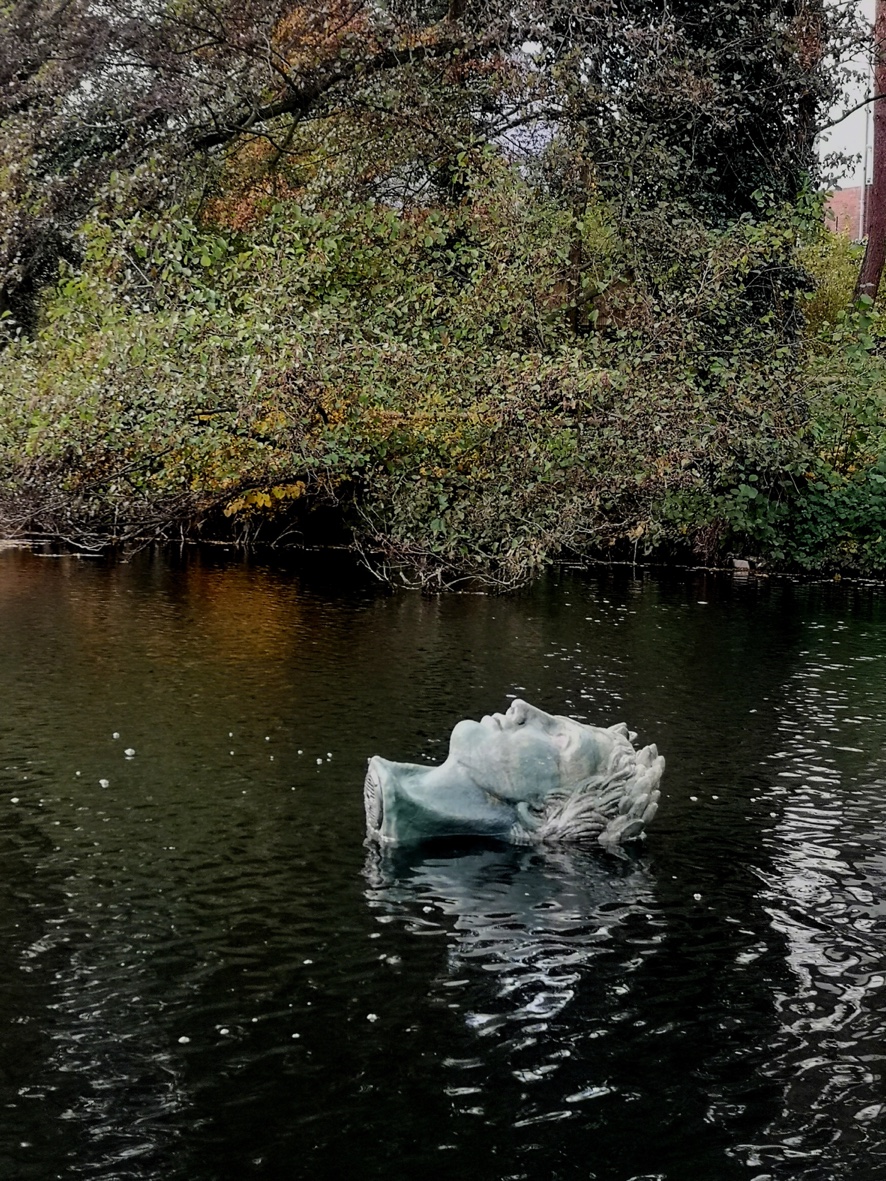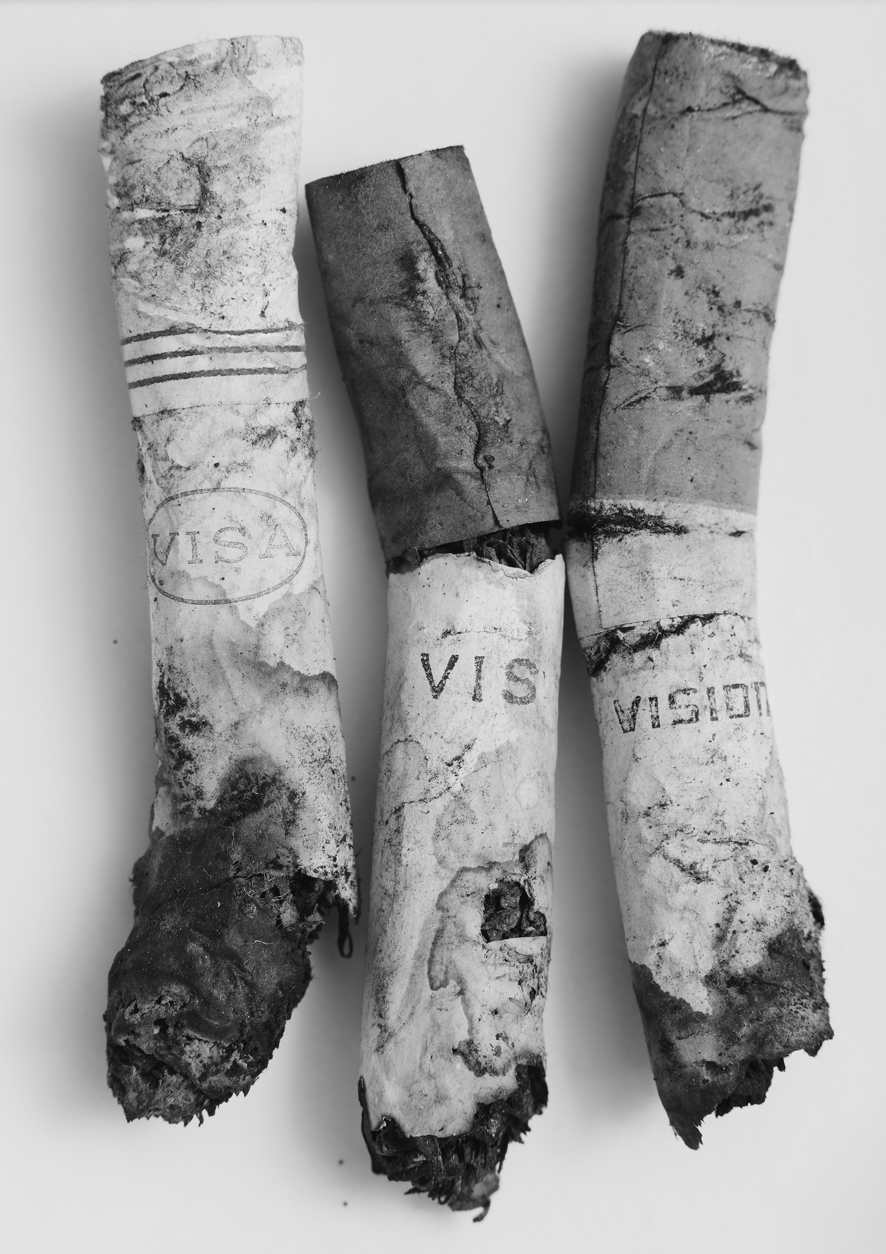Architect Khushnu Panthaki Hoof is the Director of the Vastushilpa Foundation for Studies and Research in Environmental Design based in Ahmedabad, India. She has worked for many years alongside Balkrishna Doshi and is a partner at Sangath. In this issue of our JUST FRIDAYS interview series, she reflects on the limits and opportunities of architecture and the challenge of social proximity at a time of physical distance. Read the full interview here.
ALGORITHM GENERATED FORESTS BY ANDREAS GREINER
Probing the relationship between ecology and technology, Andreas Greiner charts concerns of climate change and mass extinction through works emerging from artificial intelligence technologies. For Jungle Memory, a dataset comprising of several thousand photographs, shot by Greiner at the ancient Hambacher Forst and the Polish Białowieża, was fed into a digital calculus to derive the idea of a forest. Andreas aims to challenge the narration of ecological issues, whilst urgently acknowledging the fundamental dependency we have on non-industrialized functioning ecosystems.
CHEZWEITZ FOR JEWISH MUSEUM BERLIN
In August, after several years of renovation, the Jewish Museum Berlin opened its new core exhibition in the Libeskind Building. Unfolding in 3,500 square meters, the exhibition portrays the past and present of Jewish life in Germany with new points of emphasis. The exhibition architecture, designed from the ground up by chezweitz, allows the contents to be experienced in intuitive, tangible fashion and manages to reintegrate the iconic Daniel Libeskind building into the exhibition.
STUDIO BERLIN PRESENTED BY BOROS AND BERGHAIN
Boros Foundation, in collaboration with Berghain, presents the exhibition STUDIO BERLIN, showing works by over 100 contemporary artists, living and working in Berlin. Focusing on the studio as a production site, the project offers a platform for the participating artists to examine the relationship with their studios as places of debate, reflection, translation, analysis and conceptual thinking. The show expands over the Panorama Bar, Säule and the adjacent Halle.
JUST FRIDAYS, JEEWI LEE
Jeewi Lee is a Berlin-based artist who has spent most of her life between South Korea and Germany, when she’s not travelling that is. Earlier this year, after completing a project in Senegal, Jeewi left for what was meant to be a 5-day visit to a friend in Casablanca. 5 days quickly became 4 months as the world as we know it came to a halt and scrambled to find comfort in the unknown. For this issue of Just Fridays Jeewi shares her thoughts on reflection and creative practice for positive change during a truly peculiar time.
PRESENTING HYBRIDS AT THE CURATED BY GALLERY FESTIVAL
LODE & STIJN WELCOME REMI TO THE FAMILY
Lode van Zuylen and Stijn Remi open the doors to their second restaurant REMI located on the ground floor of the new Suhrkamp publishing house in Berlin Mitte. In collaboration with Ester Bruzkus Architekten, the longtime friends have realised their idea of a lively brasserie with the open architecture of Roger Bundschuh’s building as a starting point. Serving both lunch and dinner, the seasonal dishes shine with simplicity and high-quality ingredients.
CONTEMPORARY ART SPREAD ACROSS BERLIN AND ONLINE: GALLERY WEEKEND BERLIN
FUTURE FORWARD: BEYOND CRISIS
Facing a global crisis is challenging for every one of us. FUTURE FORWARD: BEYOND CRISIS is an online journal that explores five personal stories of how such extraordinary circumstances can also be a catalyst for innovative thinking. Over the course of five weeks in summer 2020, the journal presents thinkers, makers and visionaries from the fields of architecture, health care, science, farming and tourism. The project is a collaboration with Archiv der Zukunft Lichtenfels and Herburg Weiland.
JUST FRIDAYS, Kübra Gümüşay
Activist and author Kübra Gümüşay’s recently published first book Sprache und Sein (Language and Being) hit a nerve. By exploring how language shapes our thinking and determines our togetherness, she raises an important question: how can we all communicate differently in a time of increasingly harsher, more toxic discourses? Read the full interview here.
Spatial Transience by Gonzalez Haase: BAM Office
Gonzalez Haase AAS’ design of the BAM office celebrates raw materiality and geometric simplicity. Staggered linear forms and a methodical arrangement of light and functional materials gives way to an office setting that serves as a showcase and collaborative space at once. Flexibility in the layout is met with monolithic furniture, fashioned with massive raw aluminium – a strong, immobile aesthetic in response to BAM’s work. Combined with haptic, raw materials such as wood-wool and concrete, the two-storey office space serves as a blank canvas for creative endeavours in the centre of Berlin.
JUST FRIDAYS, ELENA SCHÜTZ
As part of our Just Fridays series, architect, Elena Schütz, shares her thoughts on incorporating the possibility of NOT building into the philosophy and work at her agency, Something Fantastic, and rethinking modern consumption patterns across industries. Read the full text by Elena Schütz here.
JUST FRIDAYS, THILO STRACKE
Just before the world got turned on its head, we had begun our new “Just Fridays” series at our office in Kreuzberg. Following the question, “What’s on your mind?”, we wanted to create a platform for some of the inspiring people in our network to share their thoughts in a monthly morning briefing. As soon as gathering is once again a part of our culture, social media manager, Thilo Stracke, will share his ideas on „Social Media: Life after Rona“. For now, he has agreed to answer some questions here.
Gae Aulenti: A Creative Universe
Gae Aulenti was one of the Italian women in architecture and design to rise to prominence in the postwar years. If Italy came to be the dominant force in international product design in the 1960s, her iconic »Locus Solus« series (1964) or the »Pipistrello« lamp (1965) for the interior of the Paris Olivetti showroom played an important part. As an architect, Aulenti (1927–2012) gained worldwide recognition for the Musée d’Orsay in Paris, which she famously converted from a former train station from 1980 to 1986. An exhibition at the Vitra Schaudepot presents her multifaceted body of work, one that encompasses not only architectural projects and design objects, but also interiors, set and costume design, as well as exhibitions.
100 years and 20 visions at the Vitra Design Museum
In the early stages of modern interiors and unlike today, the conversations on how to live were at the centre of highly controversial, often political debates. Between concepts of functionality and reduction on one hand, and those of individualism and ornament on the other. “Home Stories” highlights important societal, political, urban, and technical shifts that have shaped the design and the use of the Western interior over the last 100 years. Presenting 20 crucial landmarks of this development, “Homes Stories” includes visionary interiors of architects, artists, film directors and interior designer.

